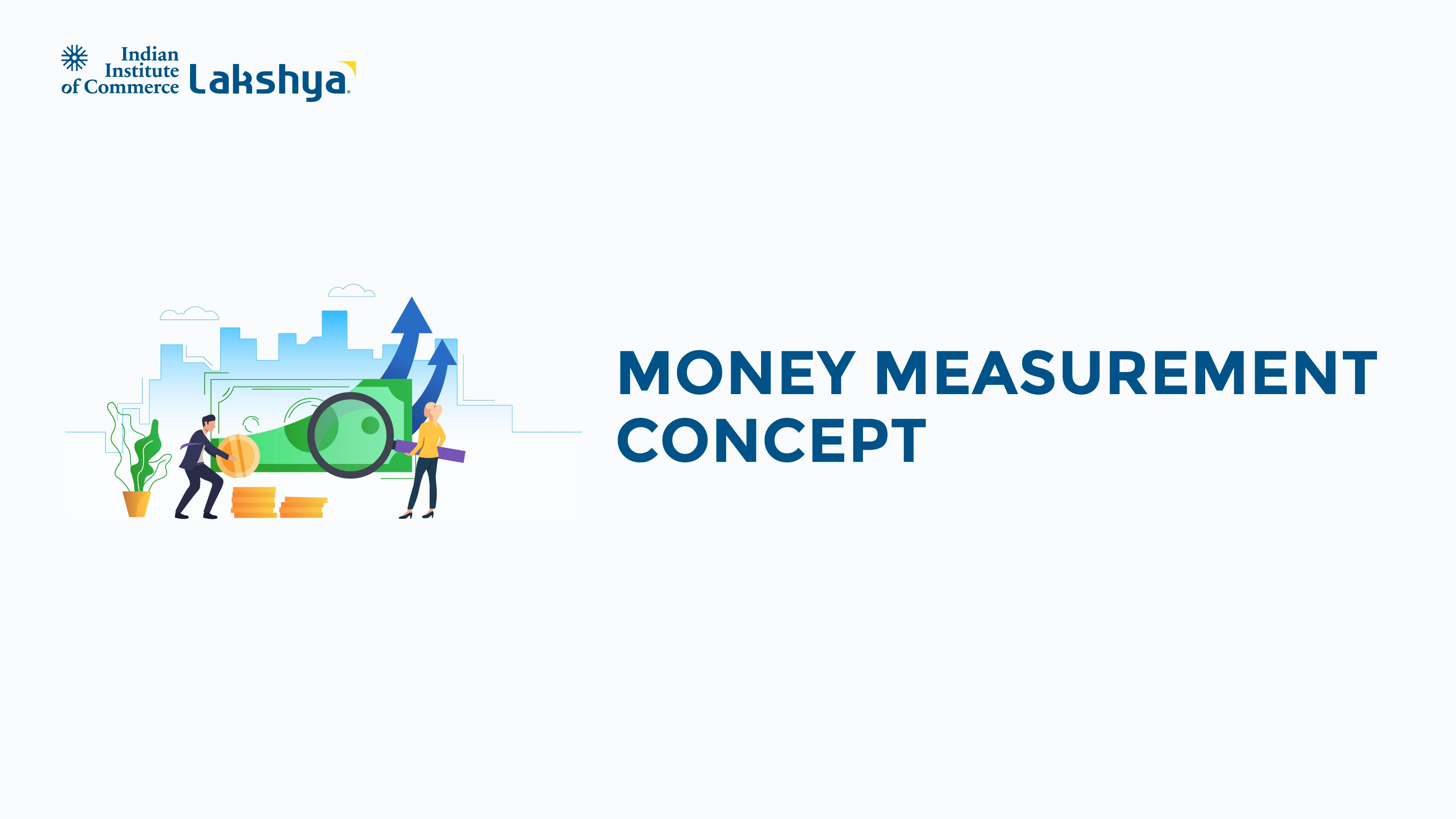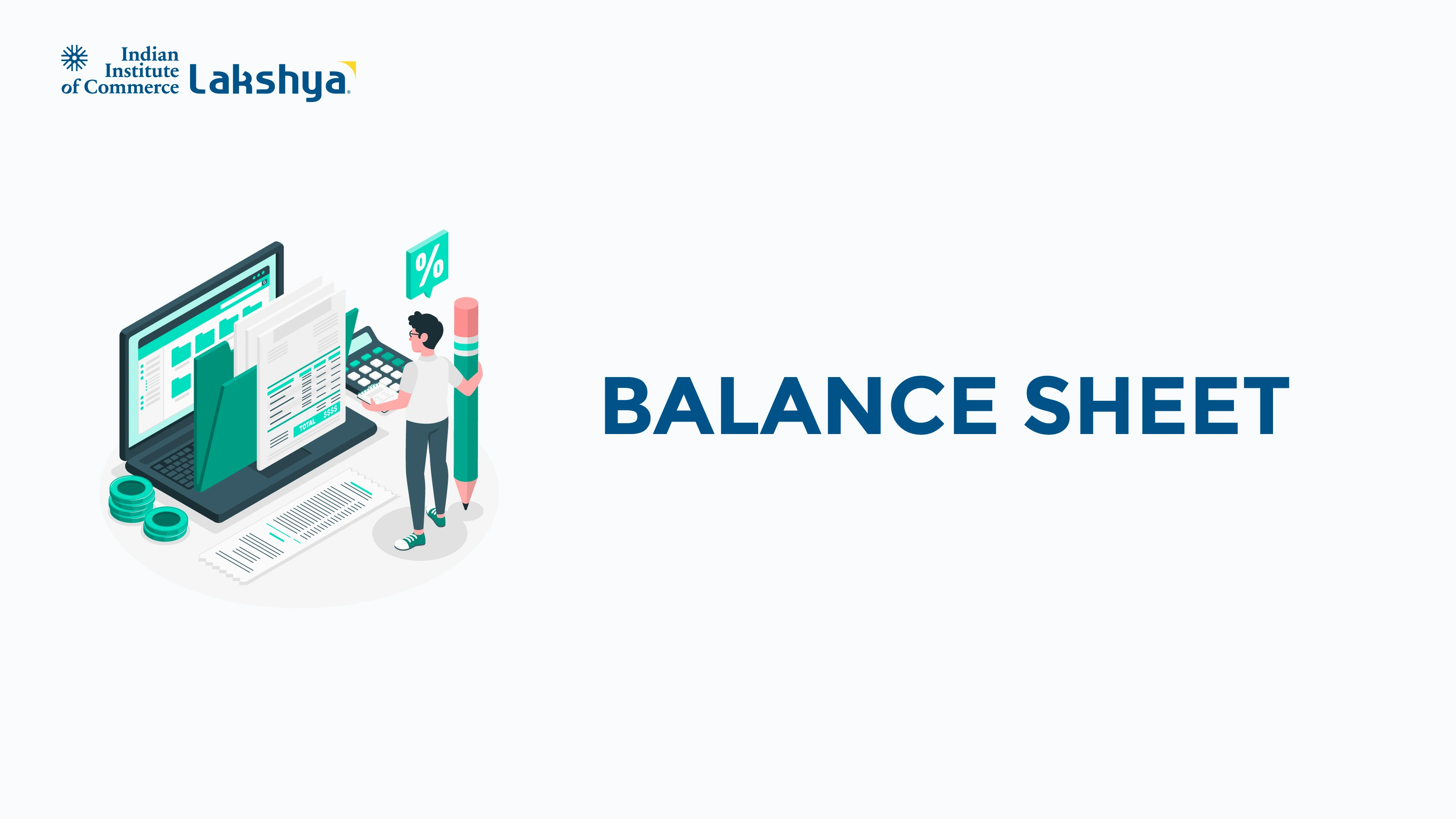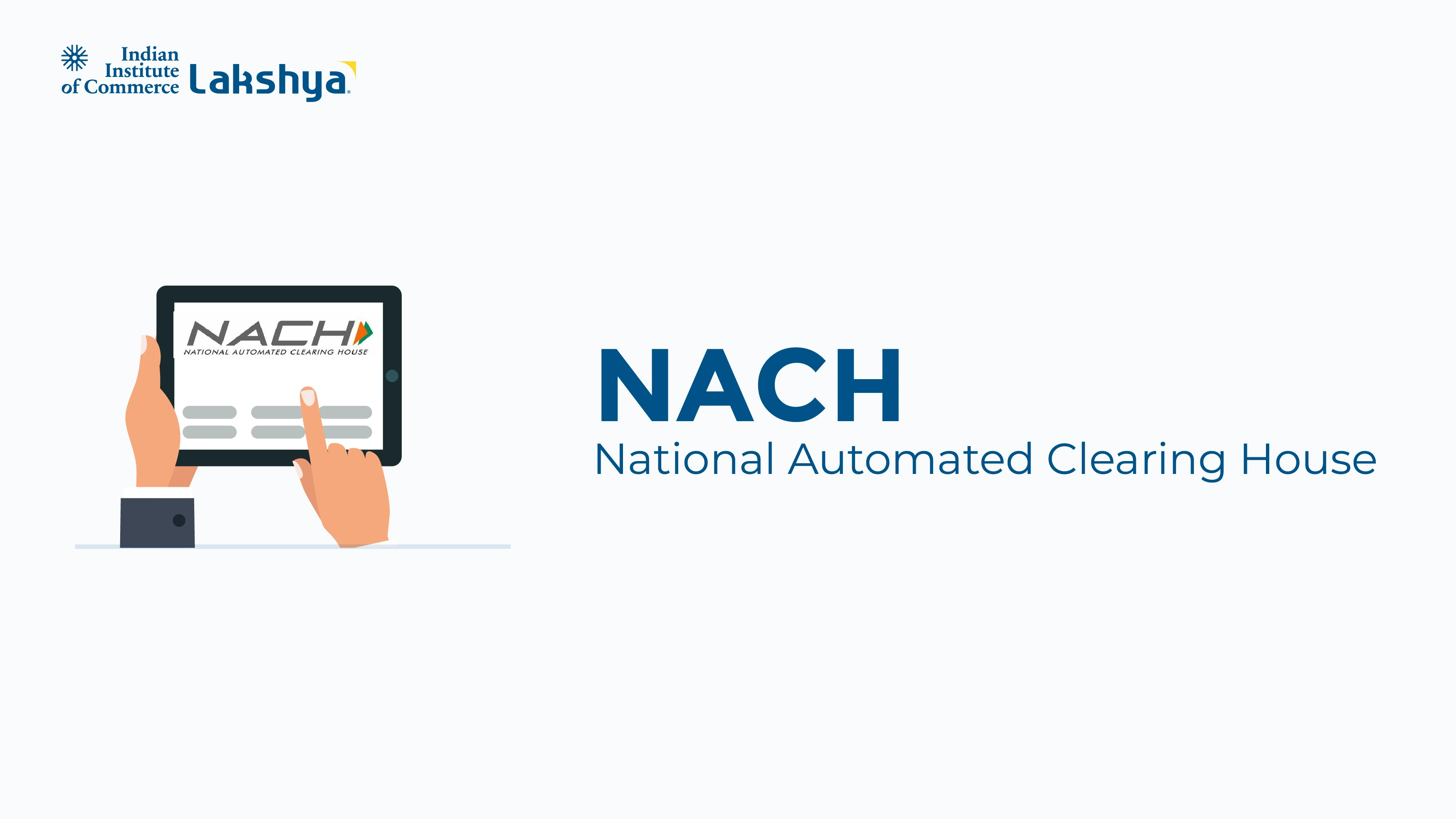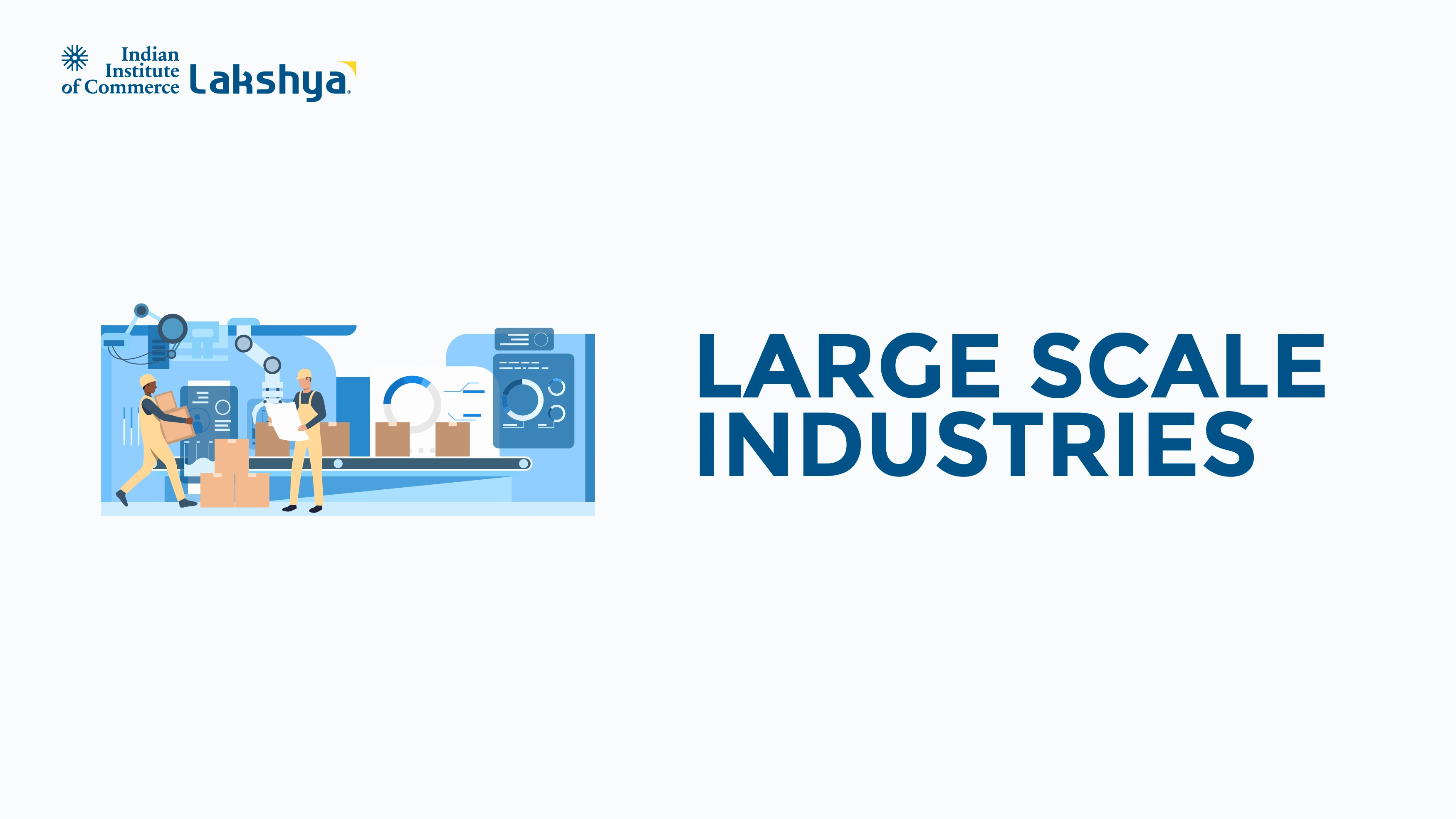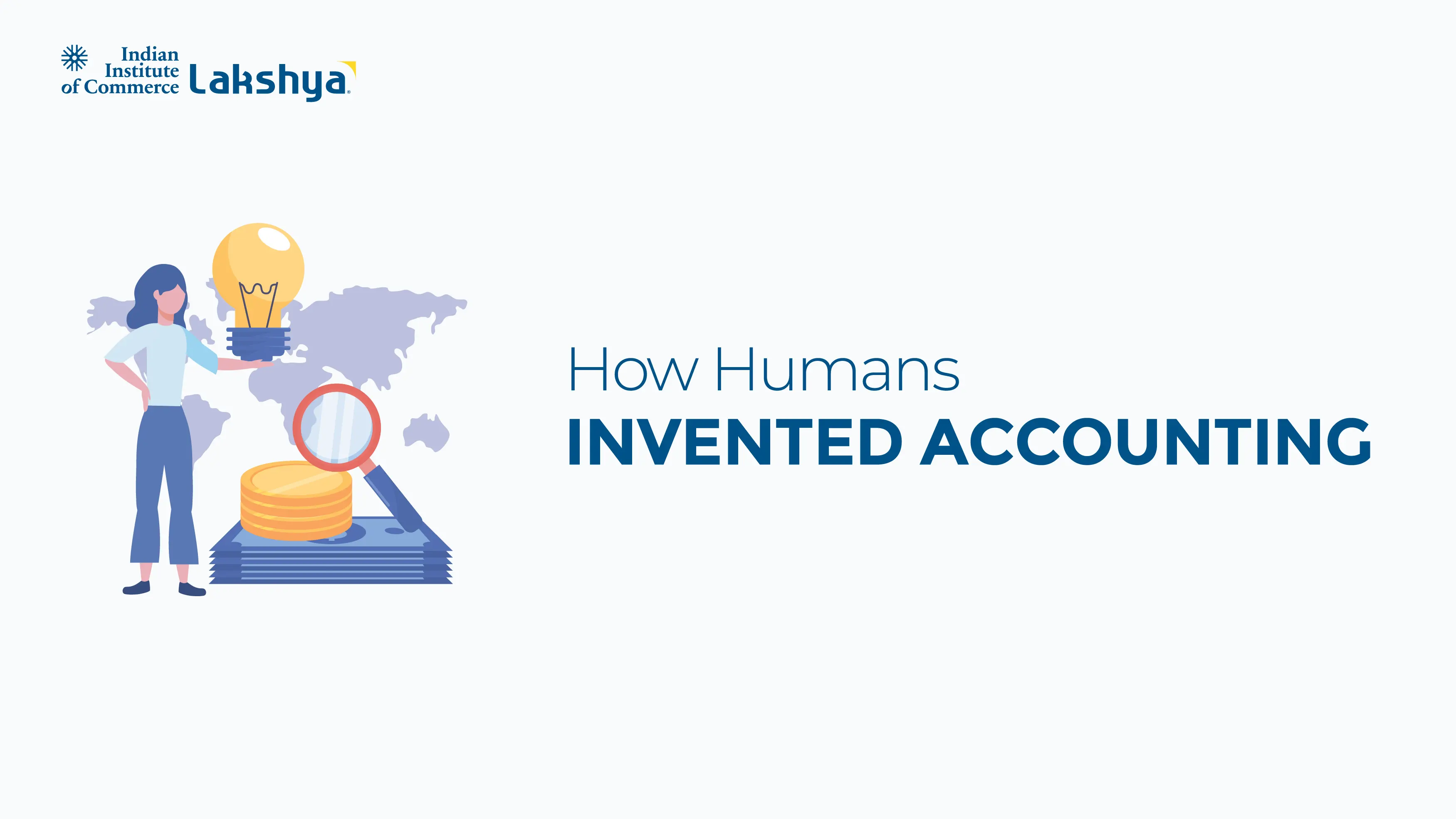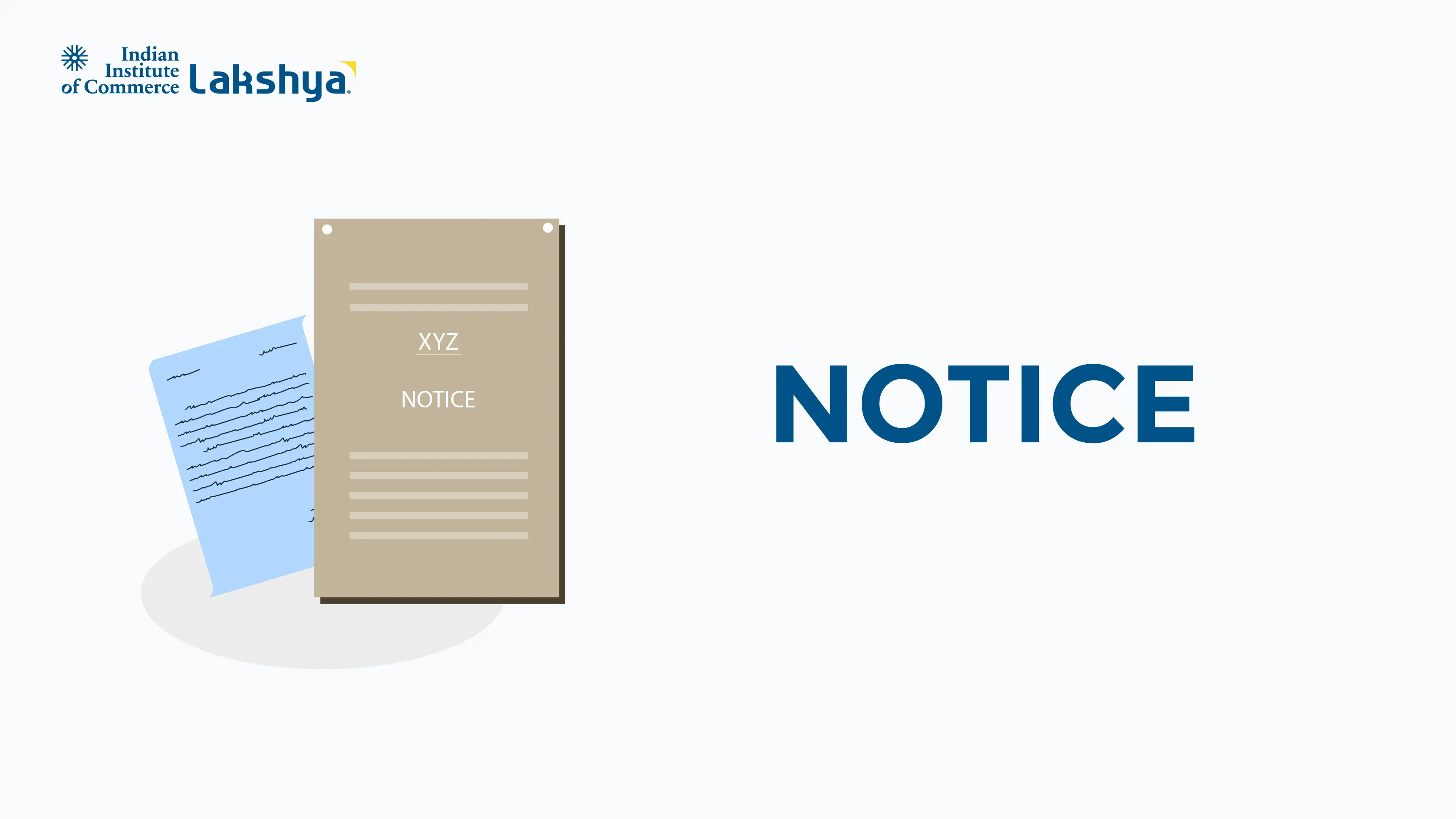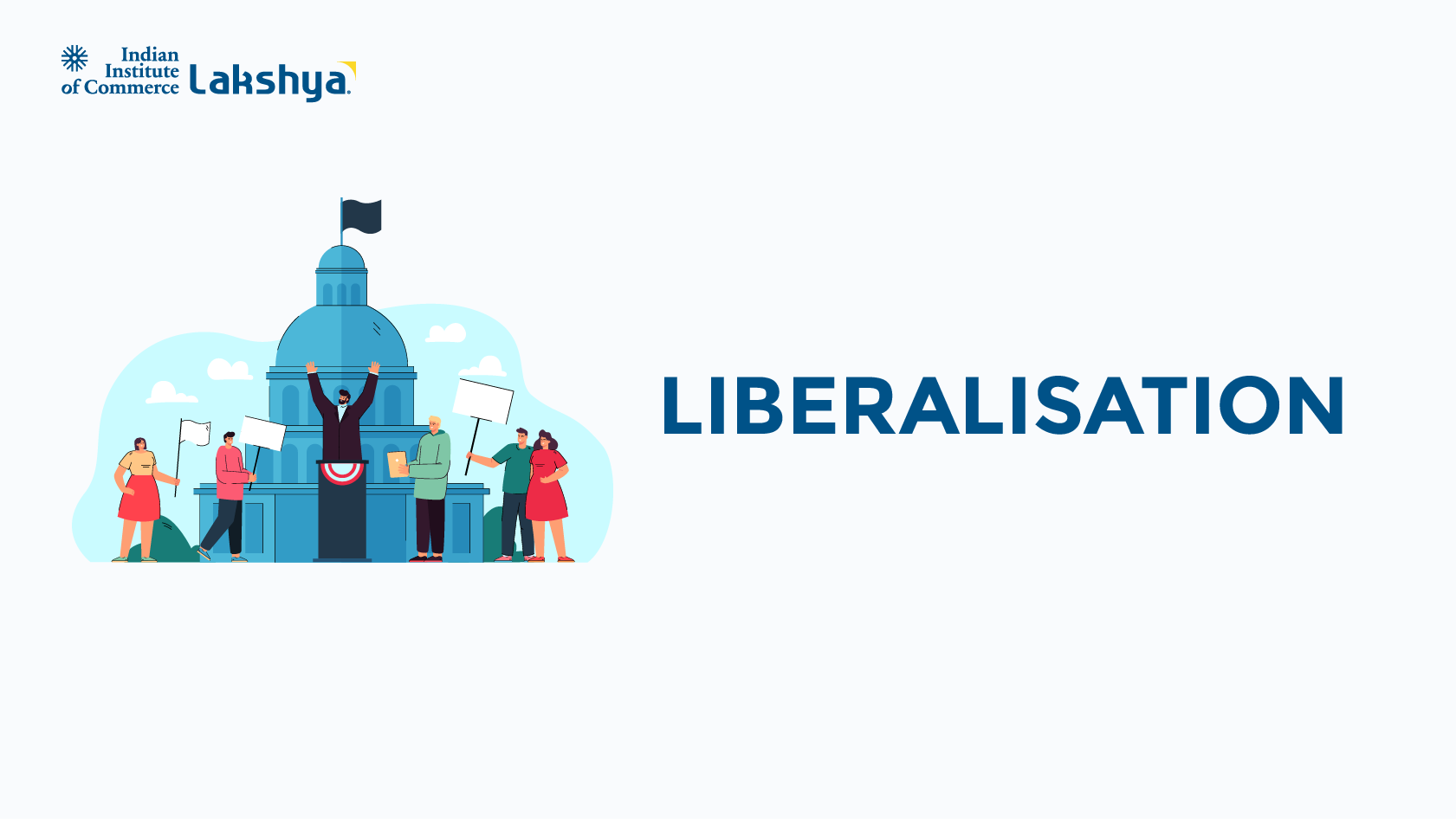Corporate Veil Theory
Last Updated On -09 Jul 2025

Regarding corporate law, the corporate veil theory is among the most critical legal concepts. It captures the legal difference between a corporation and its directors or owners. Legally, a corporation is viewed as a separate legal entity distinct from the individuals who run or own it. One of the main reasons for incorporating is the limited liability that results from this separation. Courts might opt to "lift" or "pierce the corporate veil" to hold individuals personally accountable for the company's activities. However, this separation should not be abused or result in dishonest behaviour.
This idea serves as both a shield and a sword; it shields the people from most cases of personal liability and ensures that they are not abusing the company structure to engage in misbehaviour.
What is the Corporate Veil?
The legal line separating a corporation from its owners and directors is known as its corporate veil. From the standpoint of the law, a business incorporated becomes a legal person; it can possess property, sue or be sued, and engage in contracts under its name. This offers limited liability protection, thereby shielding the personal assets of shareholders from the business's debts beyond their initial investment.
For example, should a private corporation borrow money and fail to pay it back, the lender may assert claims against the firm's assets, not against the personal wealth of its owners.
Lifting the Corporate Veil
Although the corporate veil provides defence, it is not impervious. Should courts discover that the legal system is being abused for tax avoidance, fraud, or illegal behaviour, they may "lift" the corporation veil. This allows them to hold the actual individuals accountable and see past the business entity.
Key Ground for lifting the Corporate Veil:
- False Behavior: Should the business be utilized as a means of fraud,
- Legal Obligations: When people exploit the business to evade contractual or legal obligations.
- Agency or Sham Companies: Should a corporation present only as a front or act only as an agency of another individual?
- Tax Evasion or Avoidance: Using corporation status to evade paying reasonable taxes
- Enemy Company: Courts may remove the veil in times of war or for national interest should an enemy country possess the company.
Notable Case Laws
- Salomon v. Salomon & Company Limited (1897): With this historic UK case, the separate legal entity theory was confirmed. Though he owned most of his company, Mr. Salomon was not personally accountable for its debts. The House of Lords maintained the company's unique identity.
- Gilford Motor Co. Ltd. v. Home (1933): The firm was founded solely to evade a non-compete provision; hence, the court lifted the corporate veil. It said the business was a fake designed for deception.
- Delhi Development Authority v. Skipper Construction Co. (1996): The veil must be lifted, the Indian Supreme Court decided, if it is used for fraud or avoidance of legal obligations.
Corporate Veil in Indian Law
The implementation of the corporate veil theory in India is governed by the Indian Companies Act 2013, along with numerous judicial precedents. When justice calls for it, Indian courts have the authority to cut the veil, especially in cases of corporate structure abuse, to:
- Commit dishonesty.
- Avoid taxes.
- Environmental rules or bypassing labour laws
Especially in financial and securities-related issues, regulatory authorities such as SEBI and RBI also affect the interpretation of corporate veil instances.
Key Importance of the Corporate Veil Theory
The core of corporate law is the corporate veil theory. Although it does not guarantee perfect protection, it still helps corporate development by shielding individual accountability. Courts are not slow to remove the shroud and bring actual perpetrators to justice when the corporate form is abused. The theory is both complicated and essential in the present economic landscape because of its dual character: it protects genuine business efforts and punishes dishonest activity.
Not only for law or business students but also for entrepreneurs, investors, and professionals involved in corporate decision-making, understanding this idea is crucial.
- It provides minimal liability, thereby fostering entrepreneurship.
- Promotes investments free of personal risk.
- Improves faith in the legal system and business framework.
- Guarantees courts to operate in the public good, therefore preventing abuse.
|
Did you know? Every nation does not apply the idea of lifting the corporate veil exactly. In certain countries, such as Germany, the corporate form is highly regarded unless clear evidence of abuse is present. Common law nations, such as India, the UK, and the US, do, however, allow courts to retain discretion to ensure justice and equity. |
See Also
Want a broader view of commerce topics? Our Commerce Articles bring everything together.
Frequently Asked Questions (FAQs)
What is the meaning of lifting the corporate veil?
Lifting the corporate veil is rejecting the distinct legal status of a company and making its directors or shareholders personally accountable for its activities. Typically, courts intervene in this regard when a business is exploited for unethical or dishonest purposes.
In case of firm collapse, is the corporate veil always lifted?
No, the corporate veil is not lifted simply because a business fails or is unable to pay its debts. It is raised only in cases of unambiguous proof of fraud, deception, or corporate structural abuse.
Can the corporate veil be lifted in India by a court?
In cases involving fraud, tax evasion, legal duty evasion, or when a corporation is a sham entity, Indian courts indeed have the power to break the corporate veil. Several rulings, as well as the Companies Act, 2013 confirm this.
Does lowering the corporate veil cause shareholders to always become liable?
No, the liability falls not entirely on stockholders. One exception, not the norm, is lifting the corporate veil. It occurs only in particular cases when people unfairly shield themselves from responsibility using the corporate form.





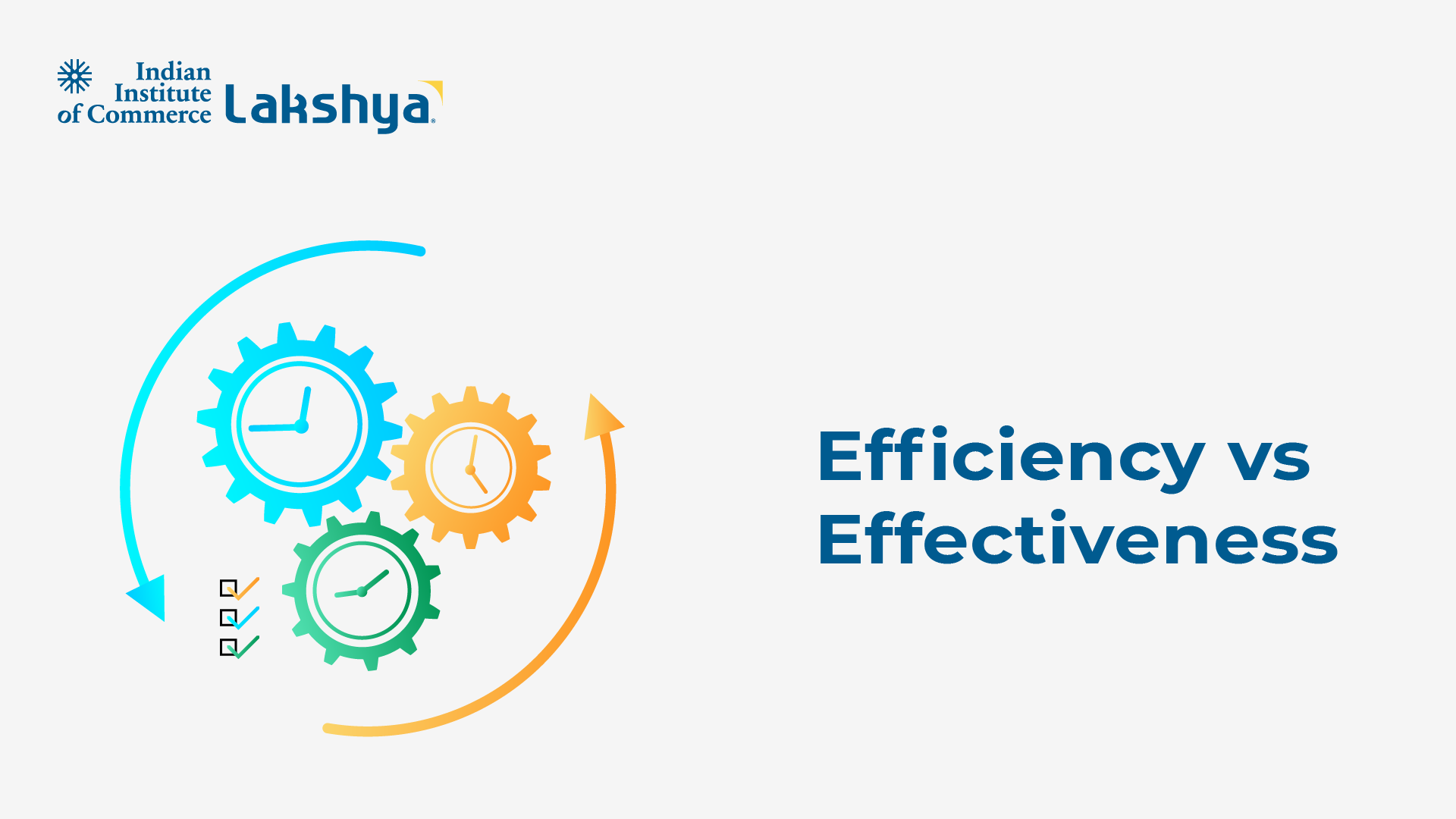
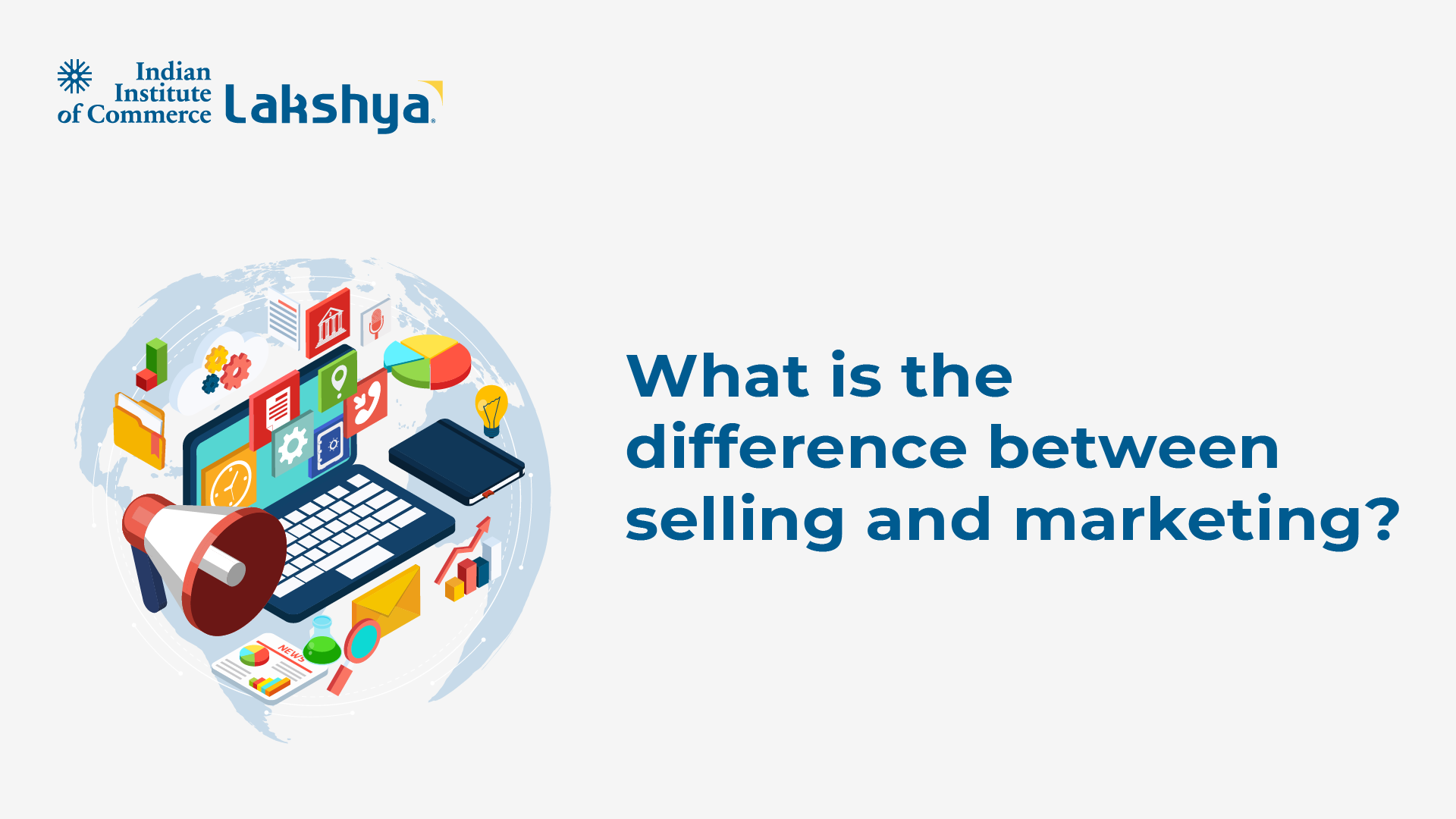
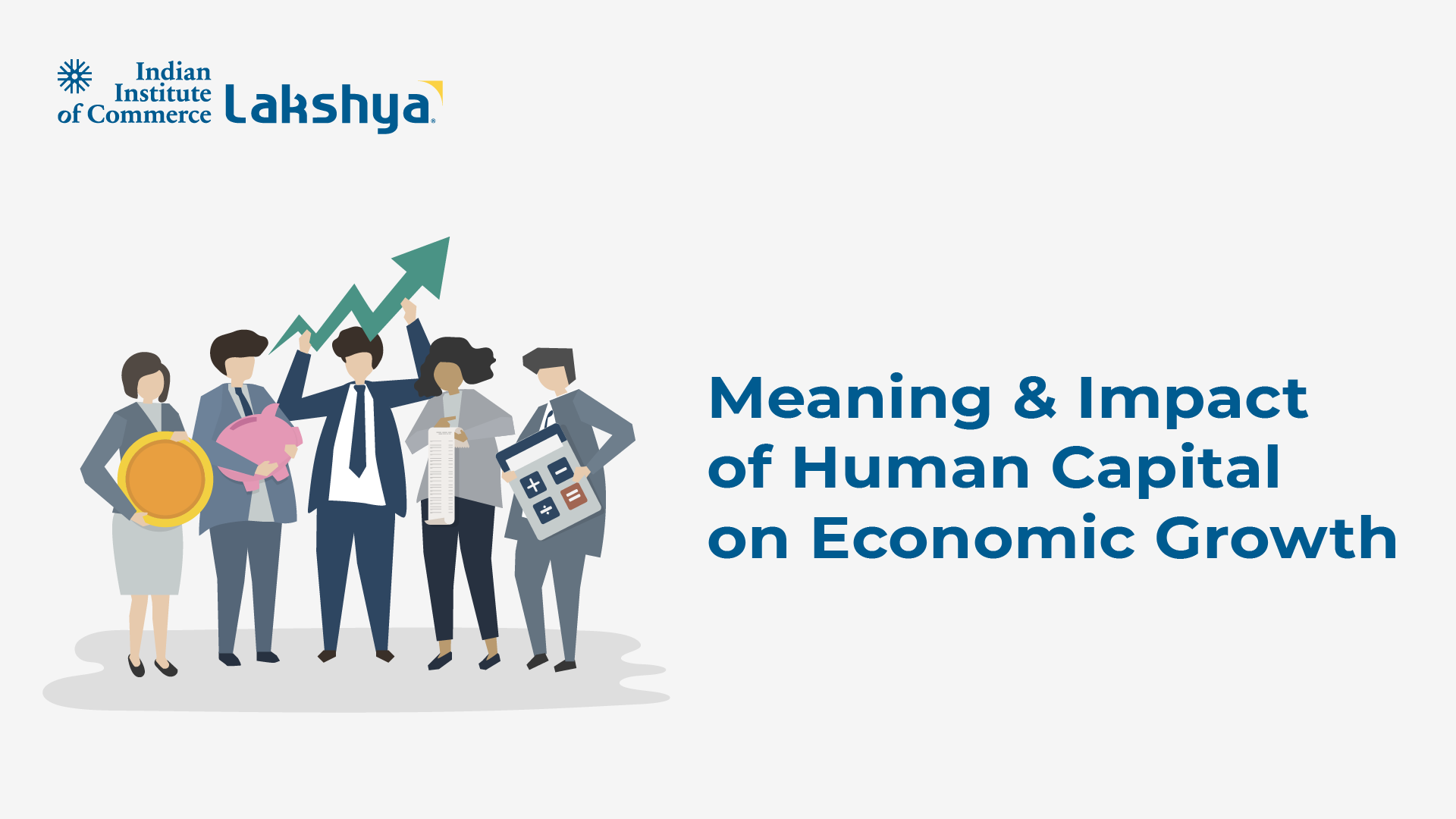




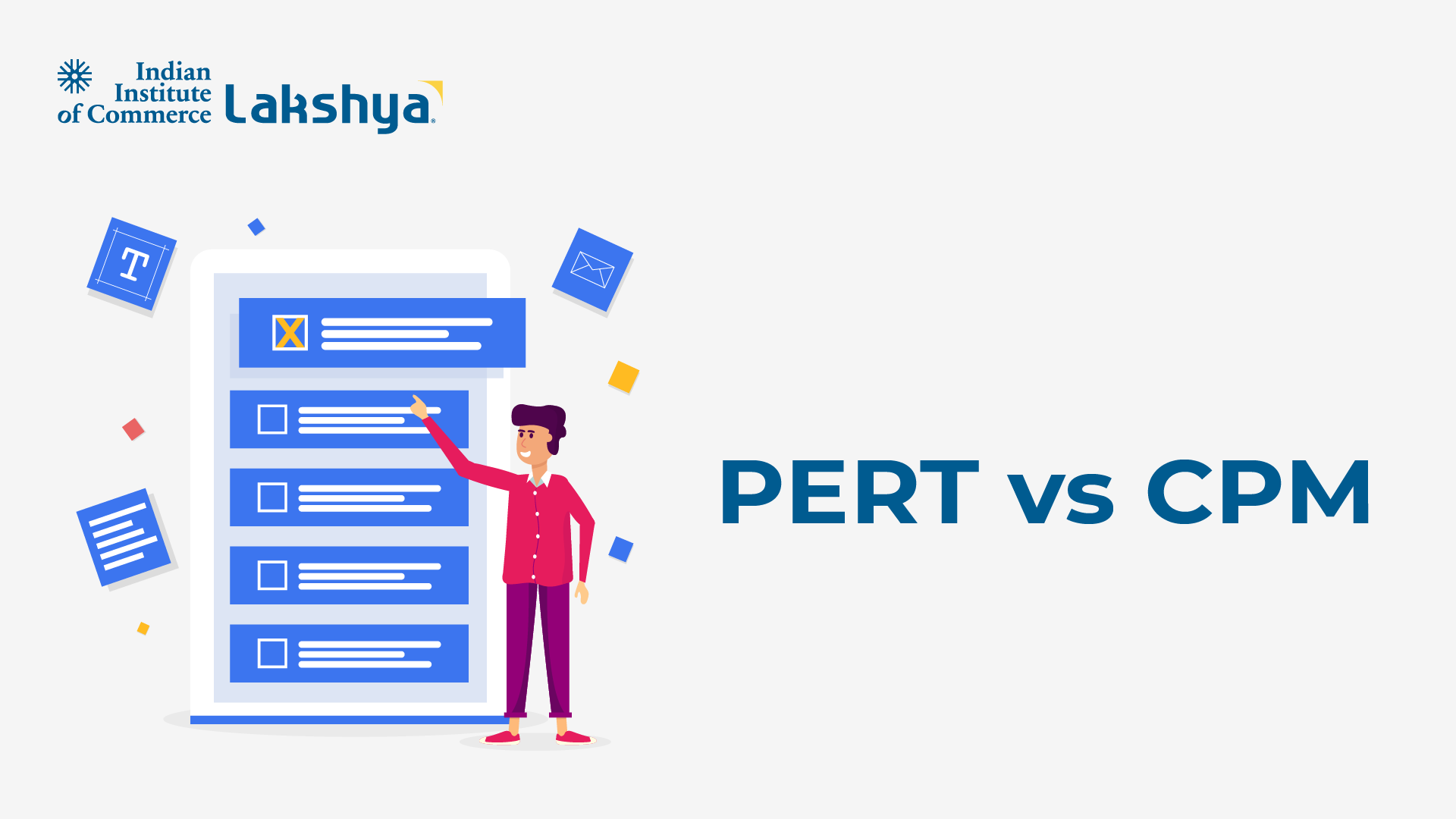



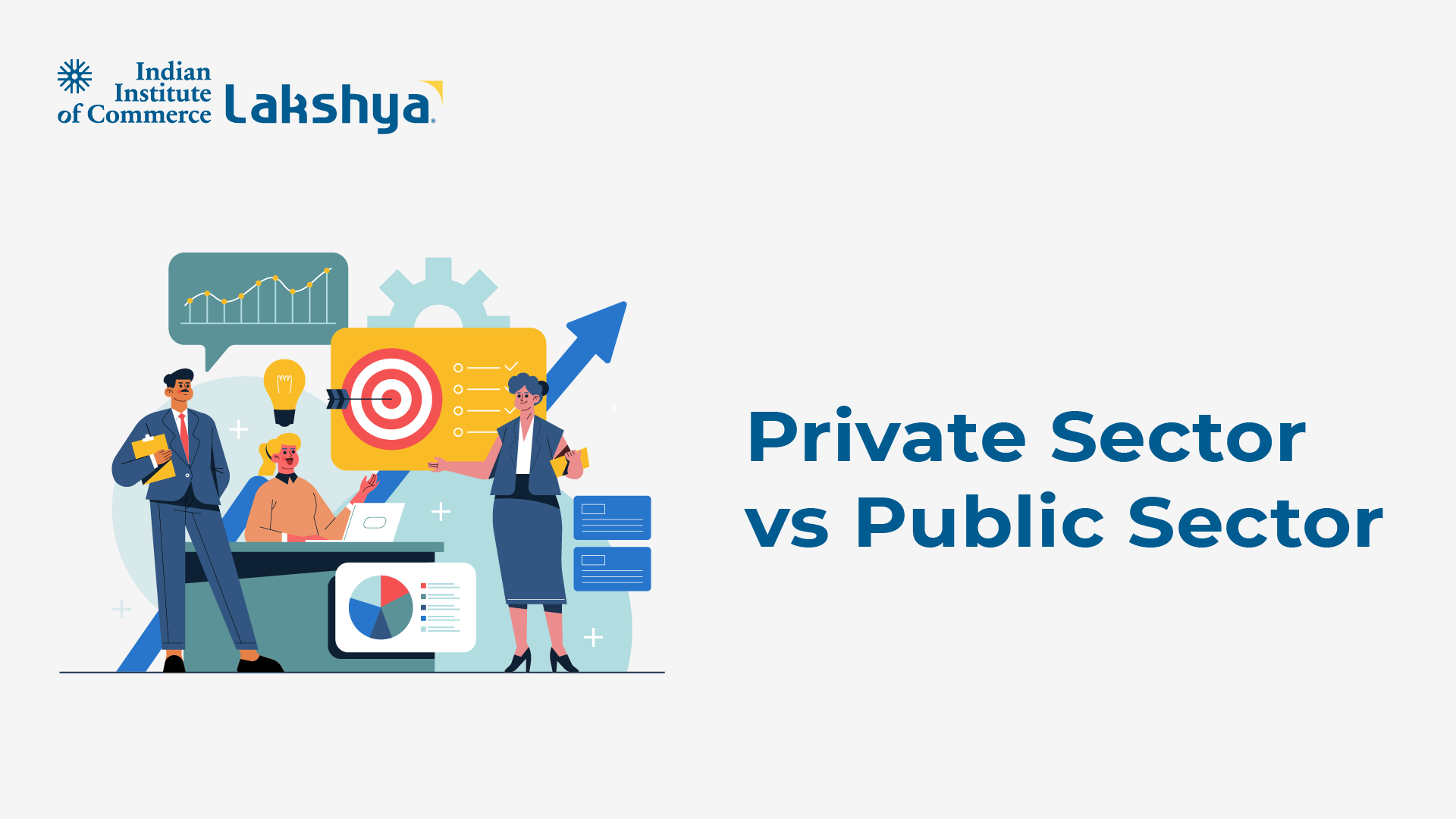



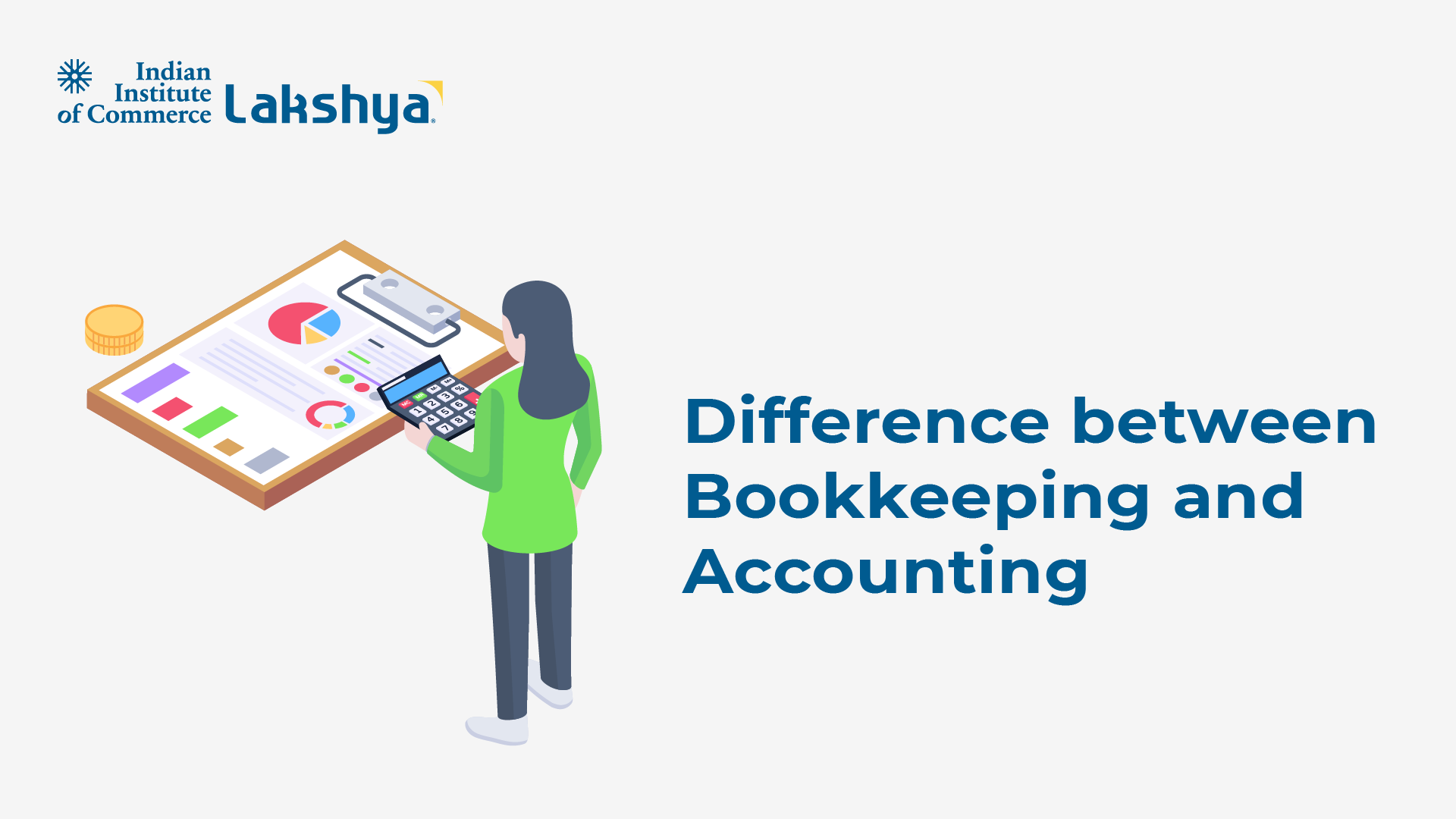
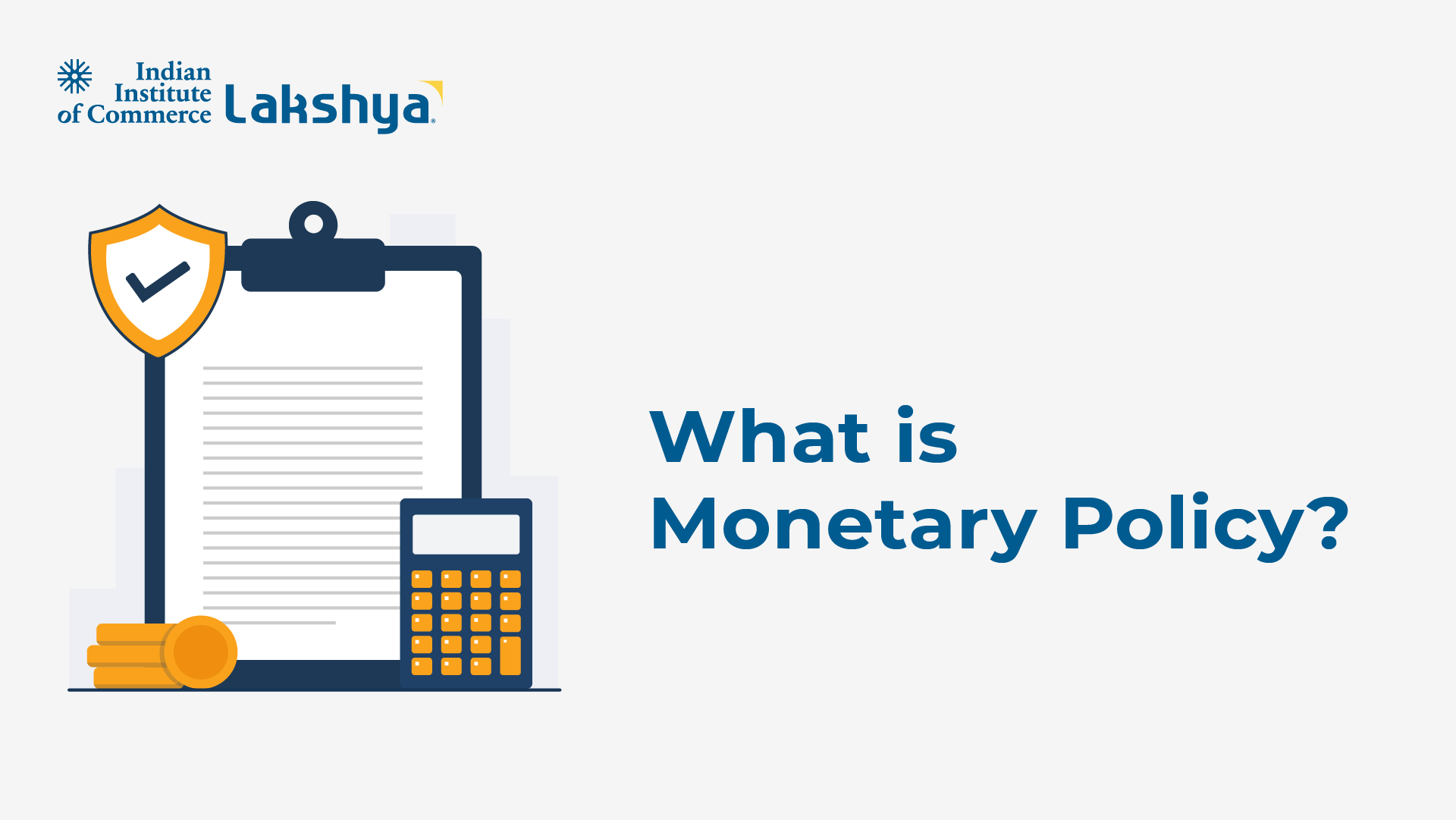
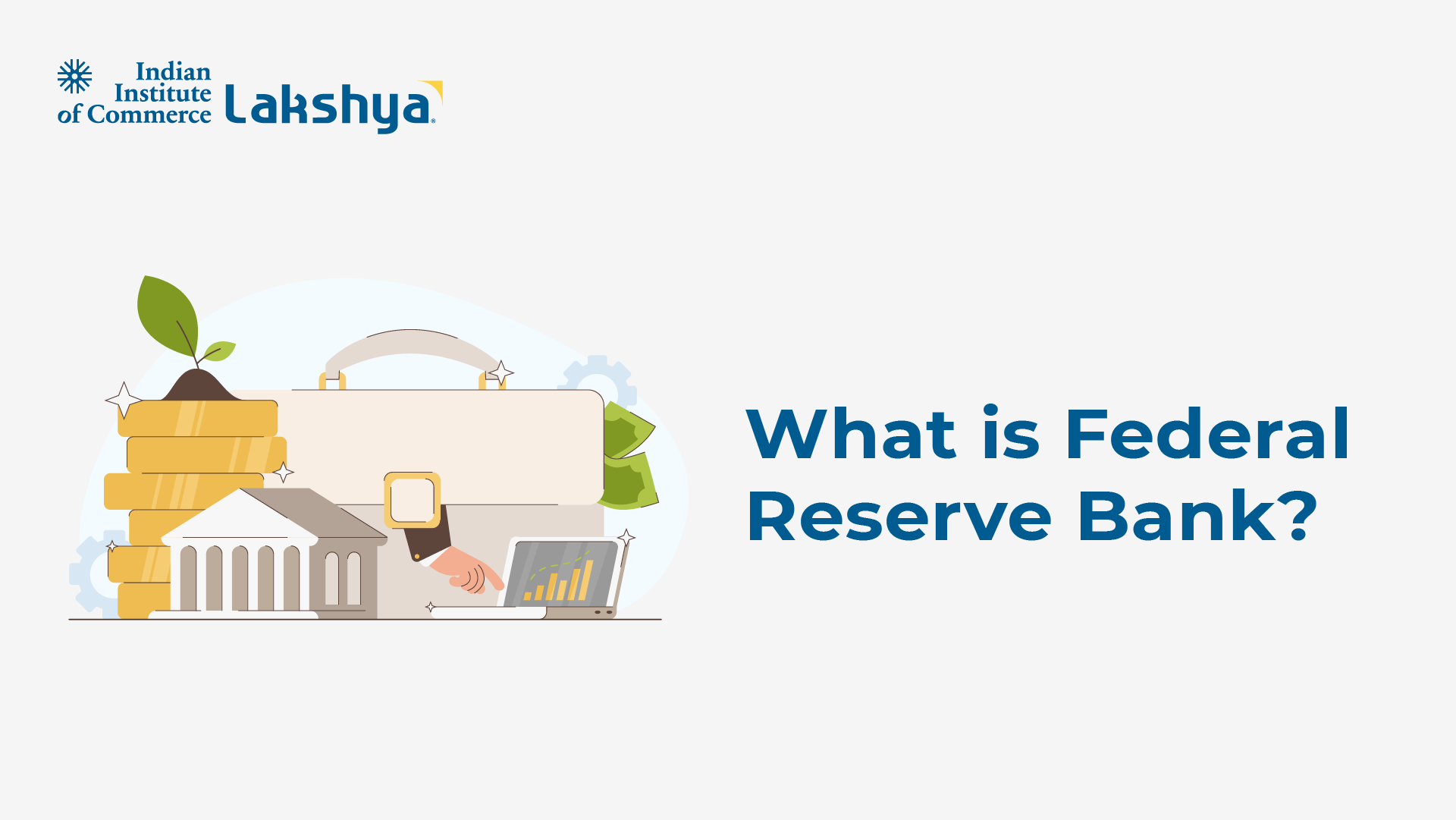
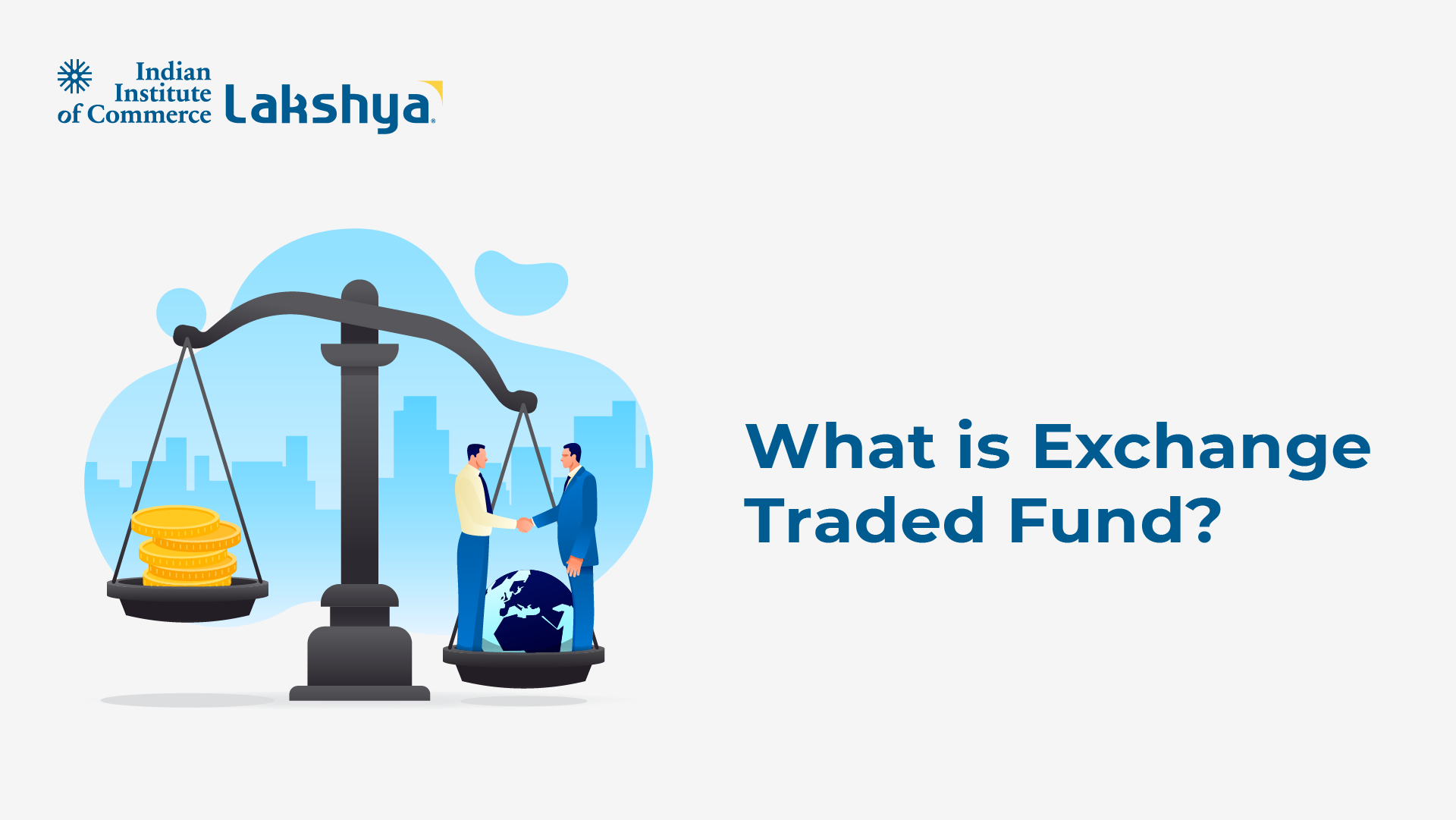





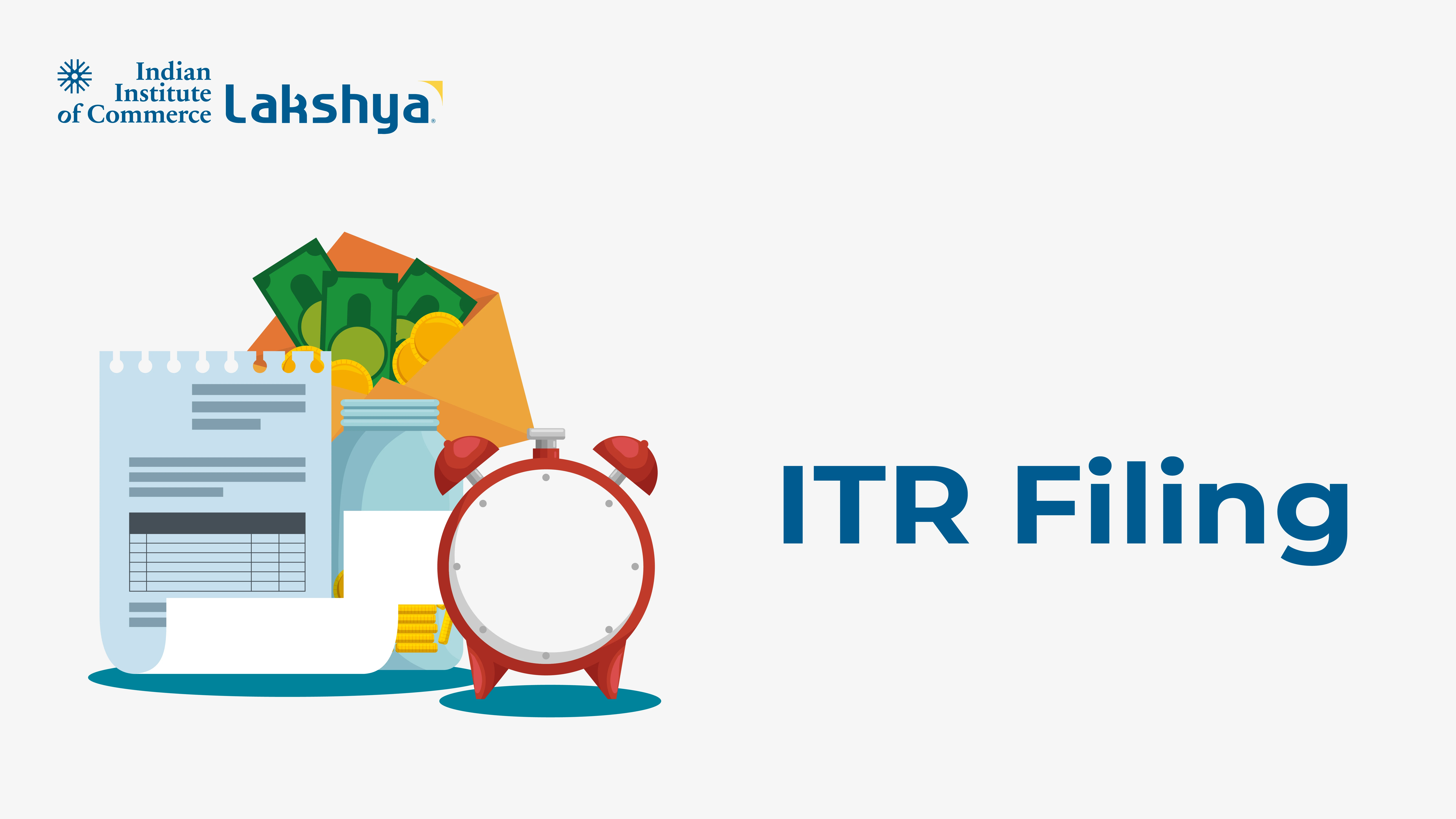



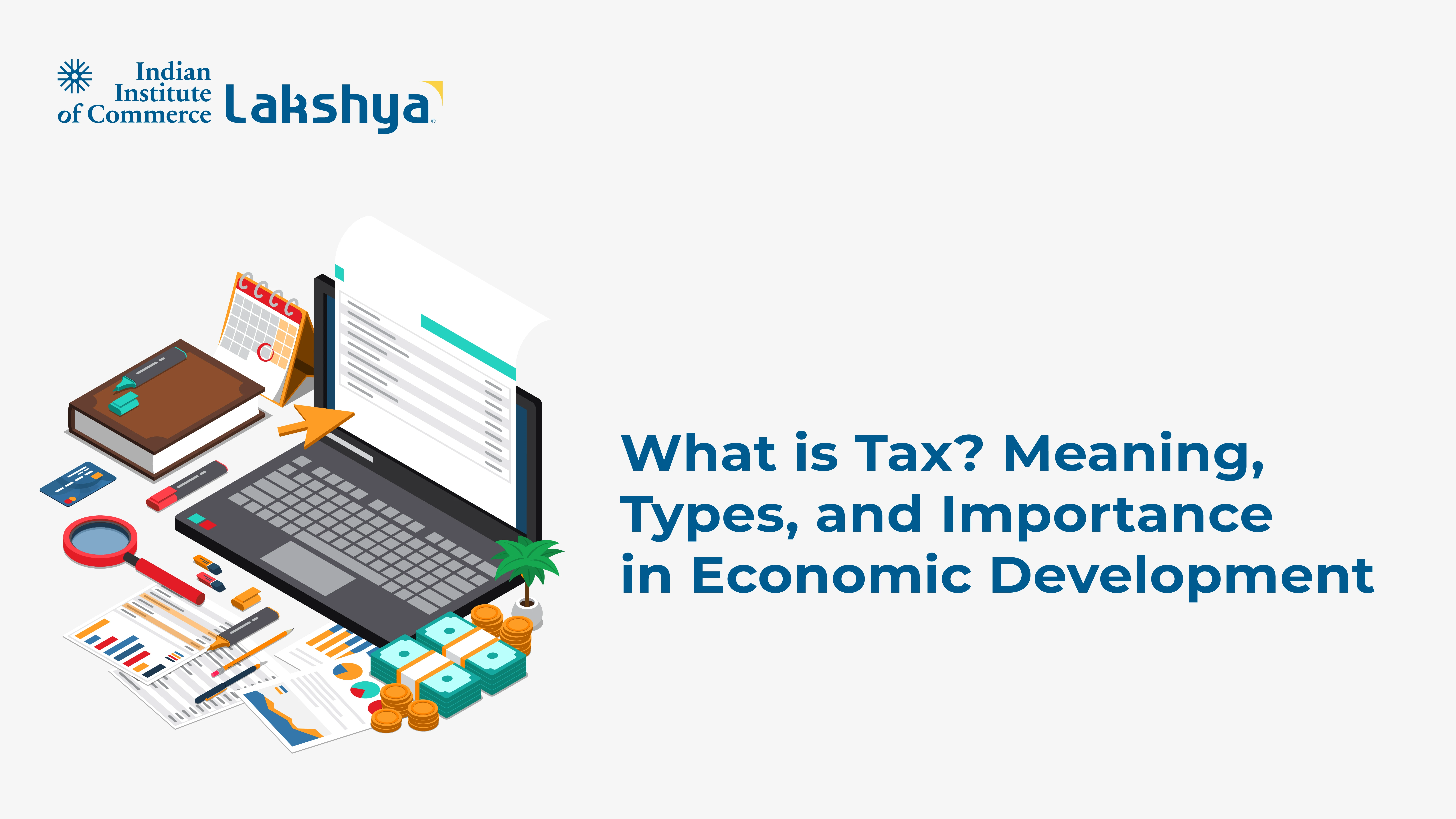
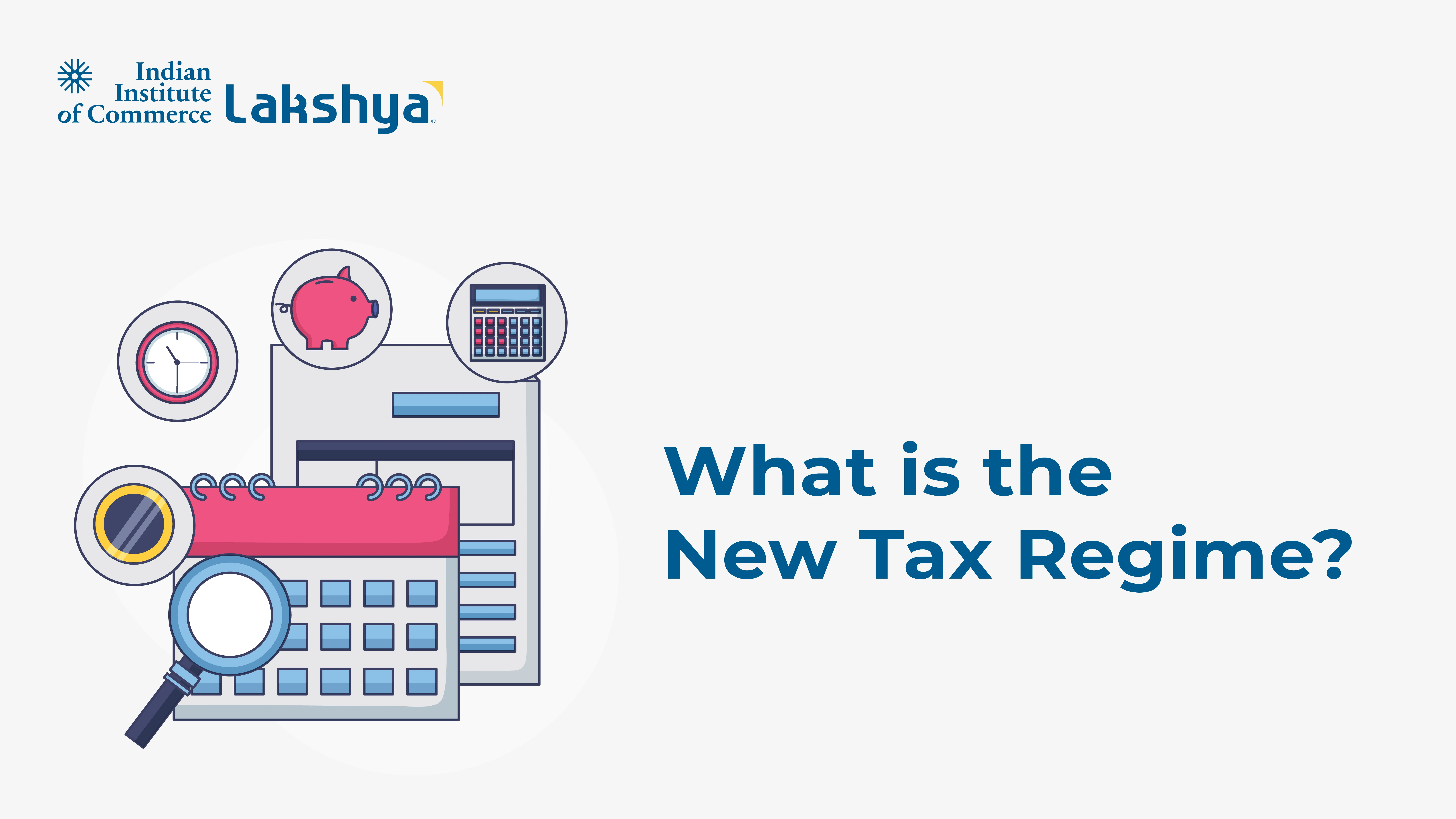
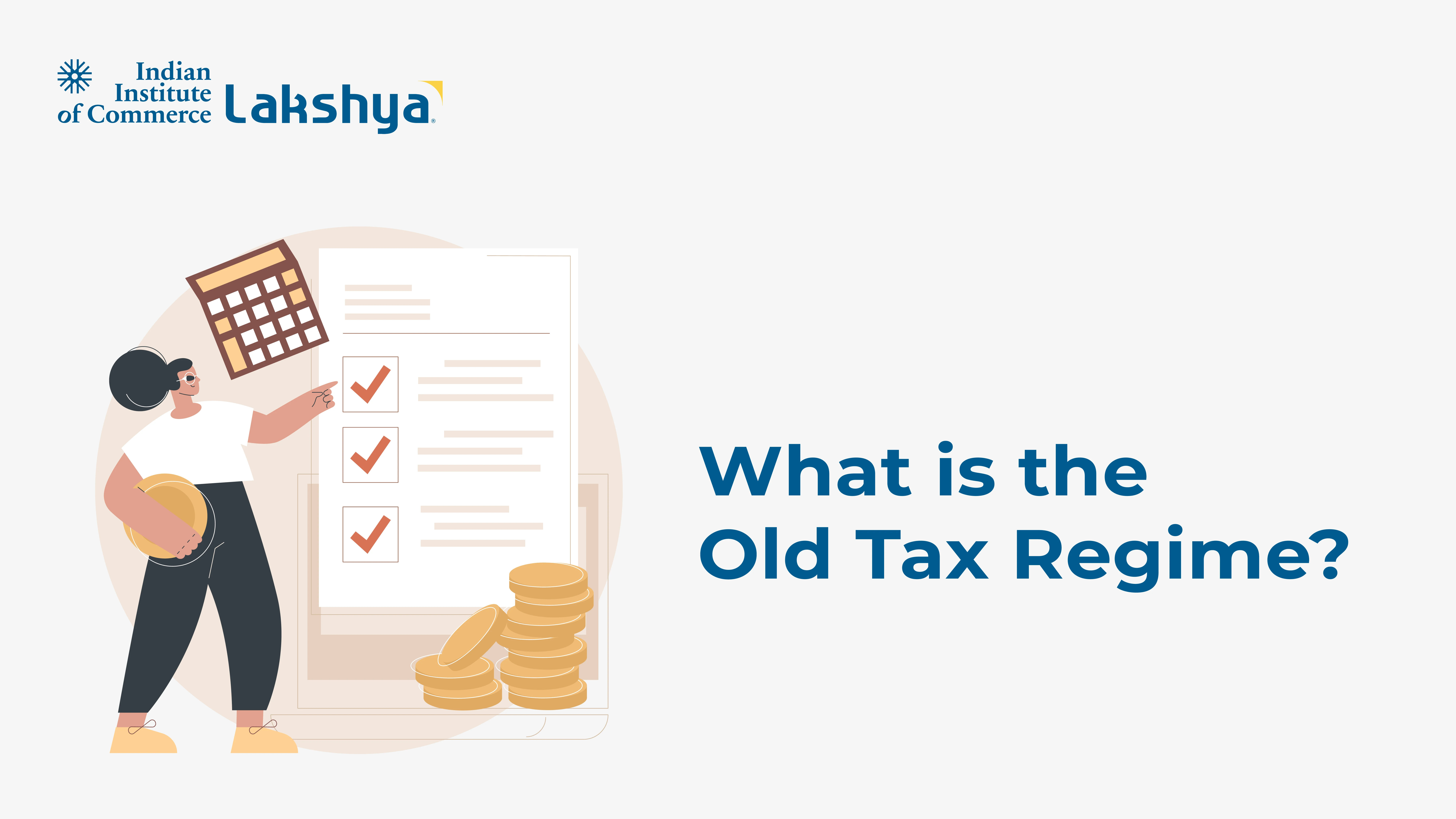
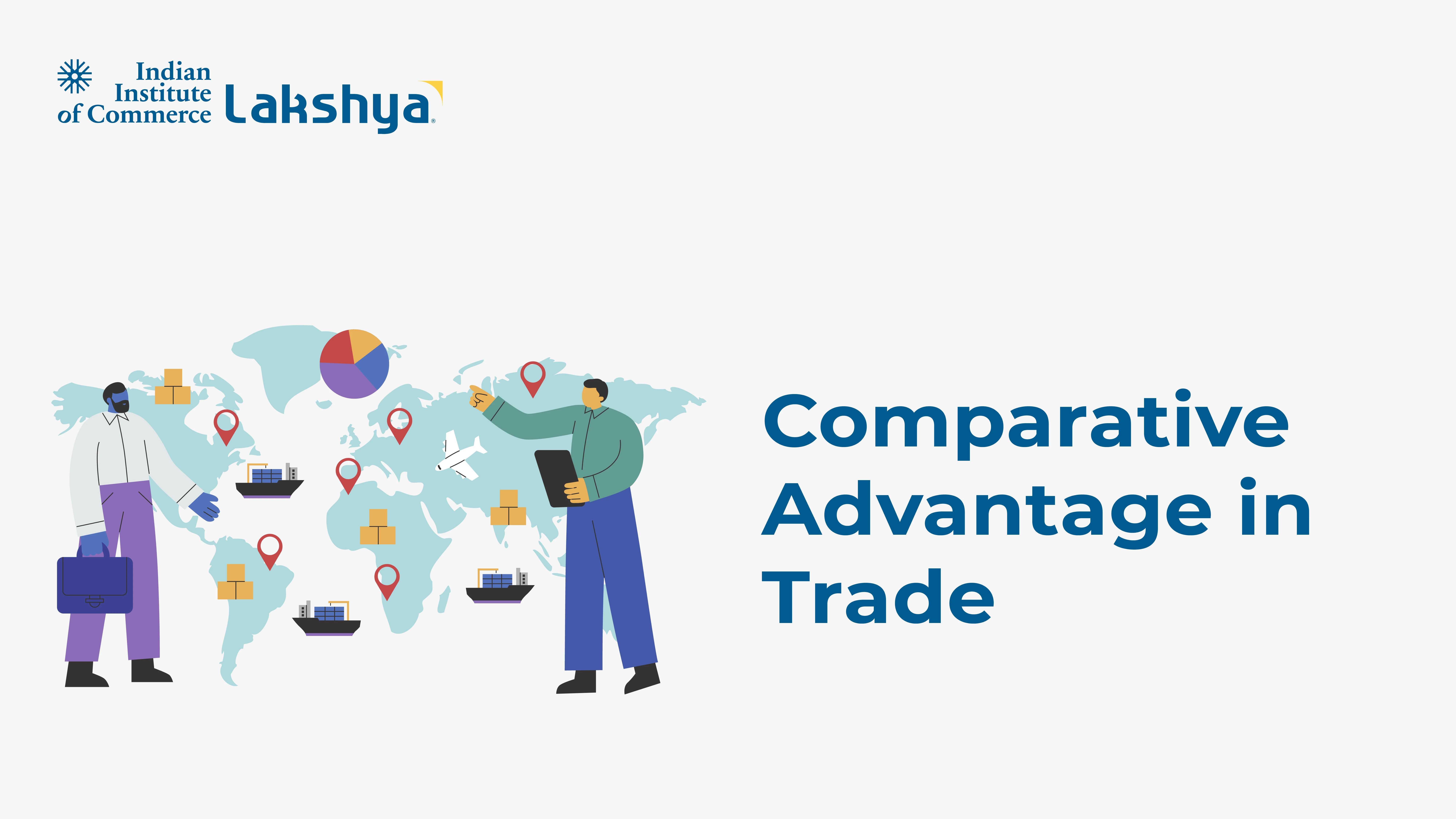
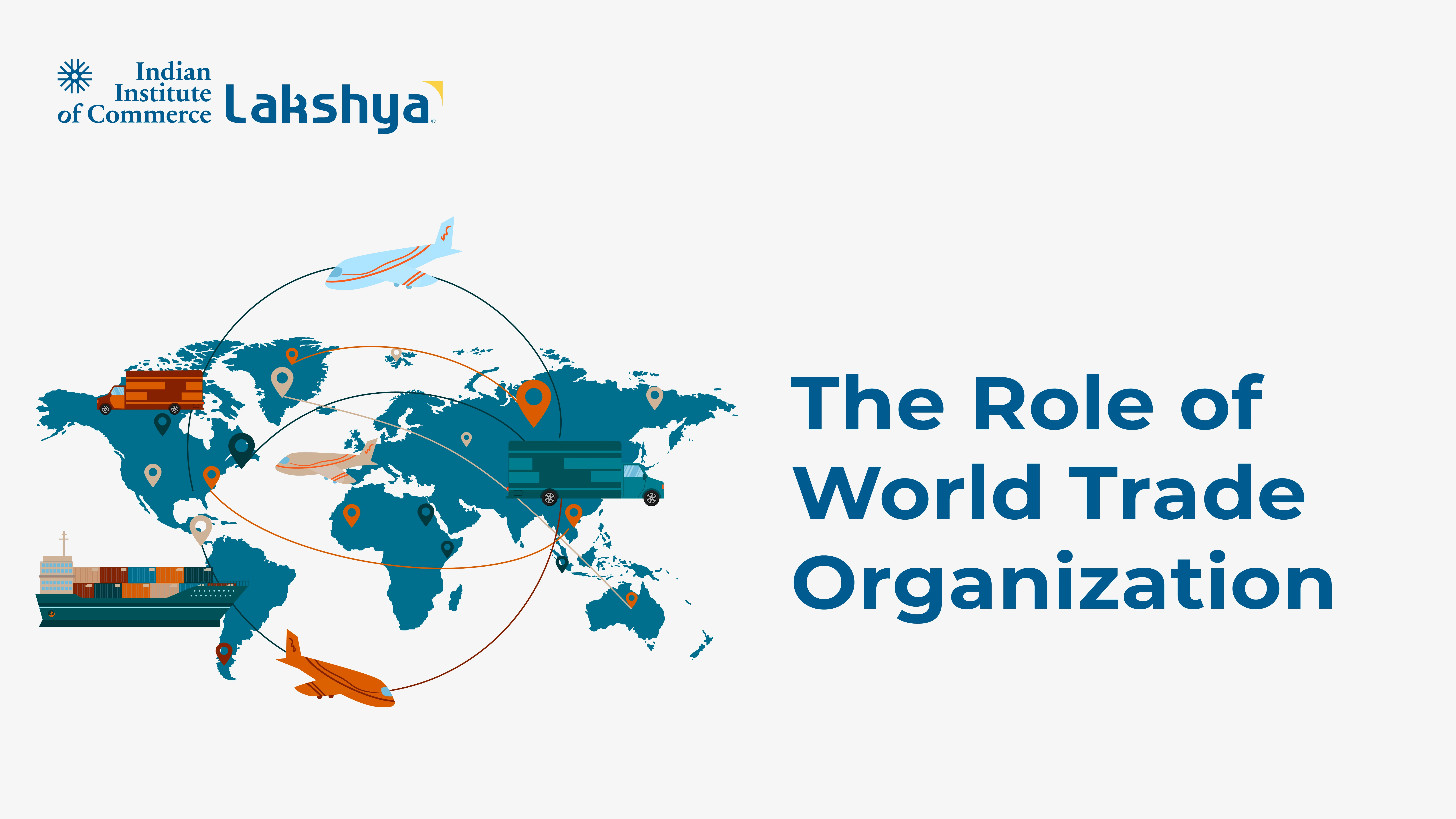

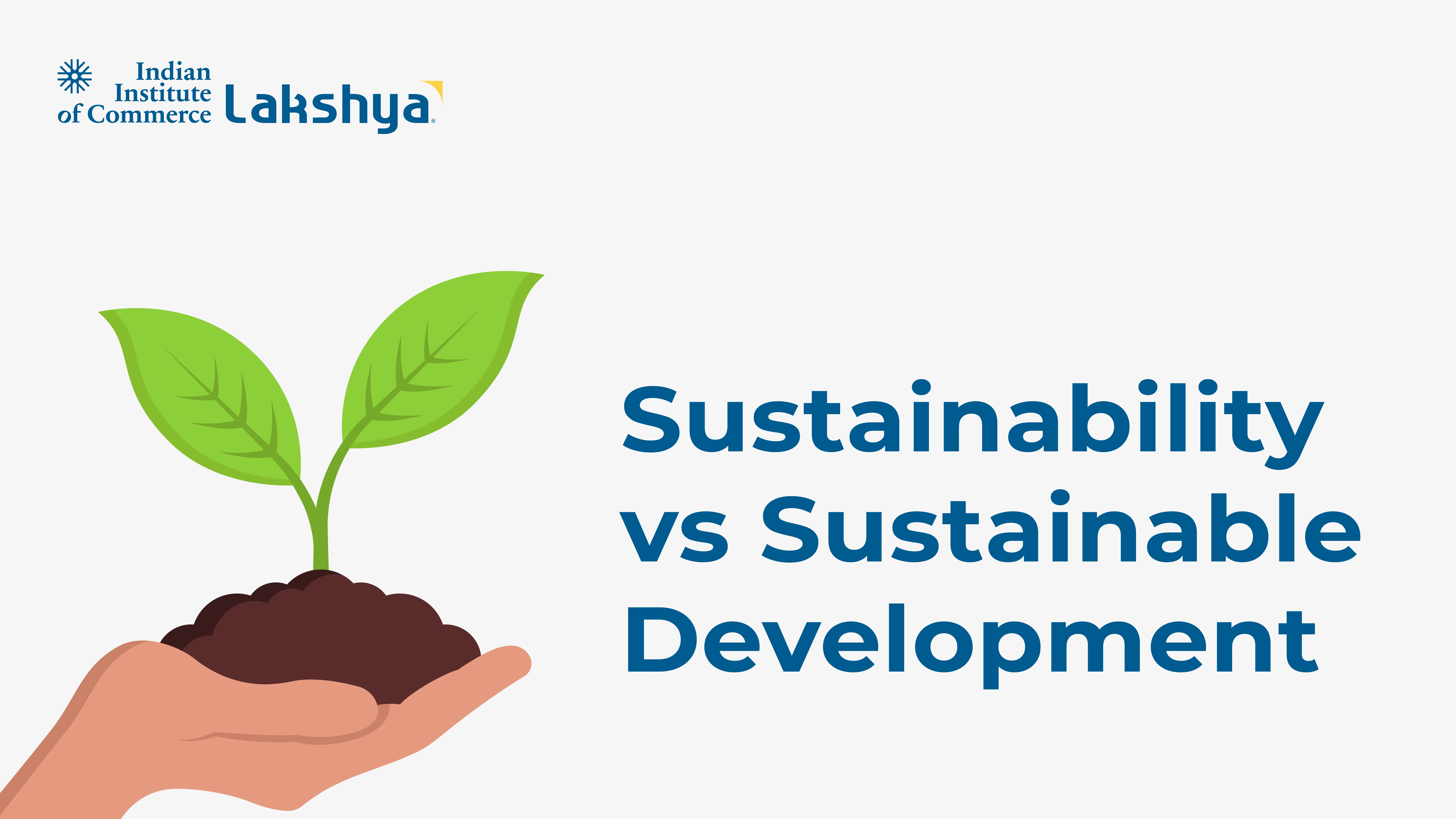








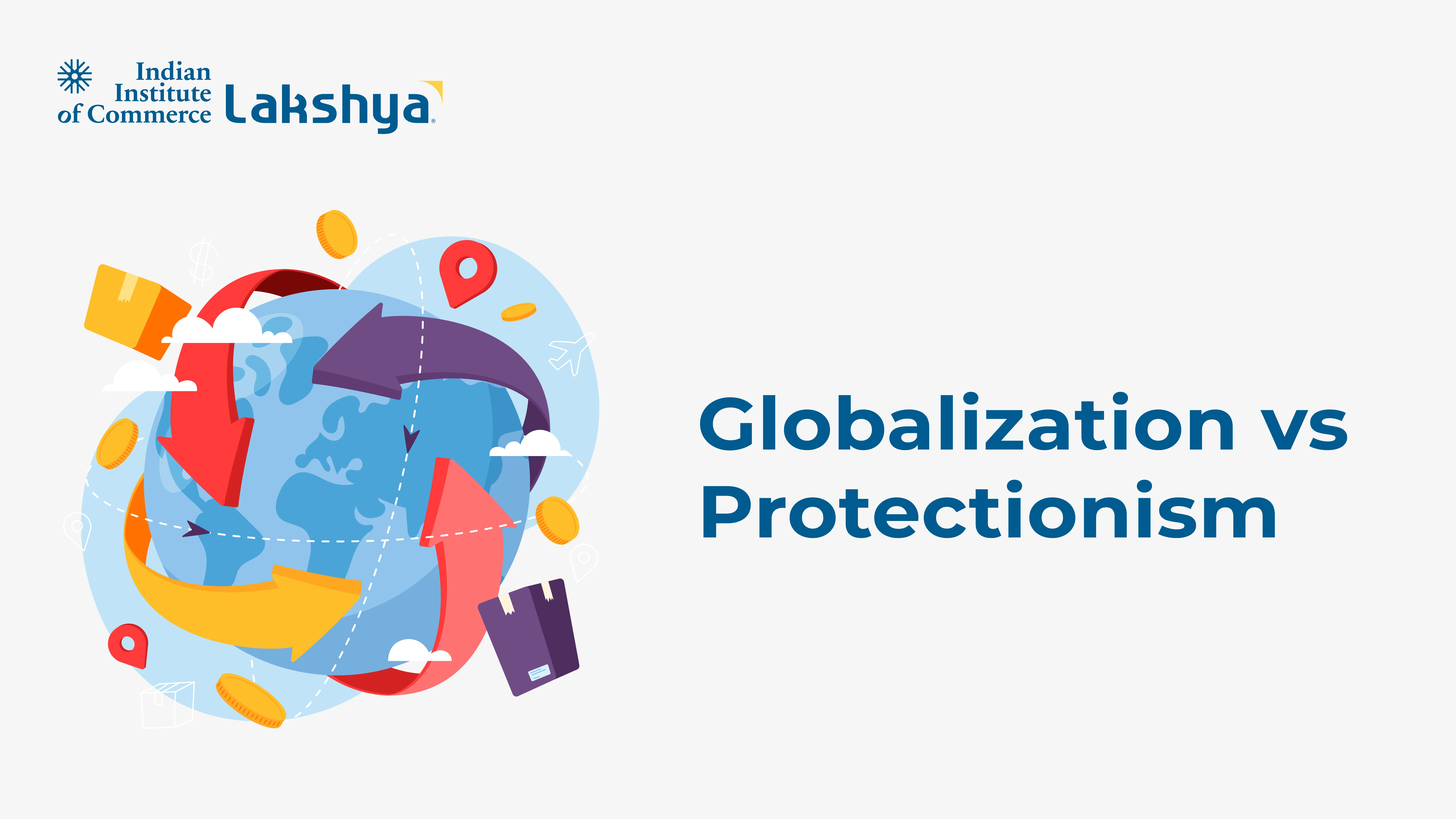


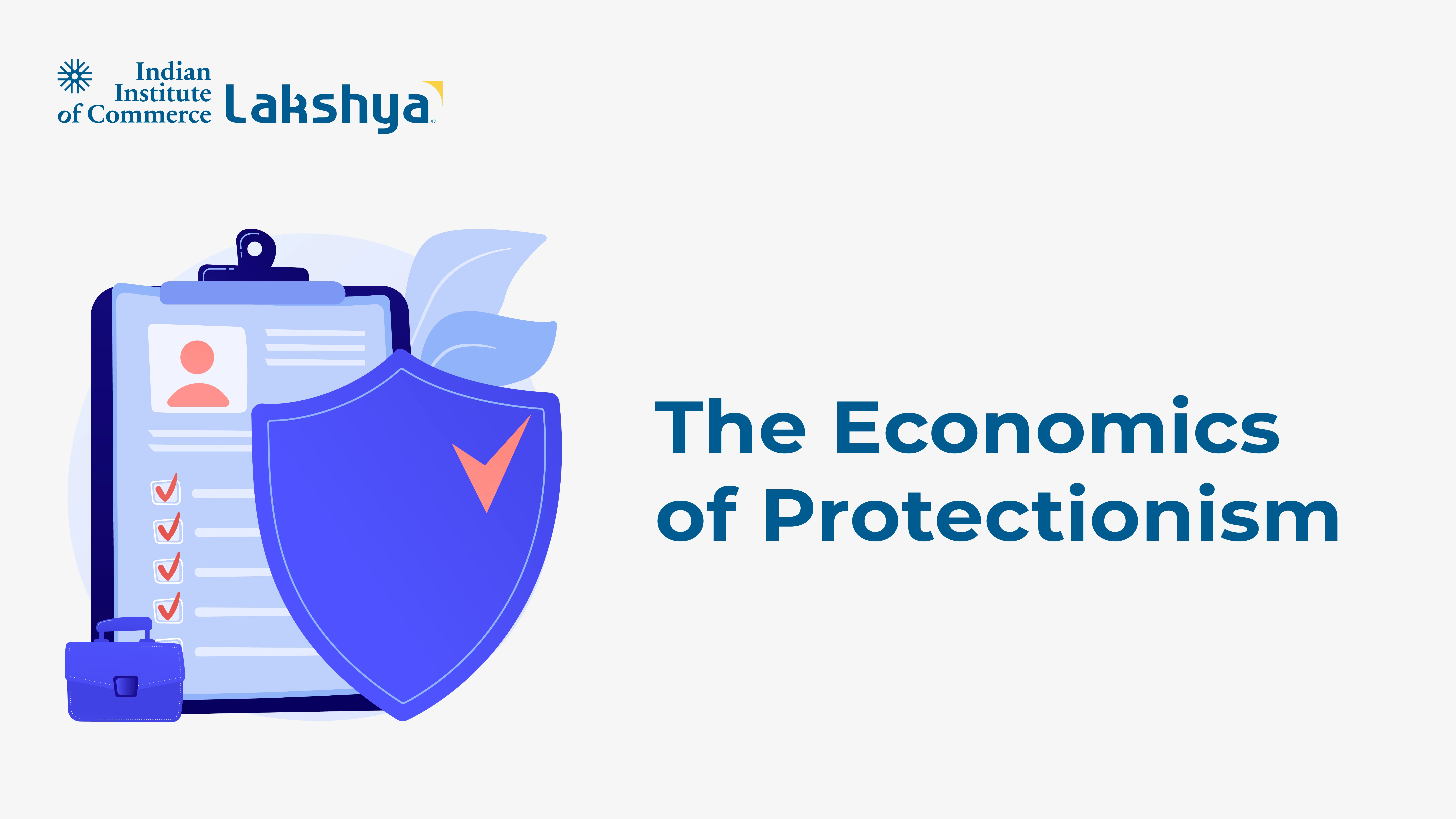




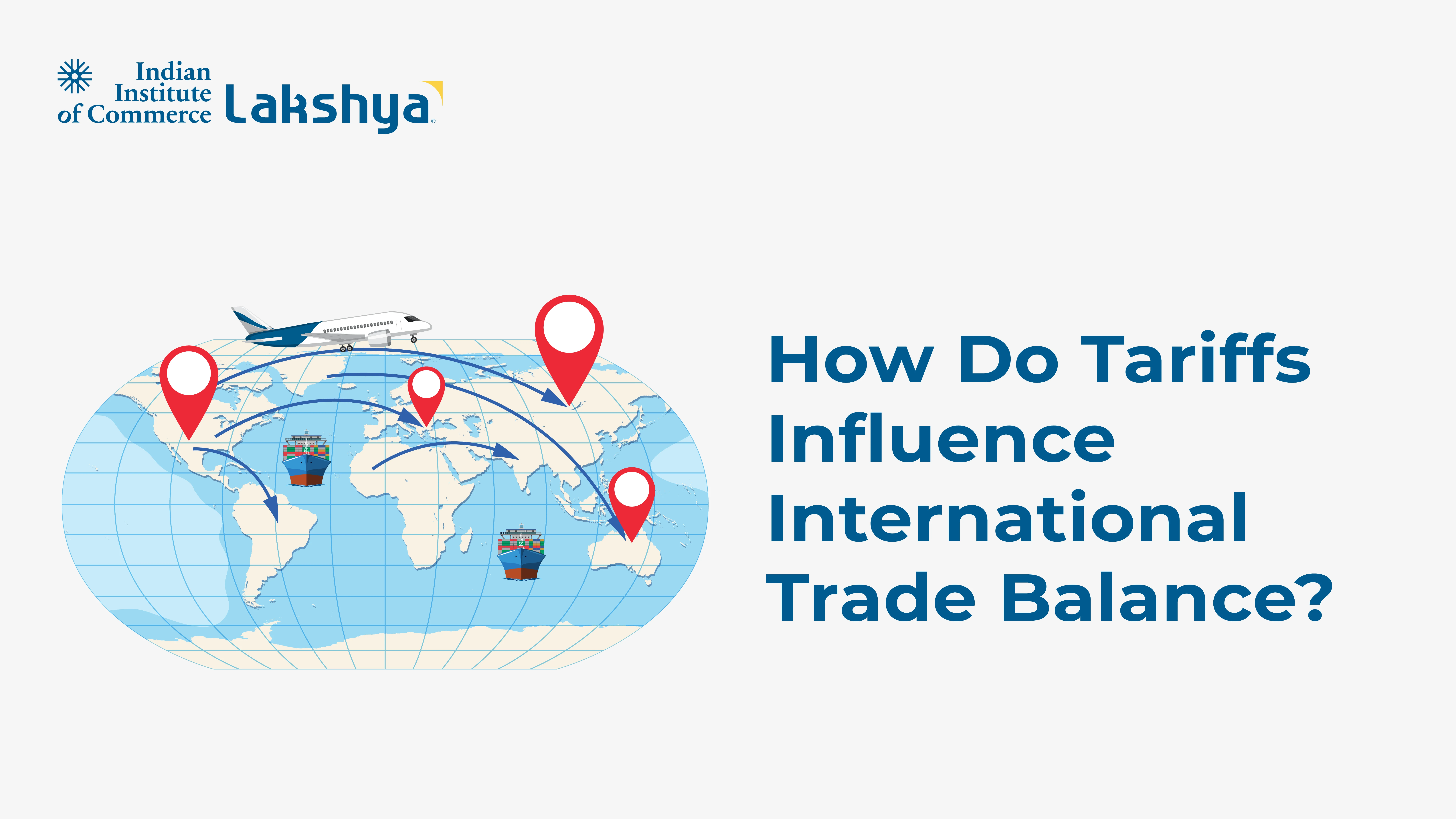

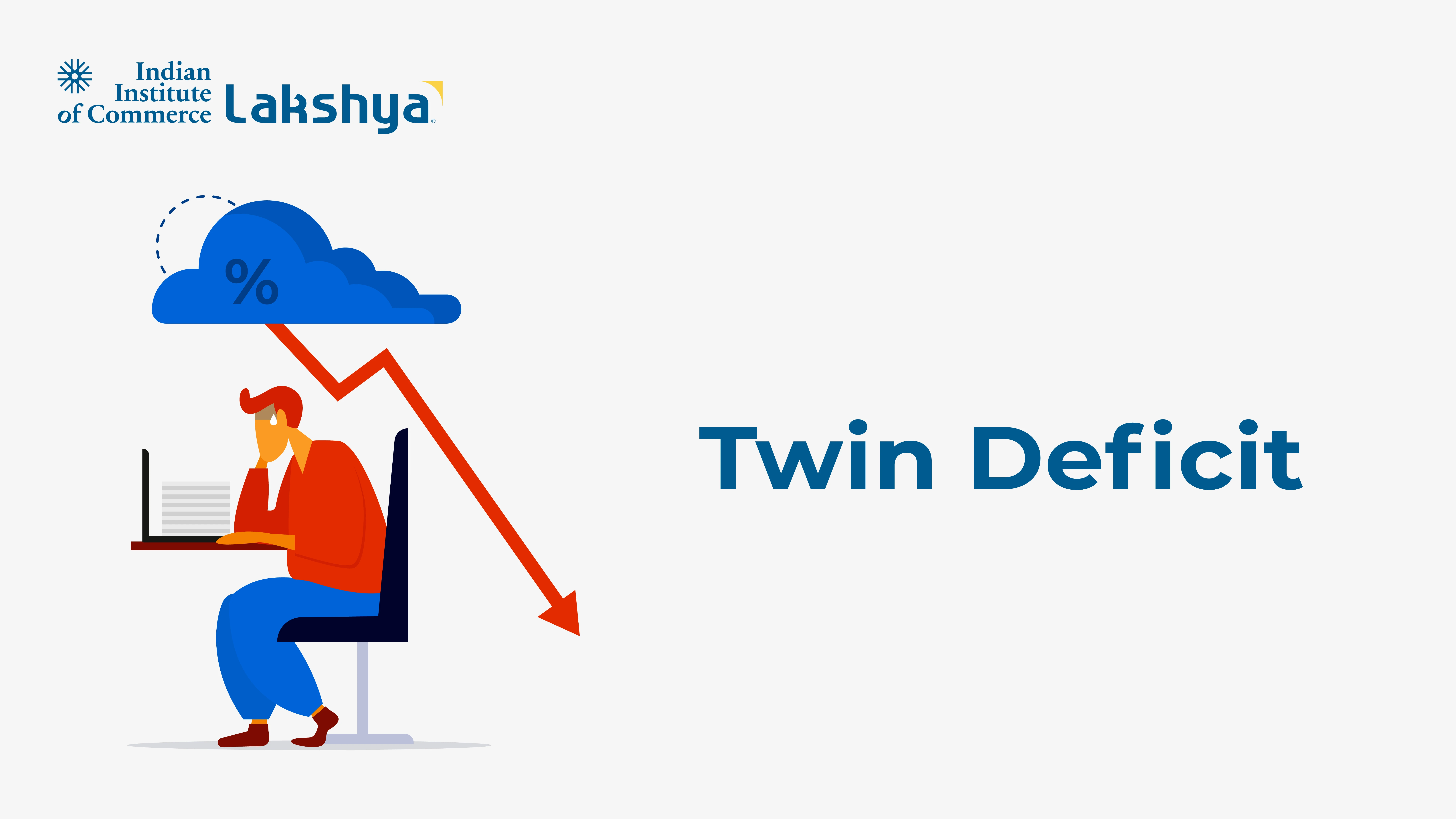
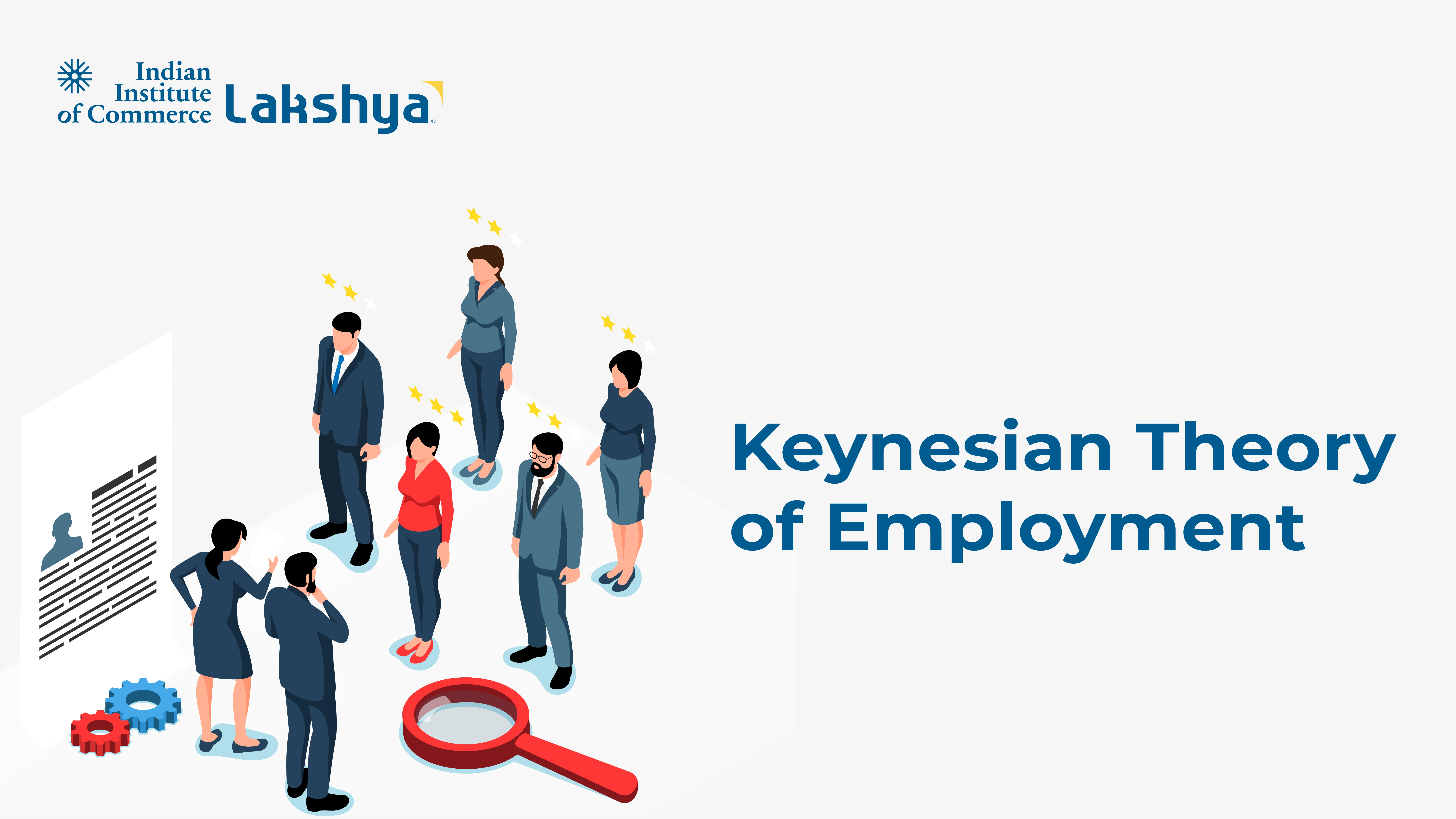
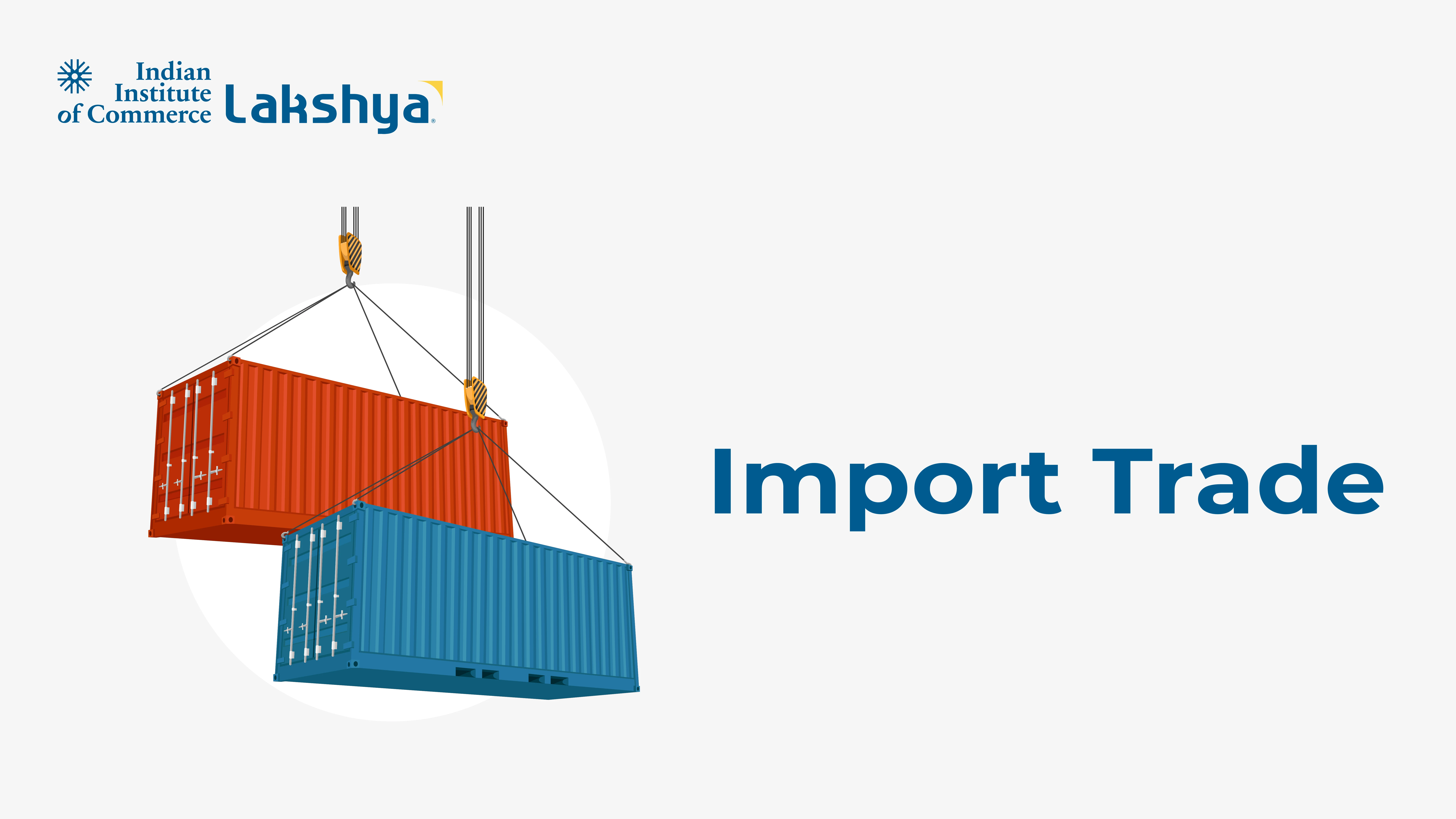

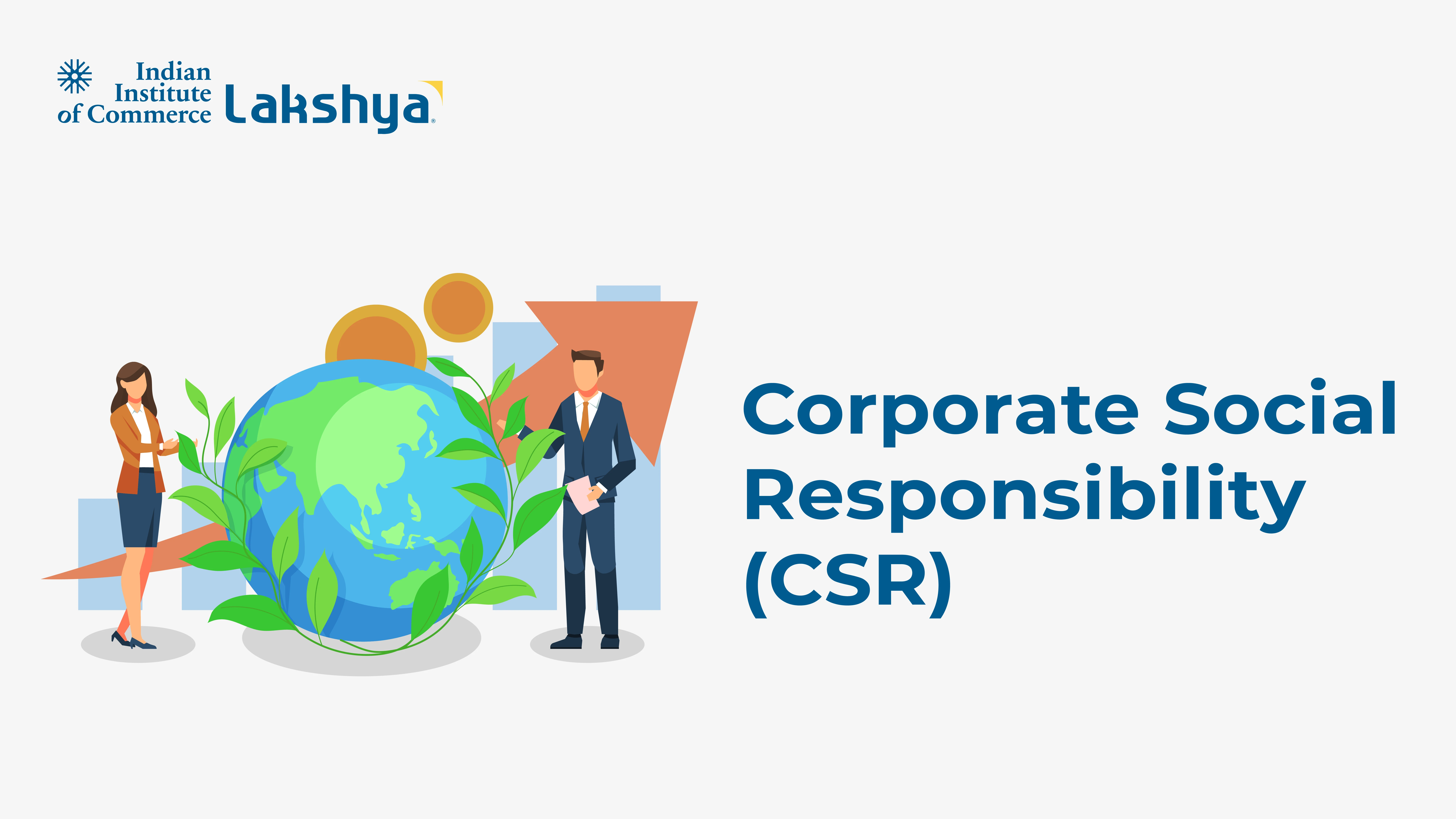

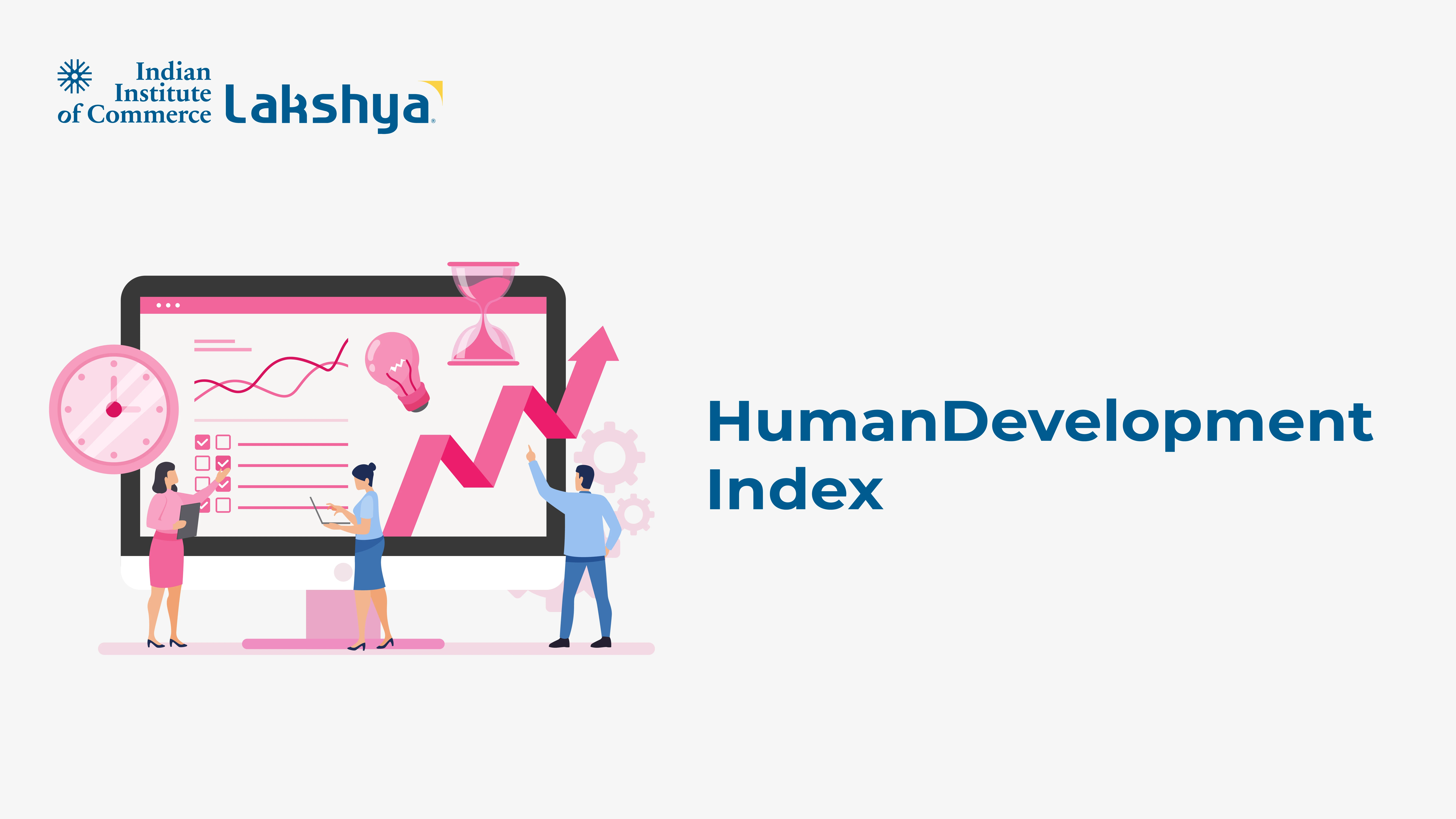




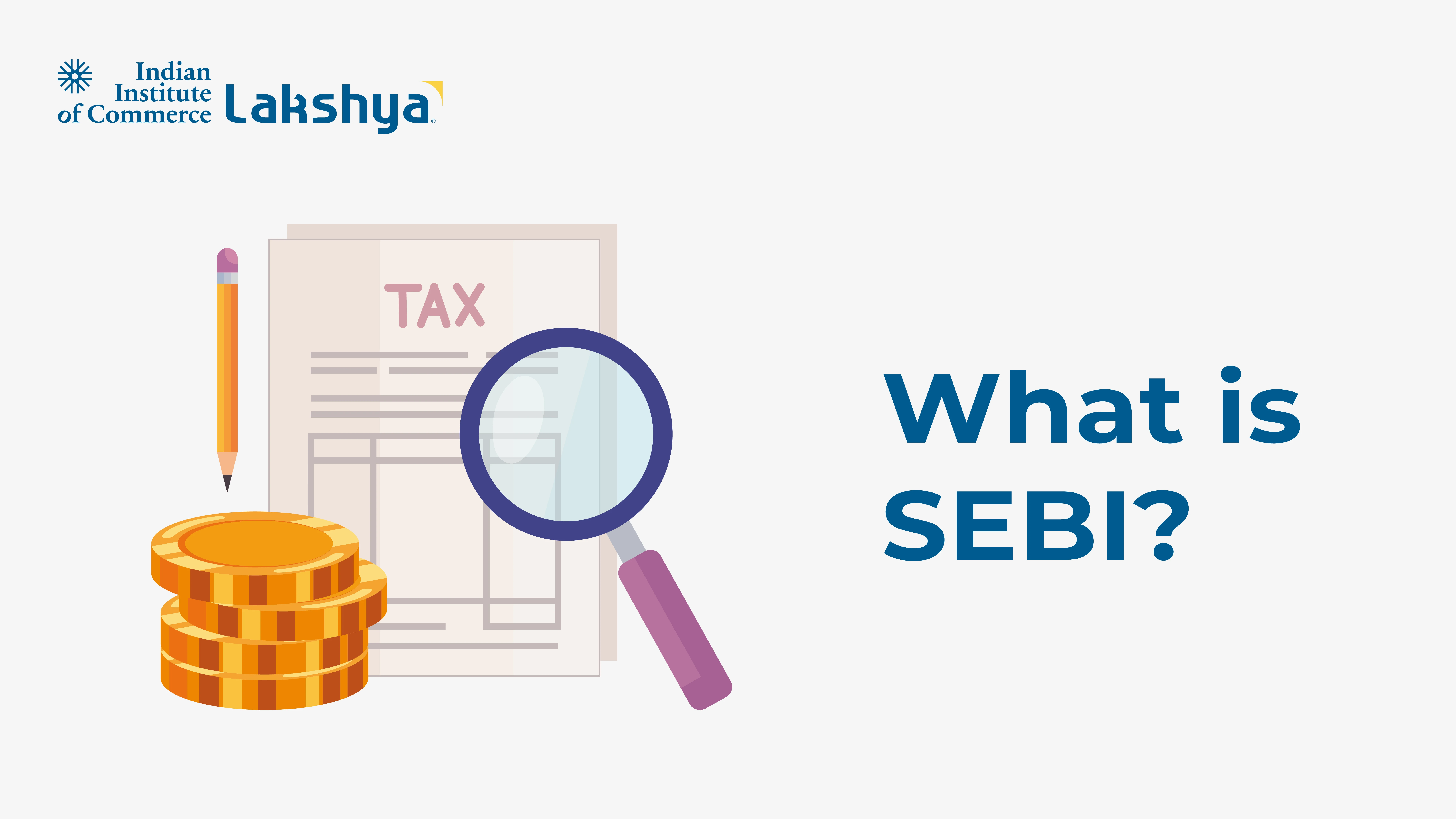



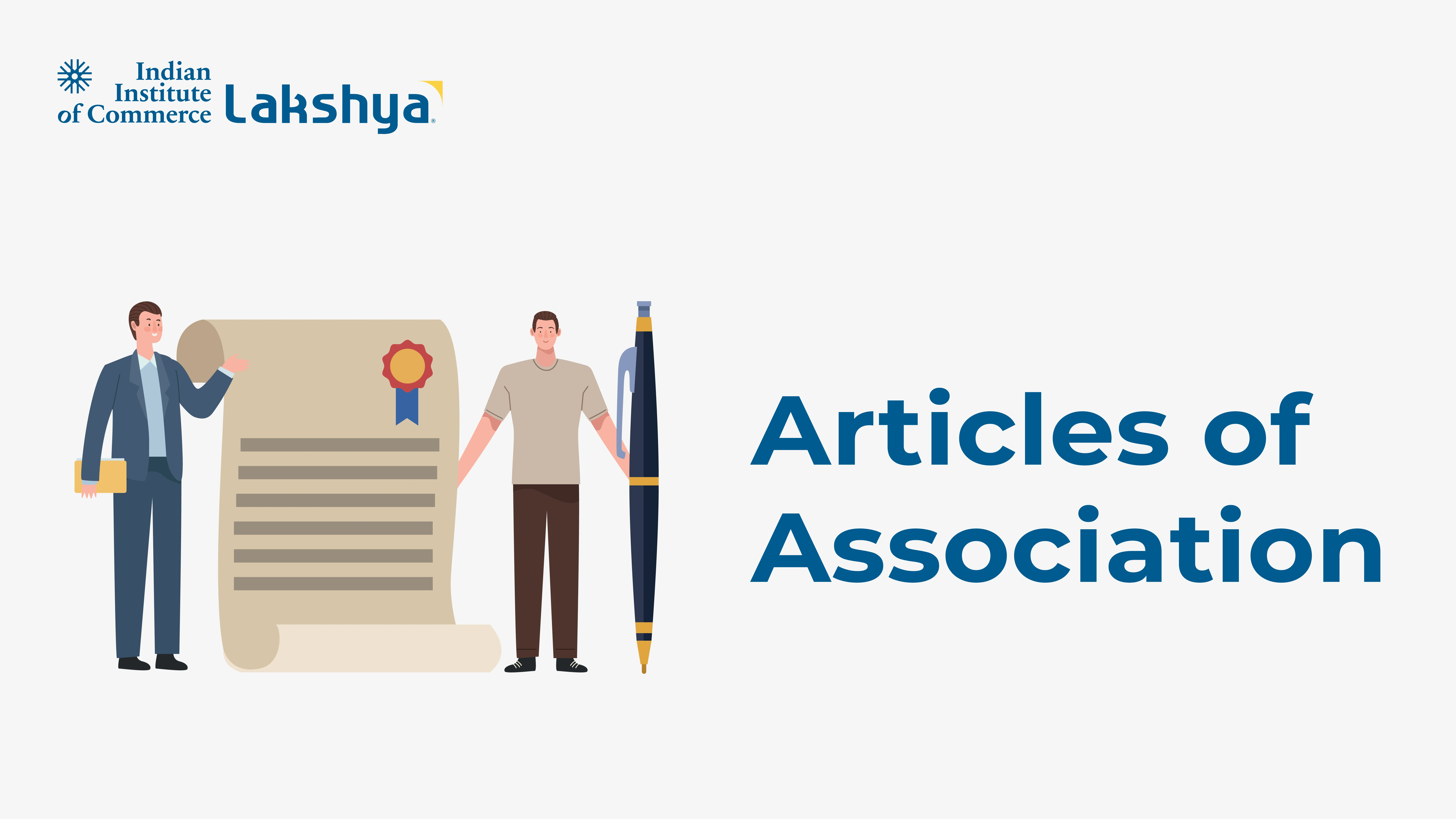

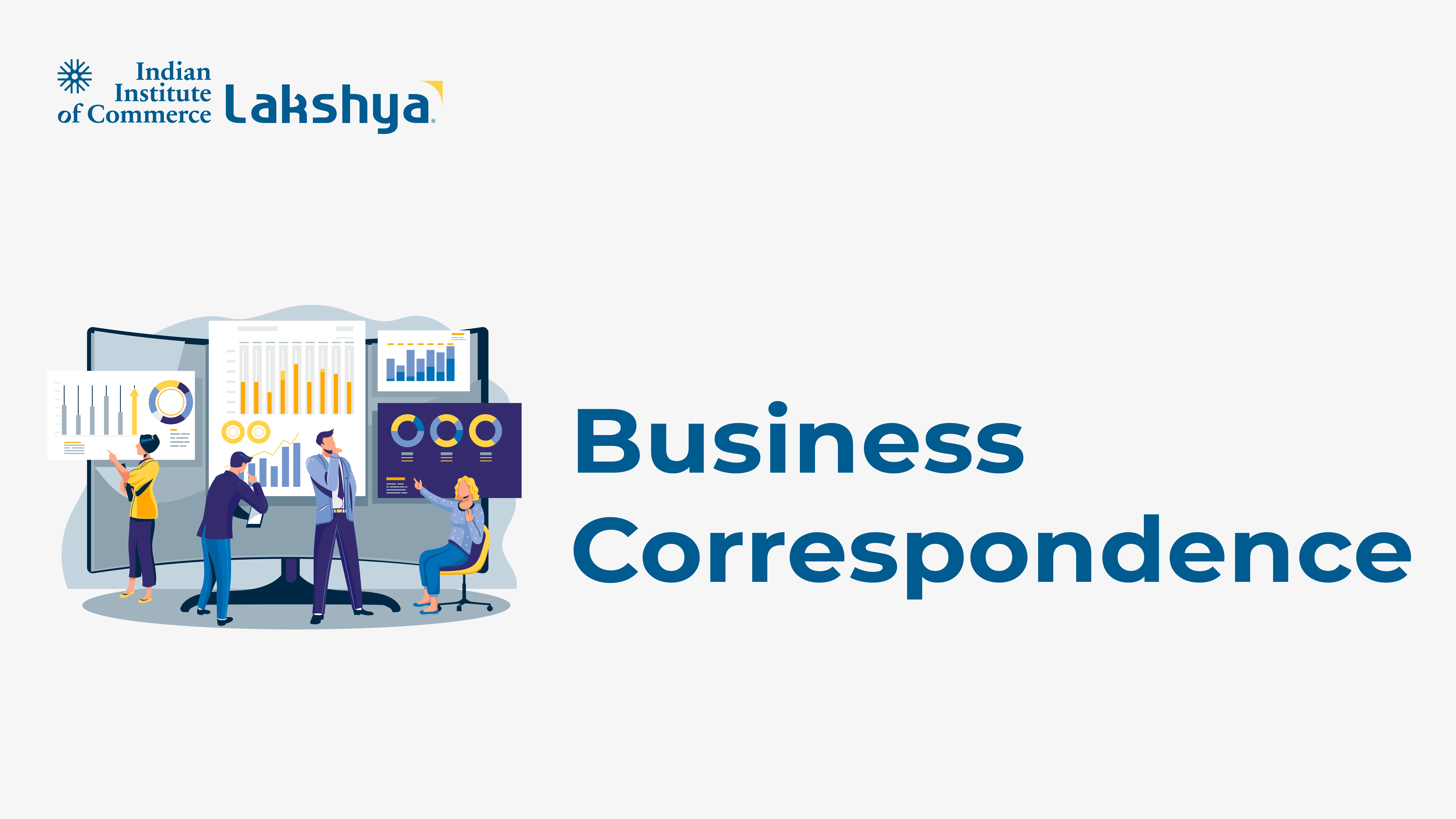

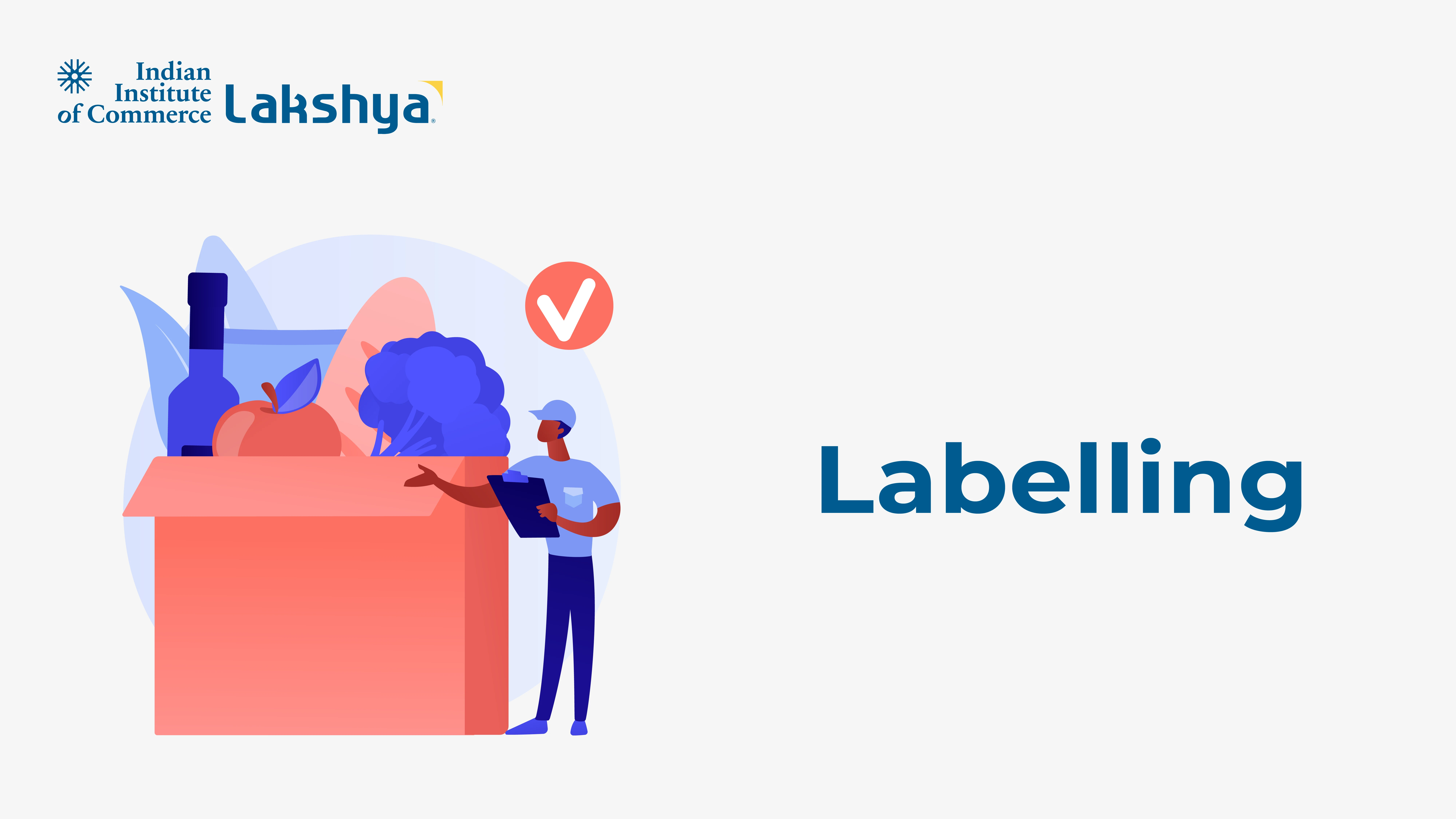
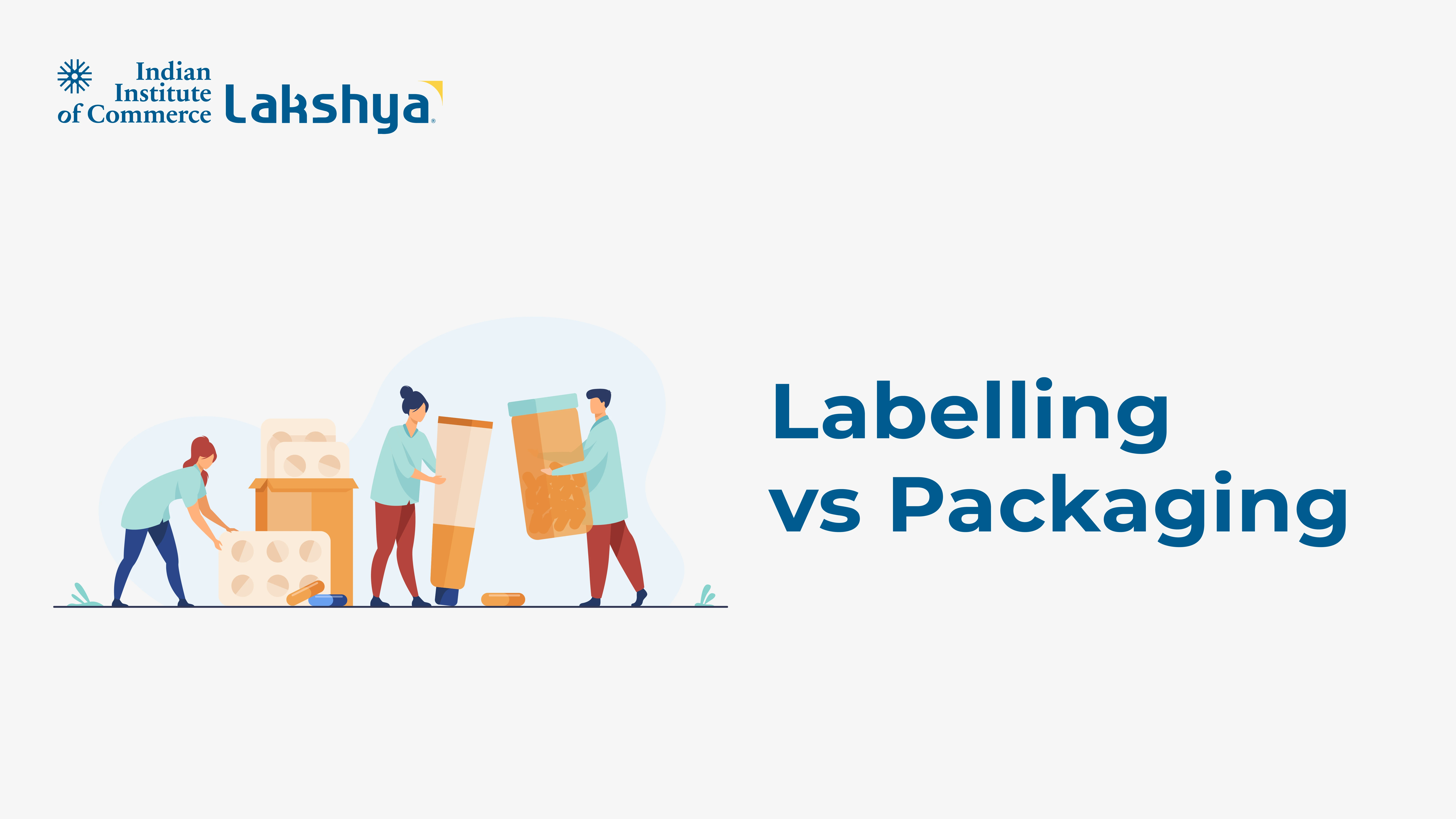

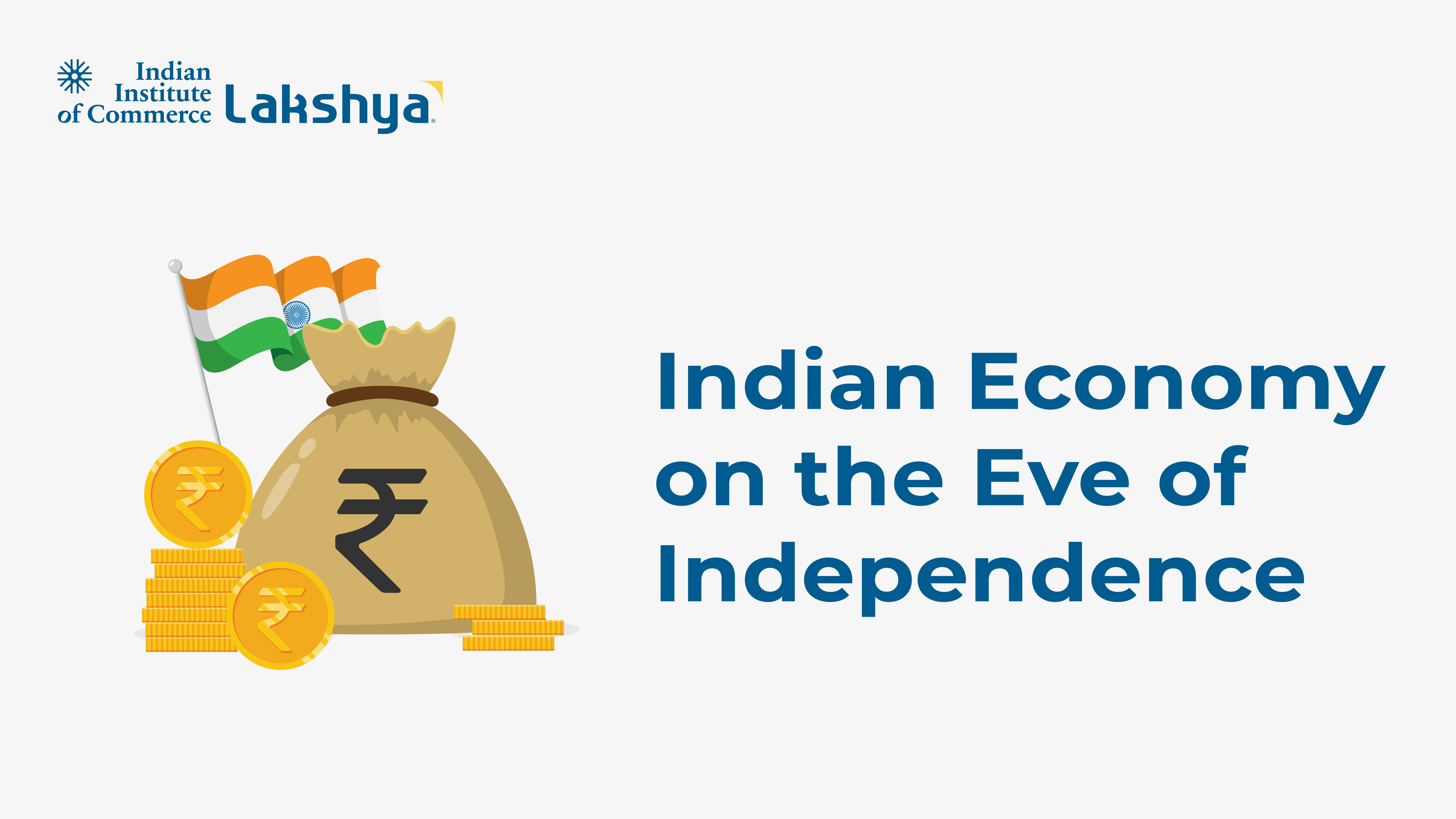


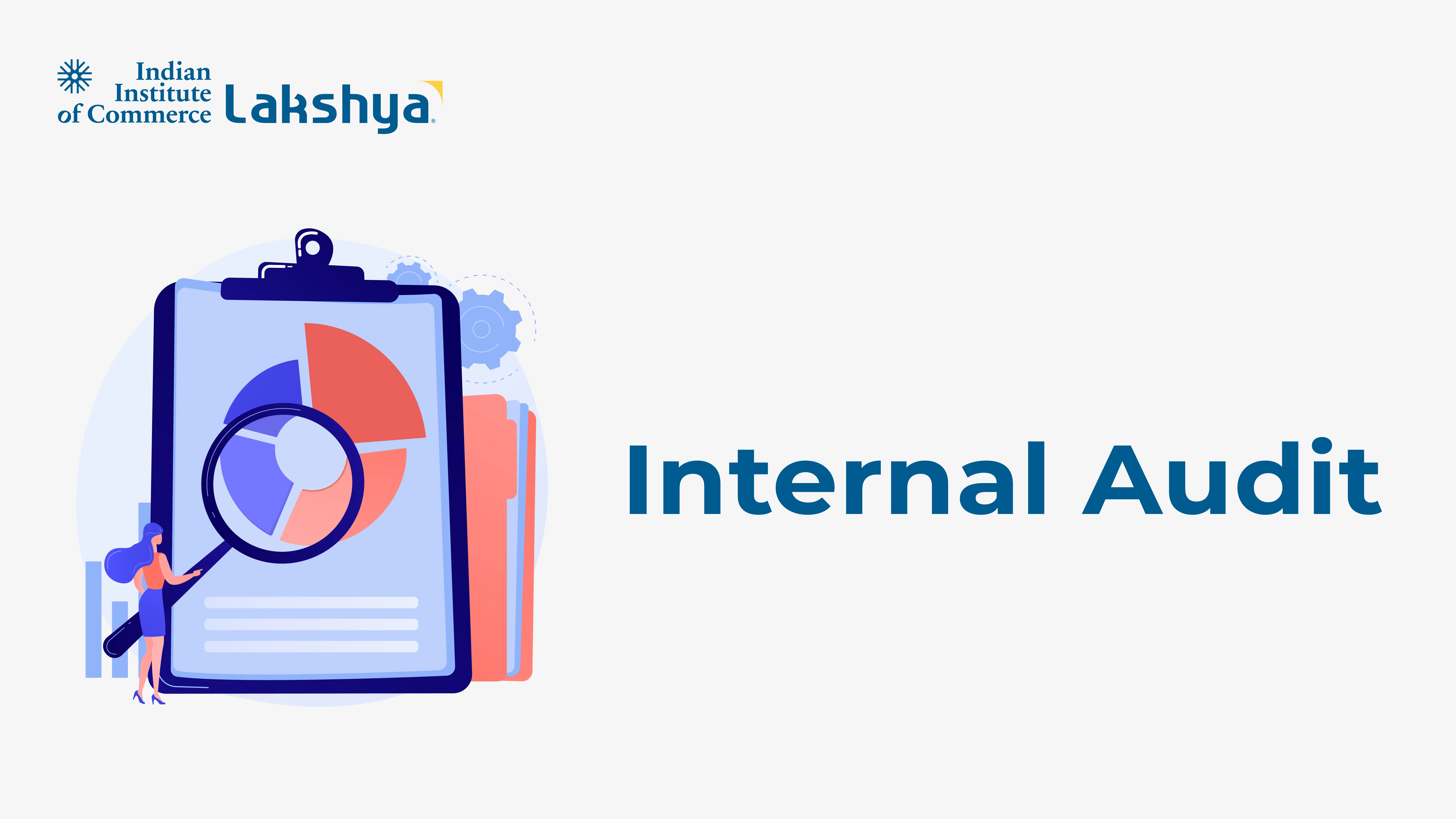







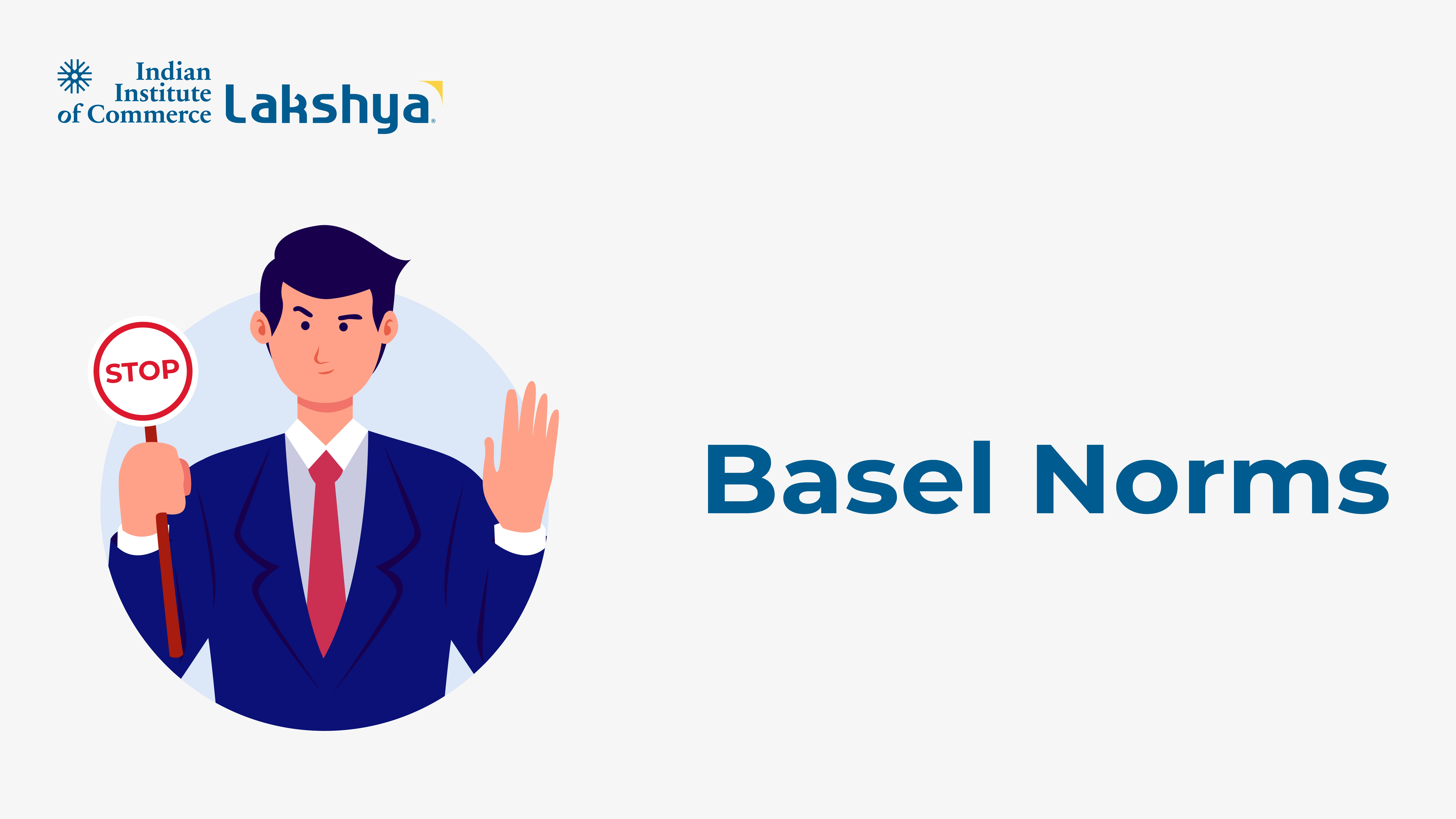
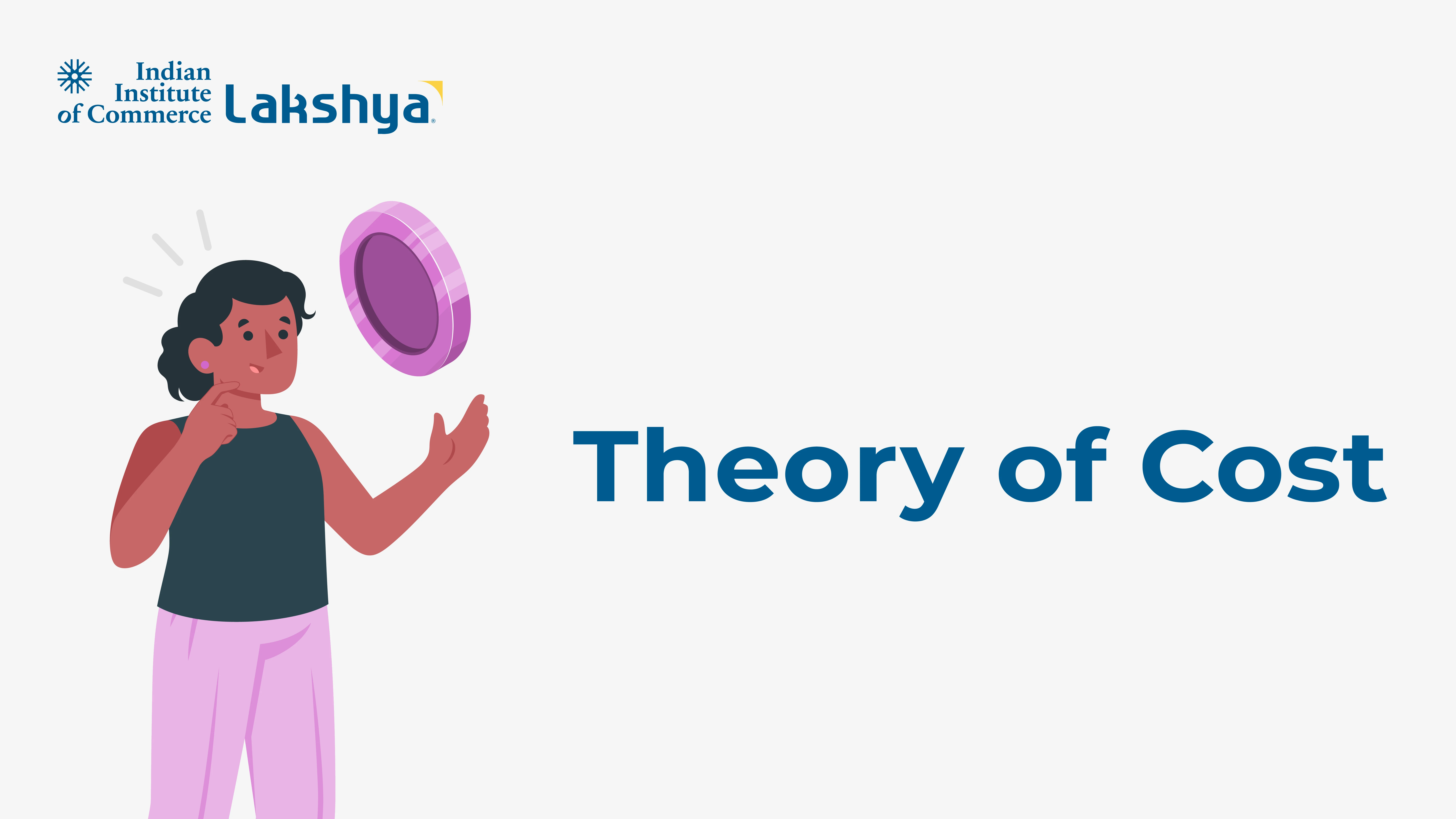

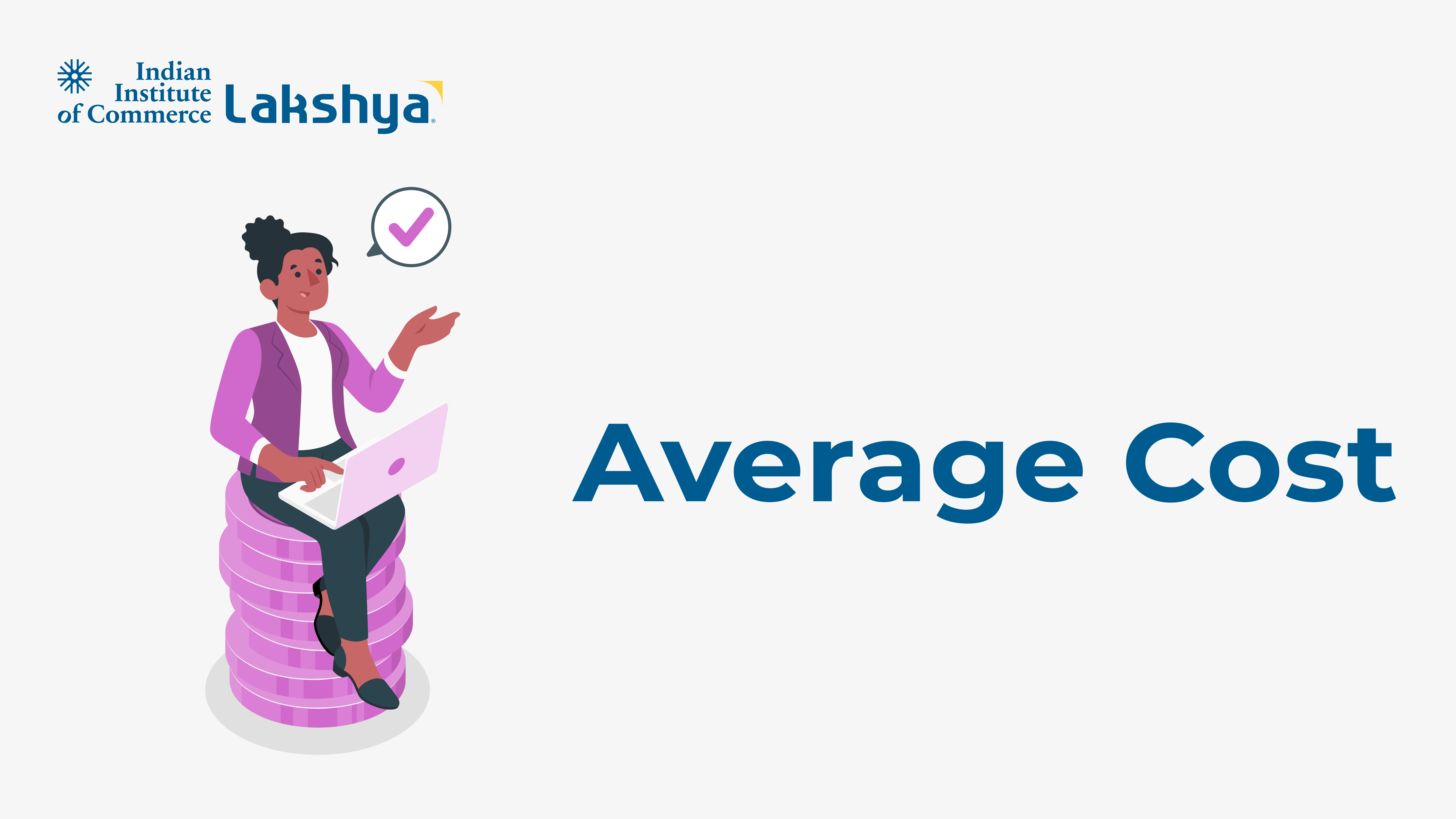




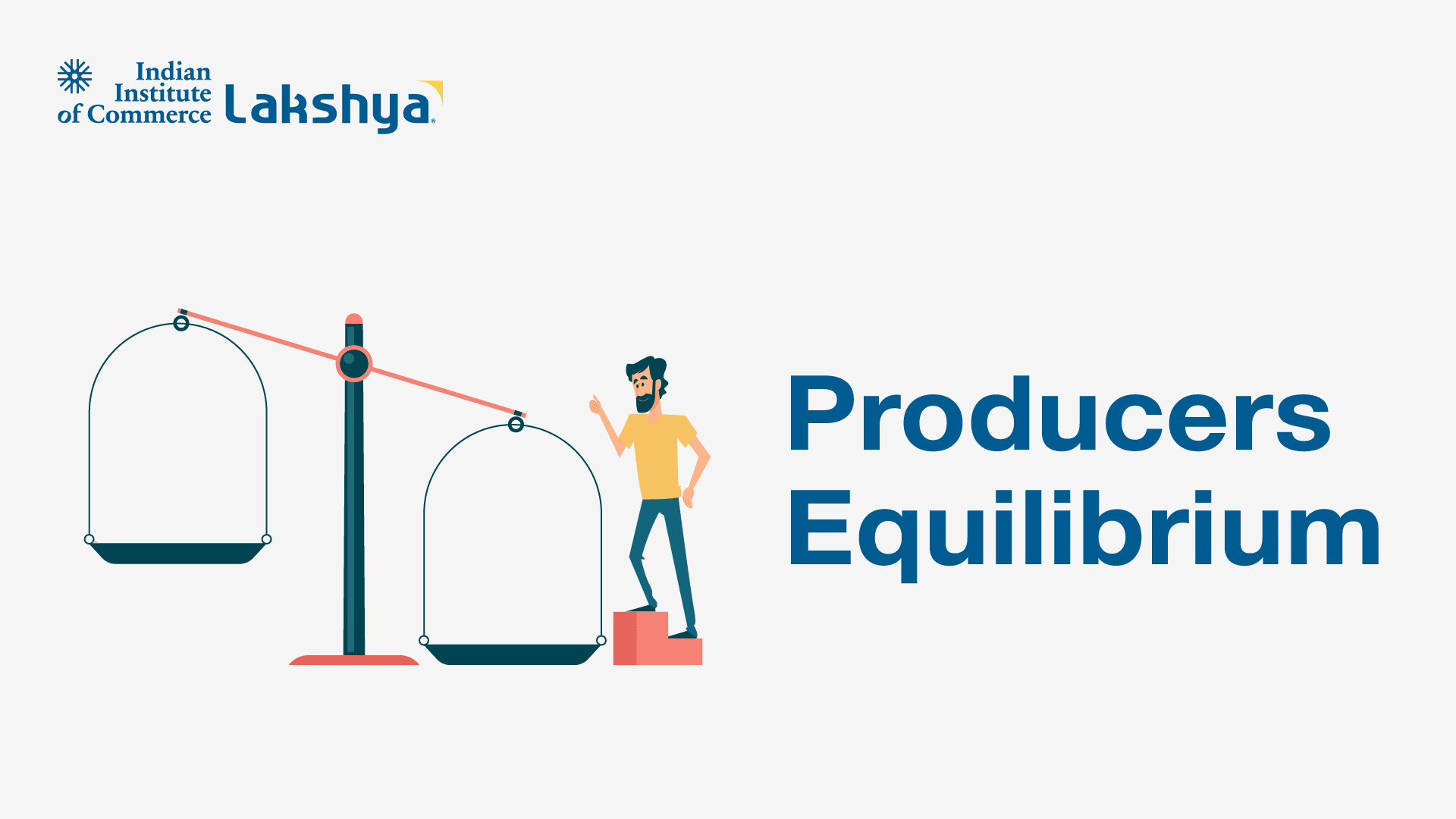


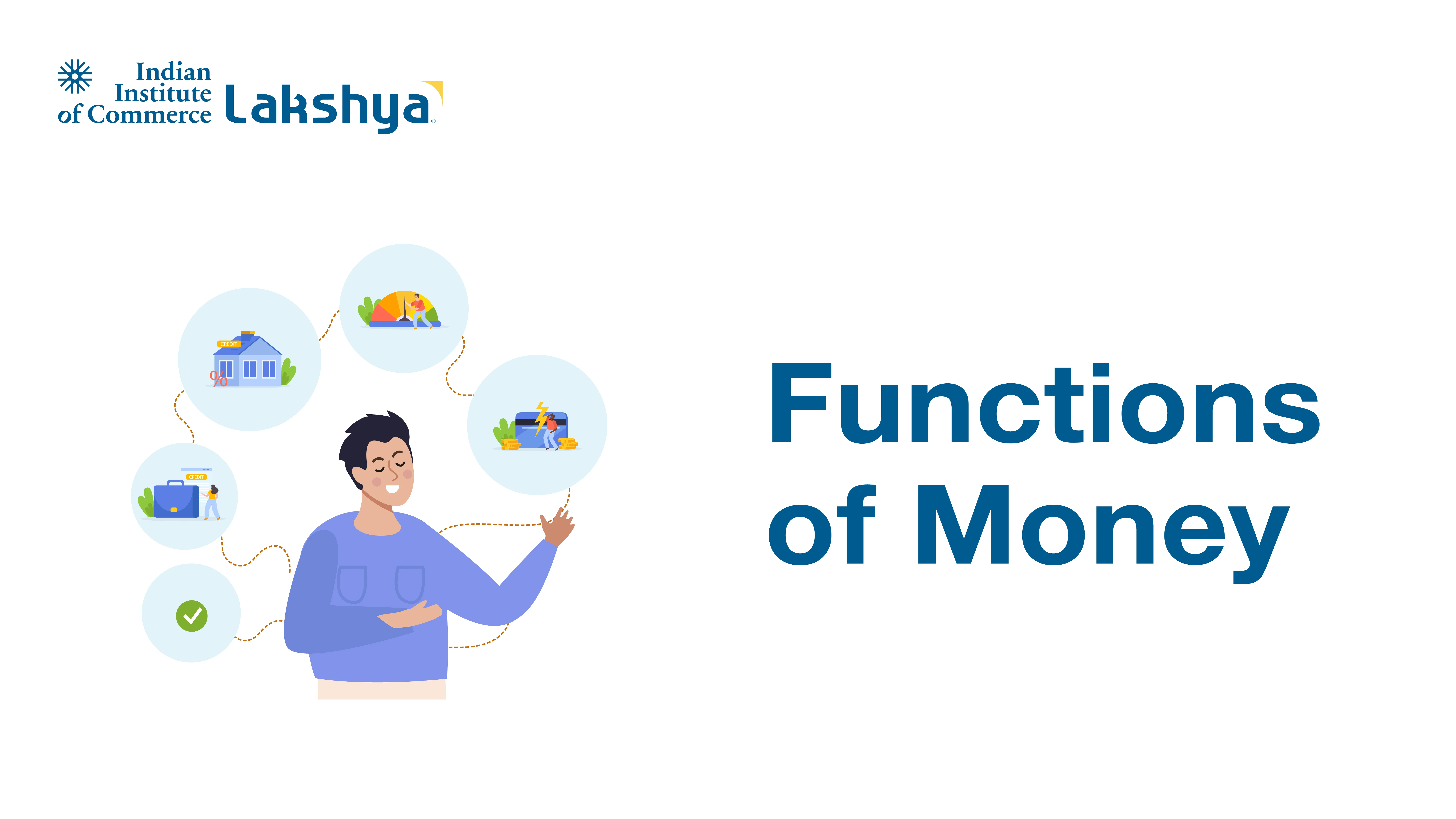

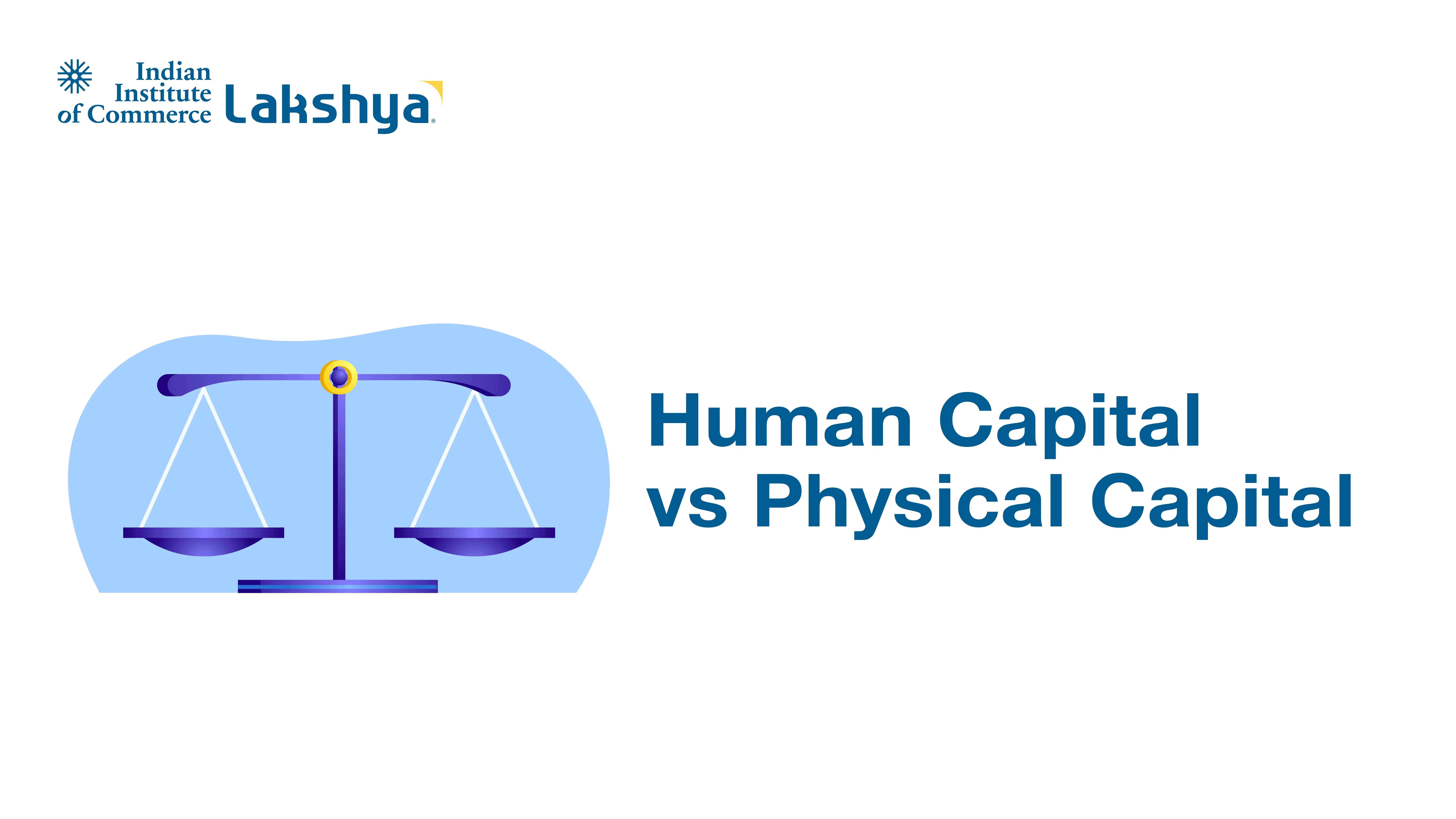
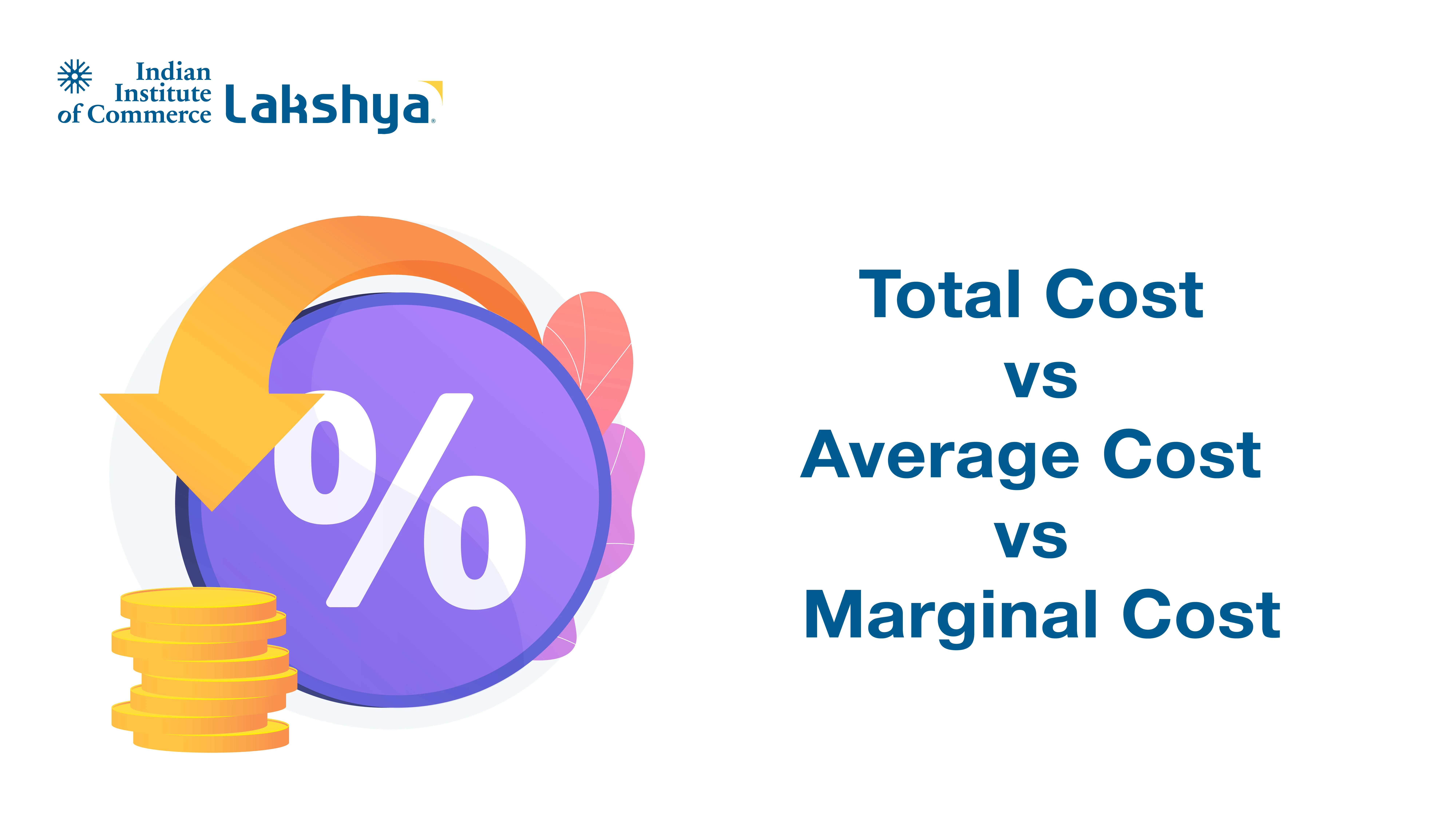




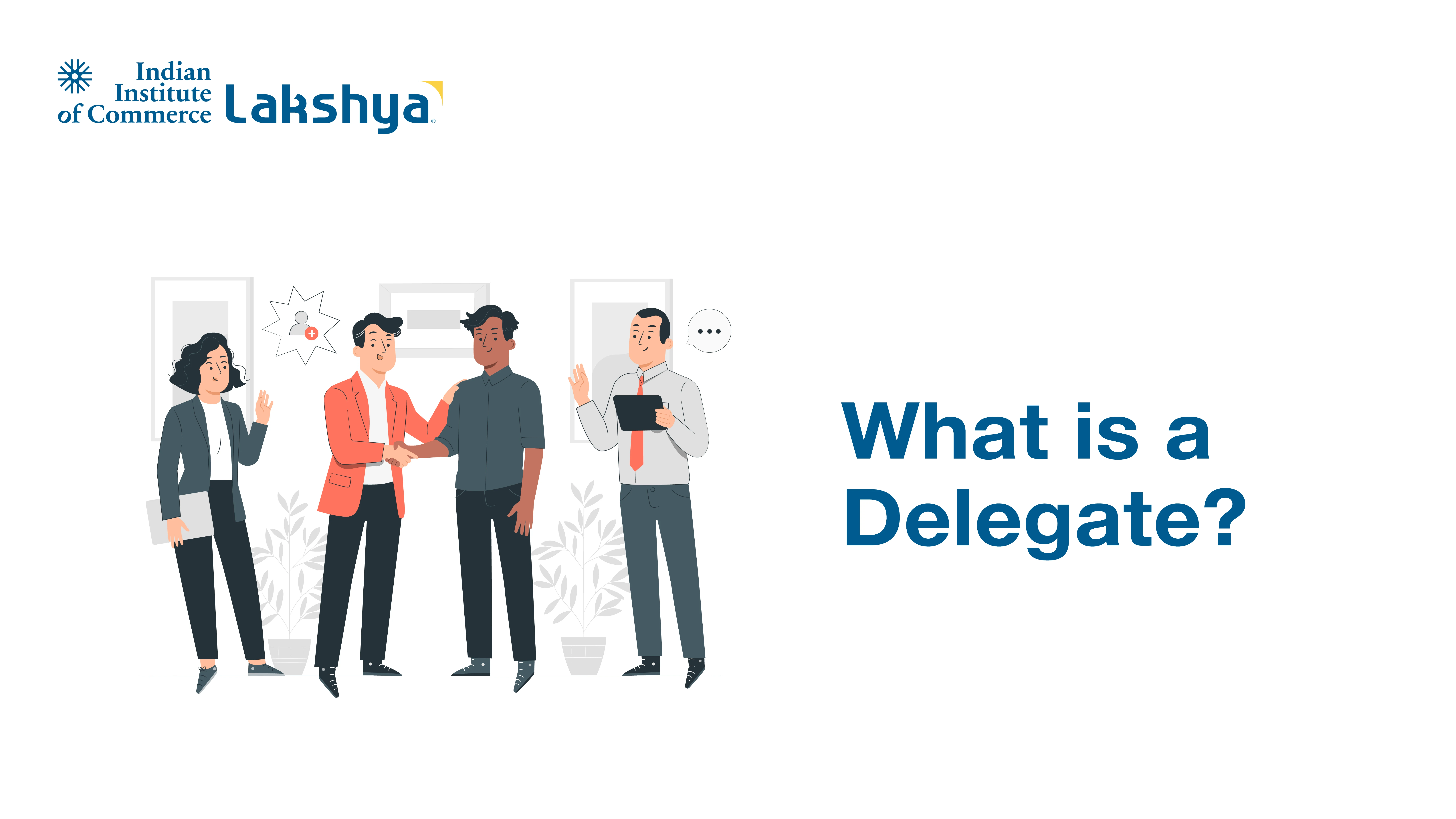
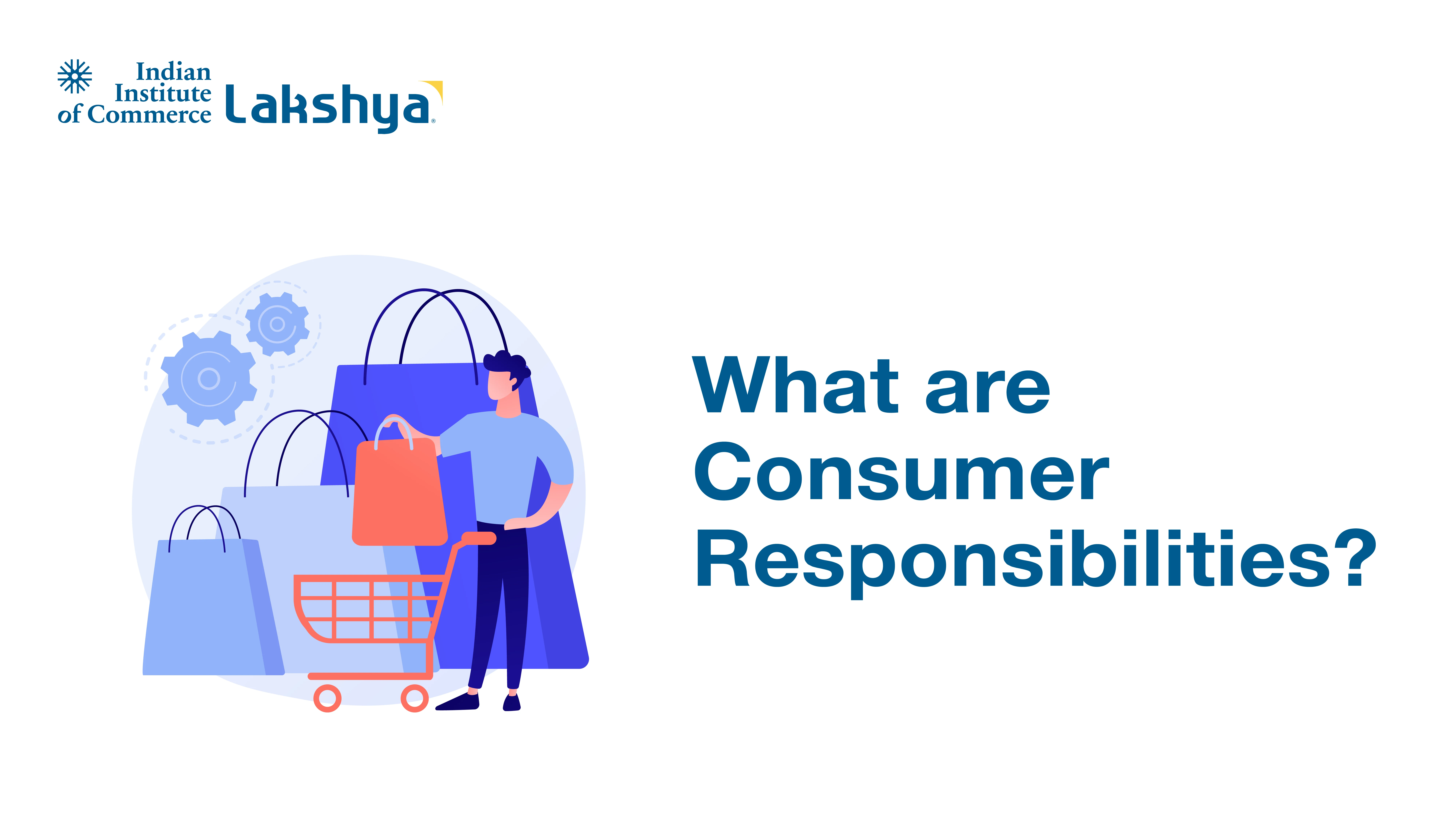

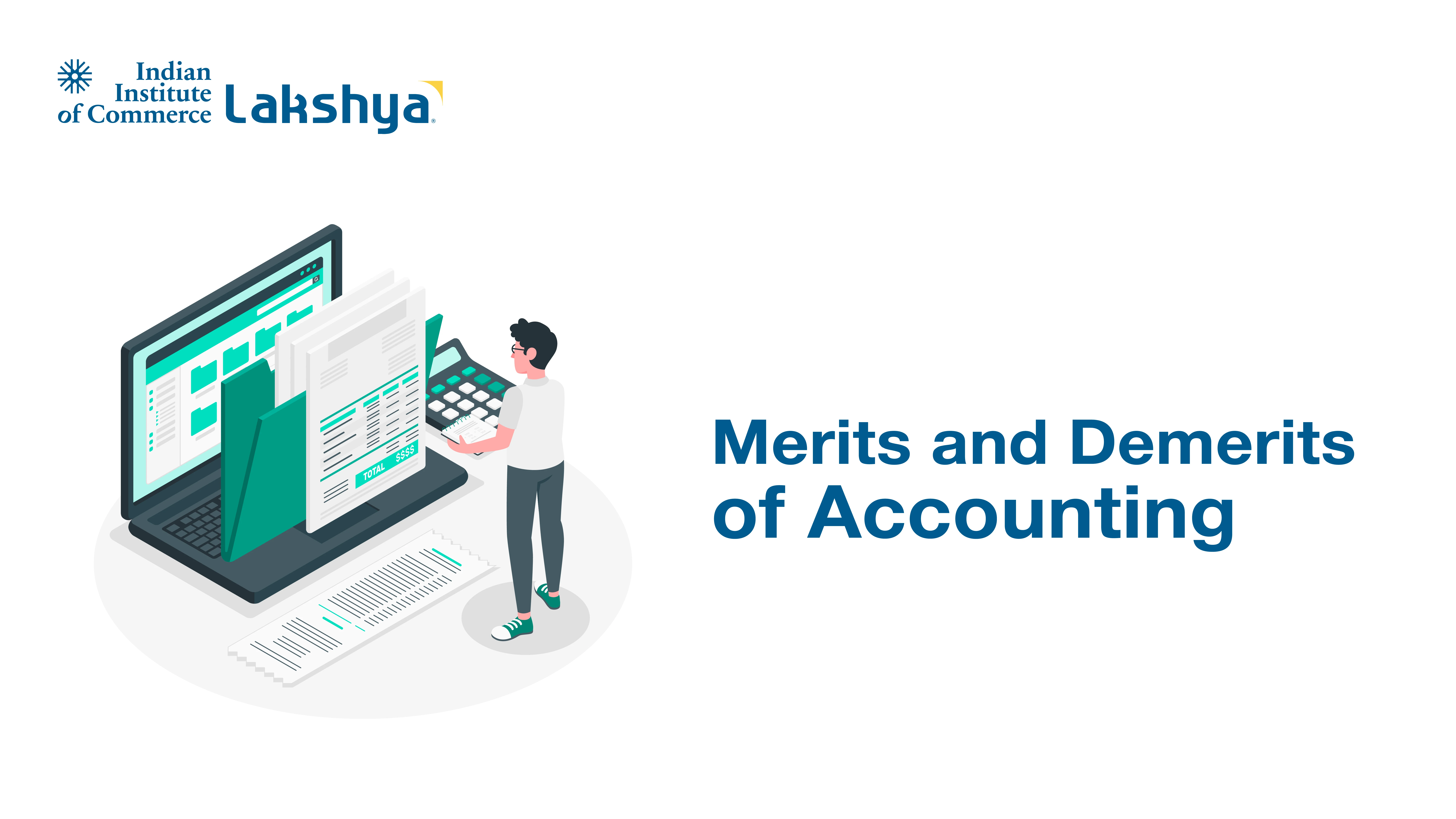





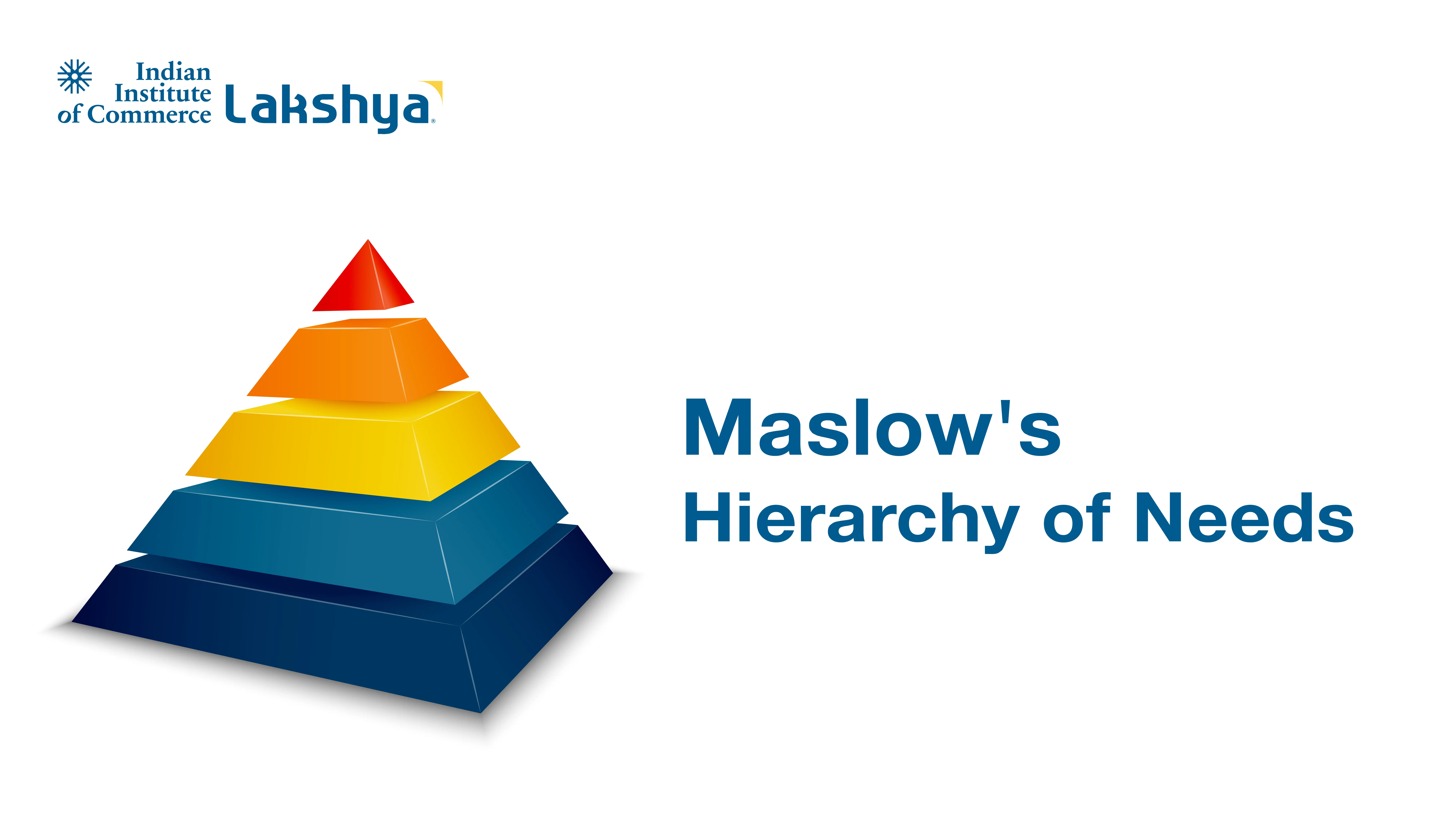

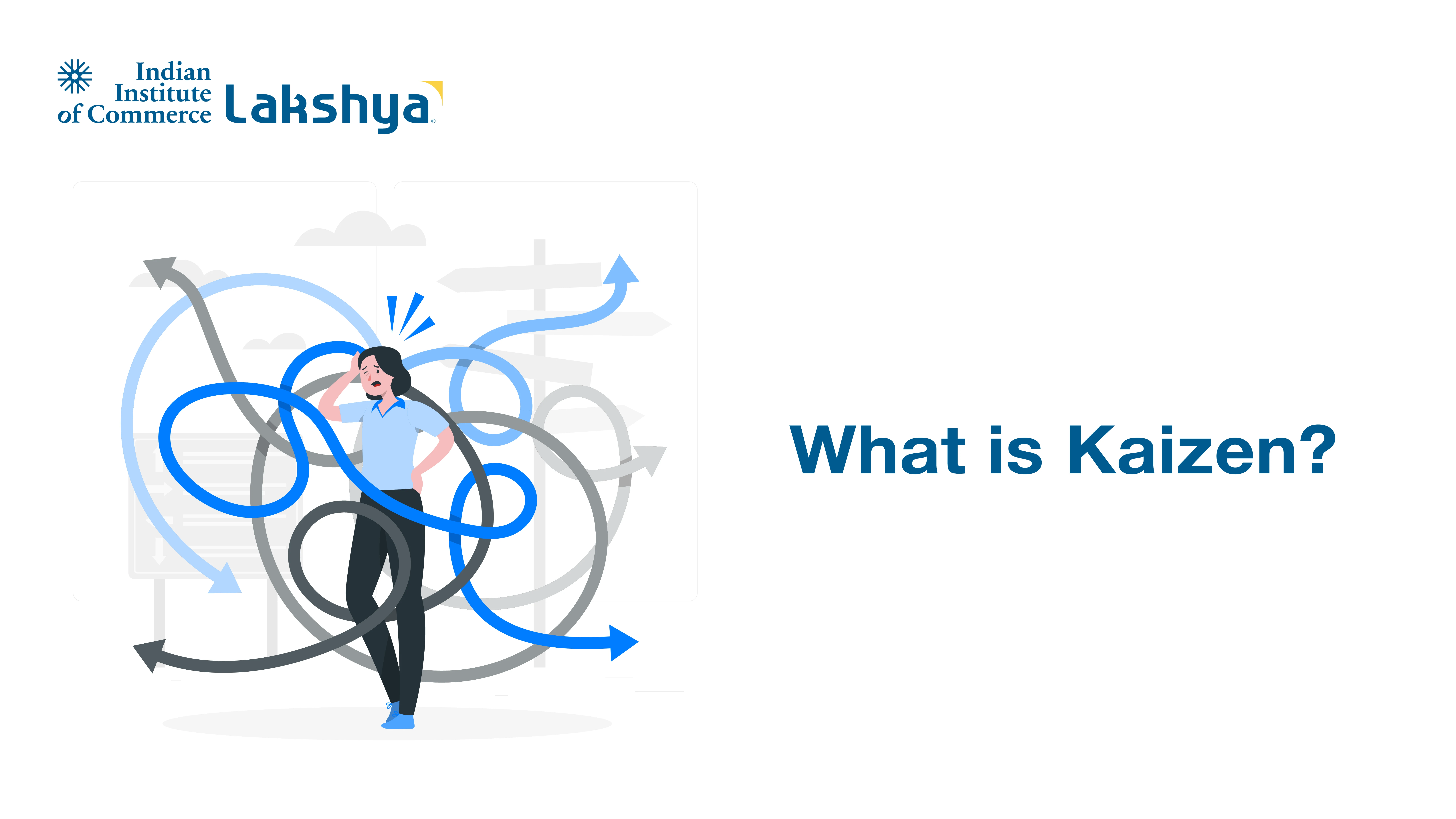
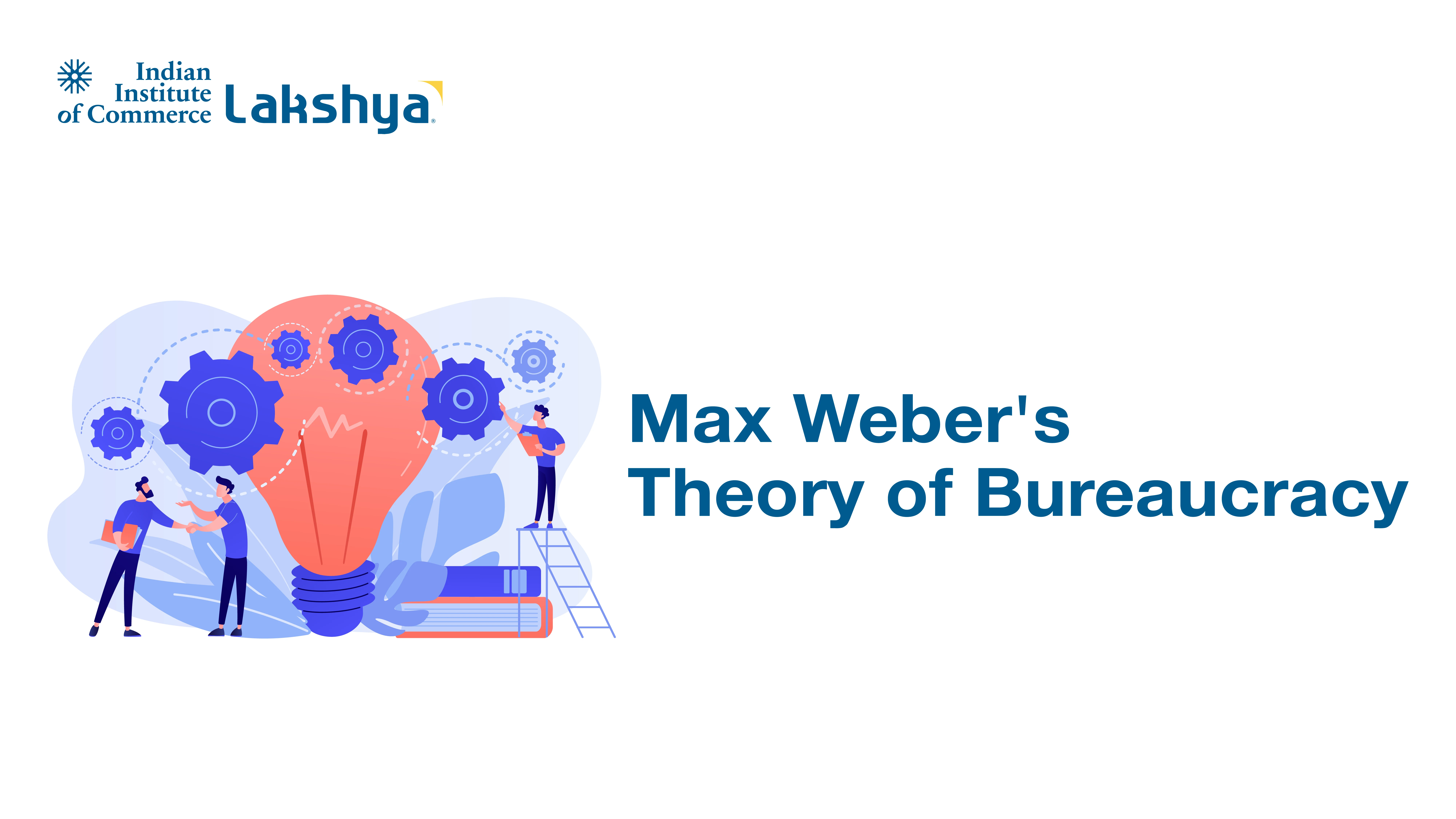

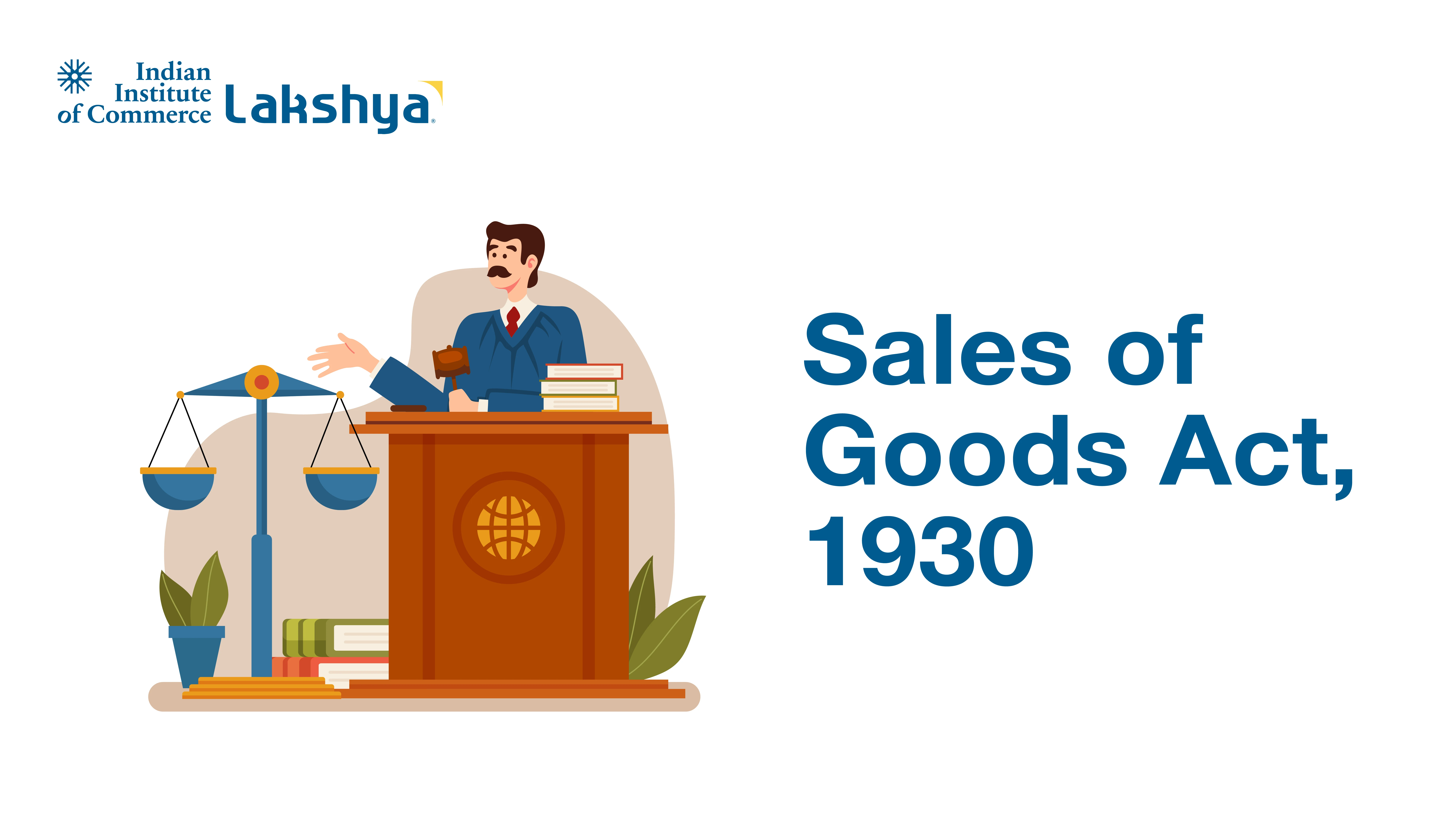
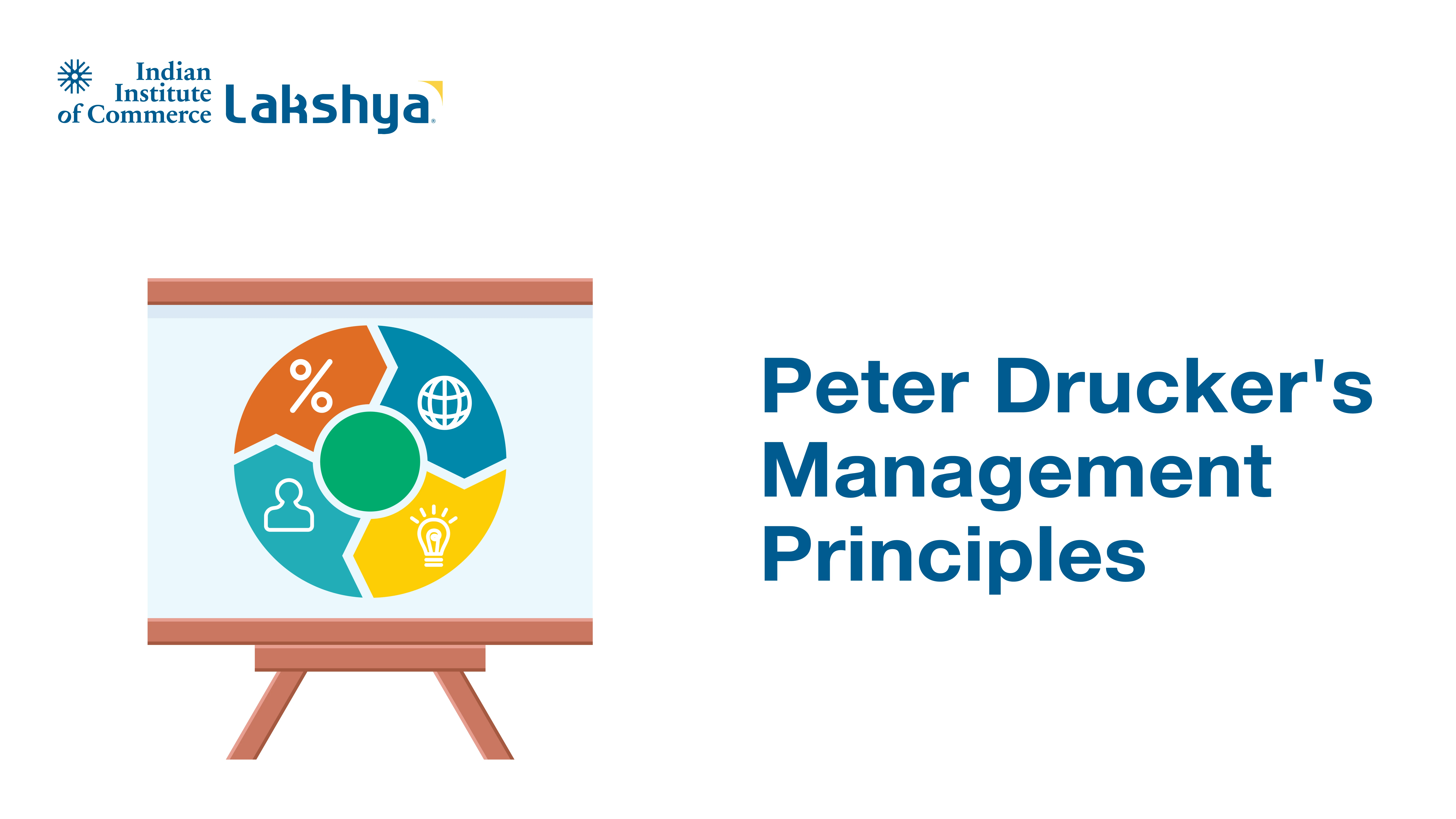



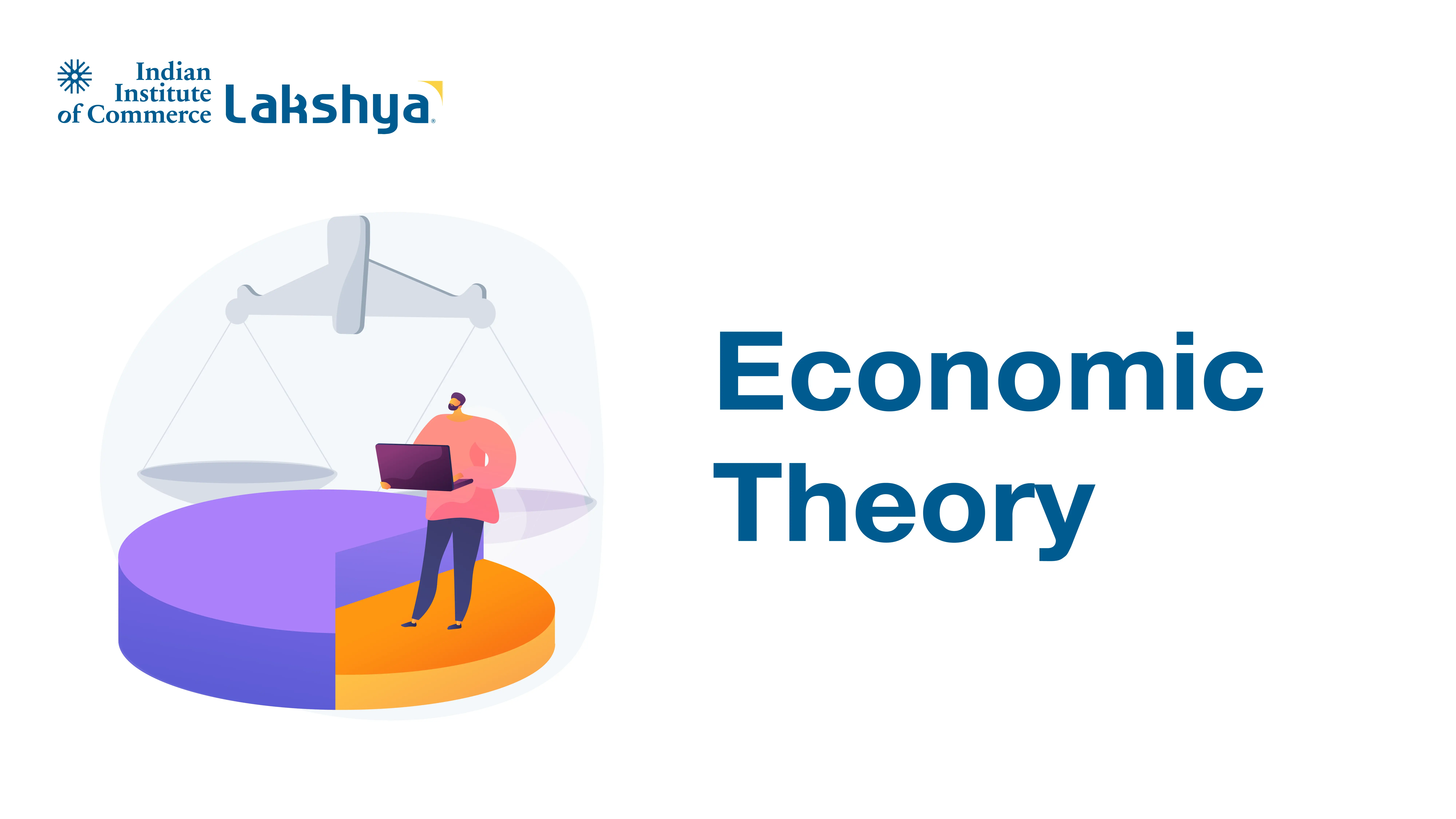




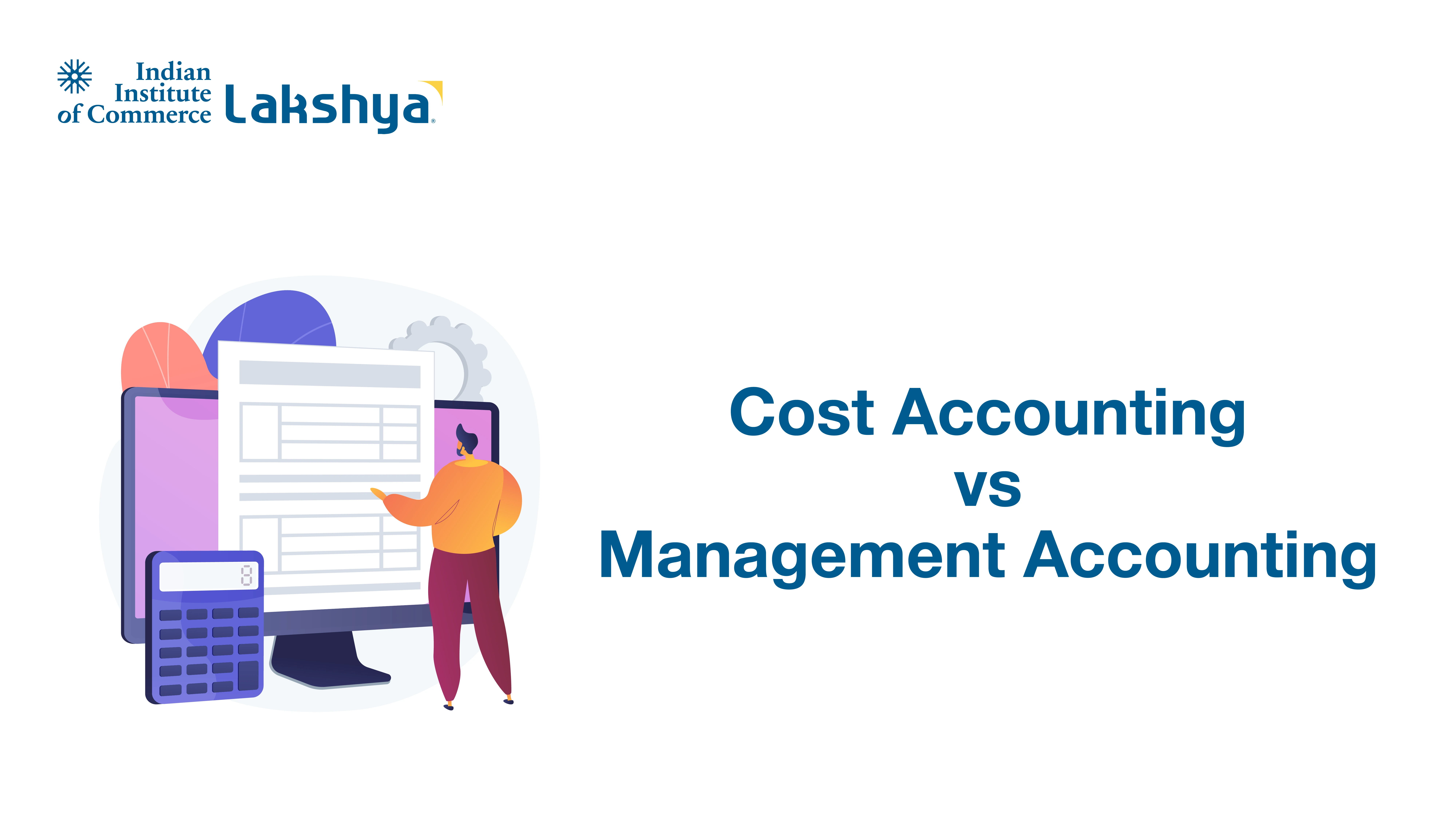

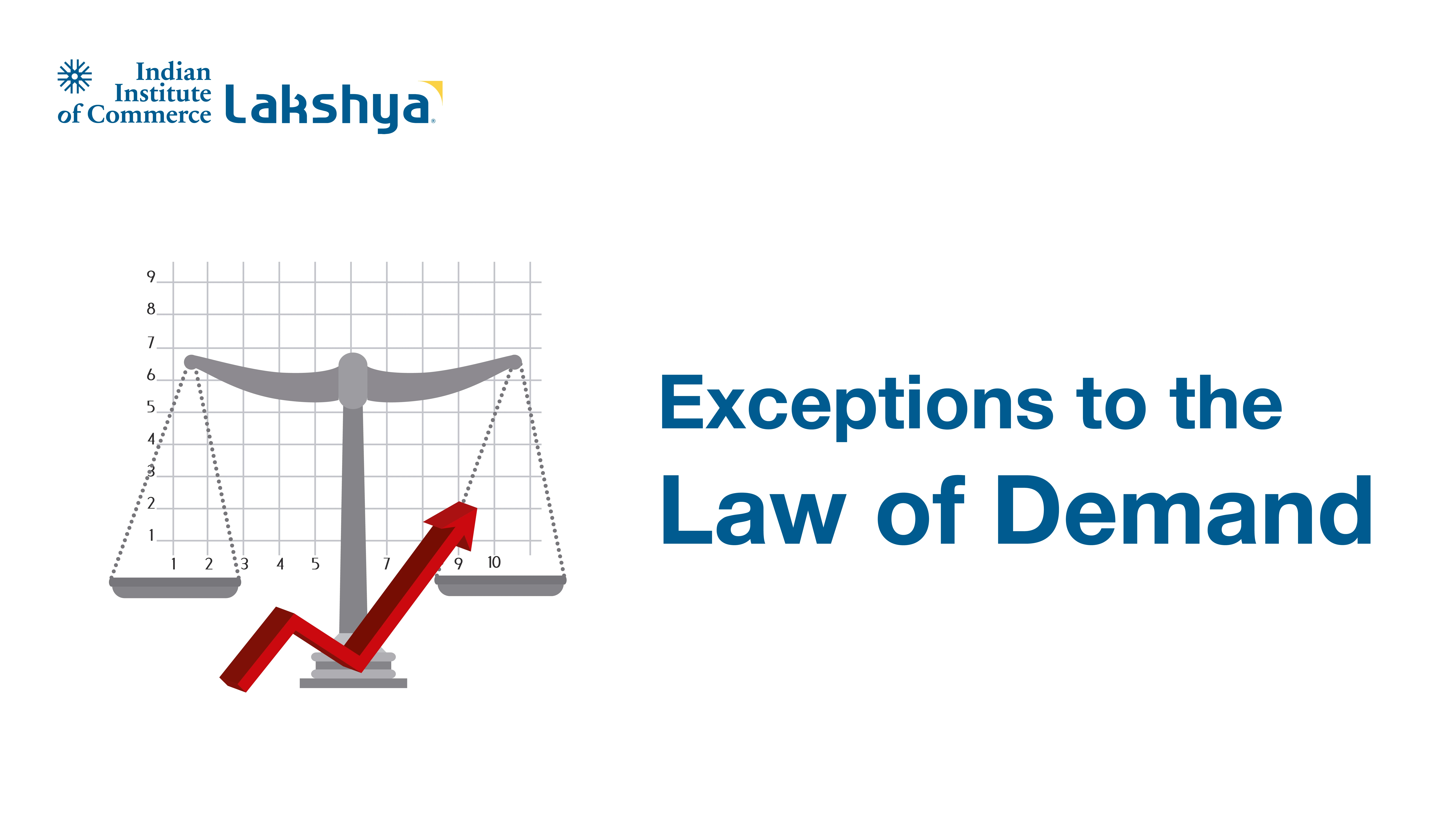

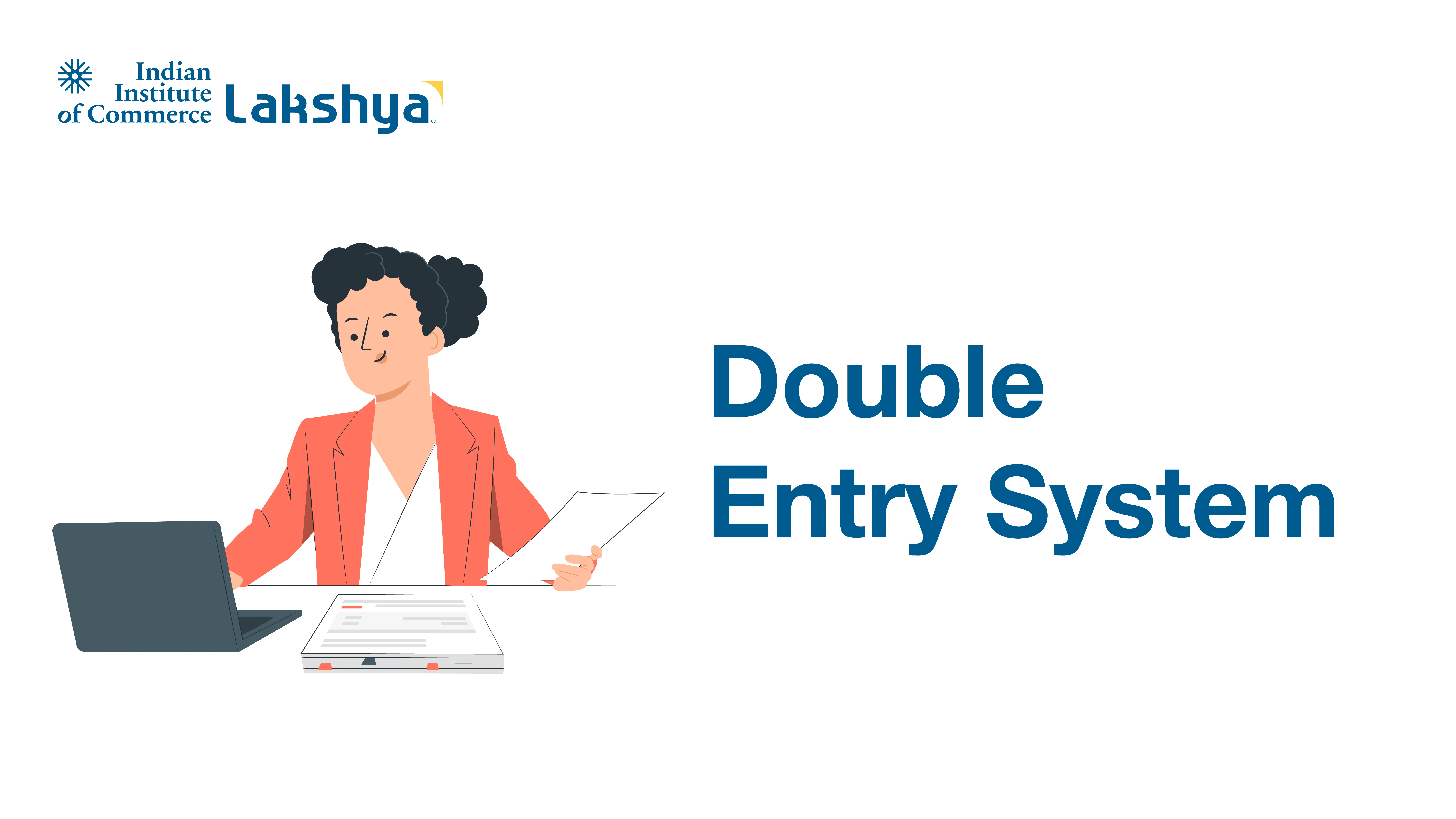
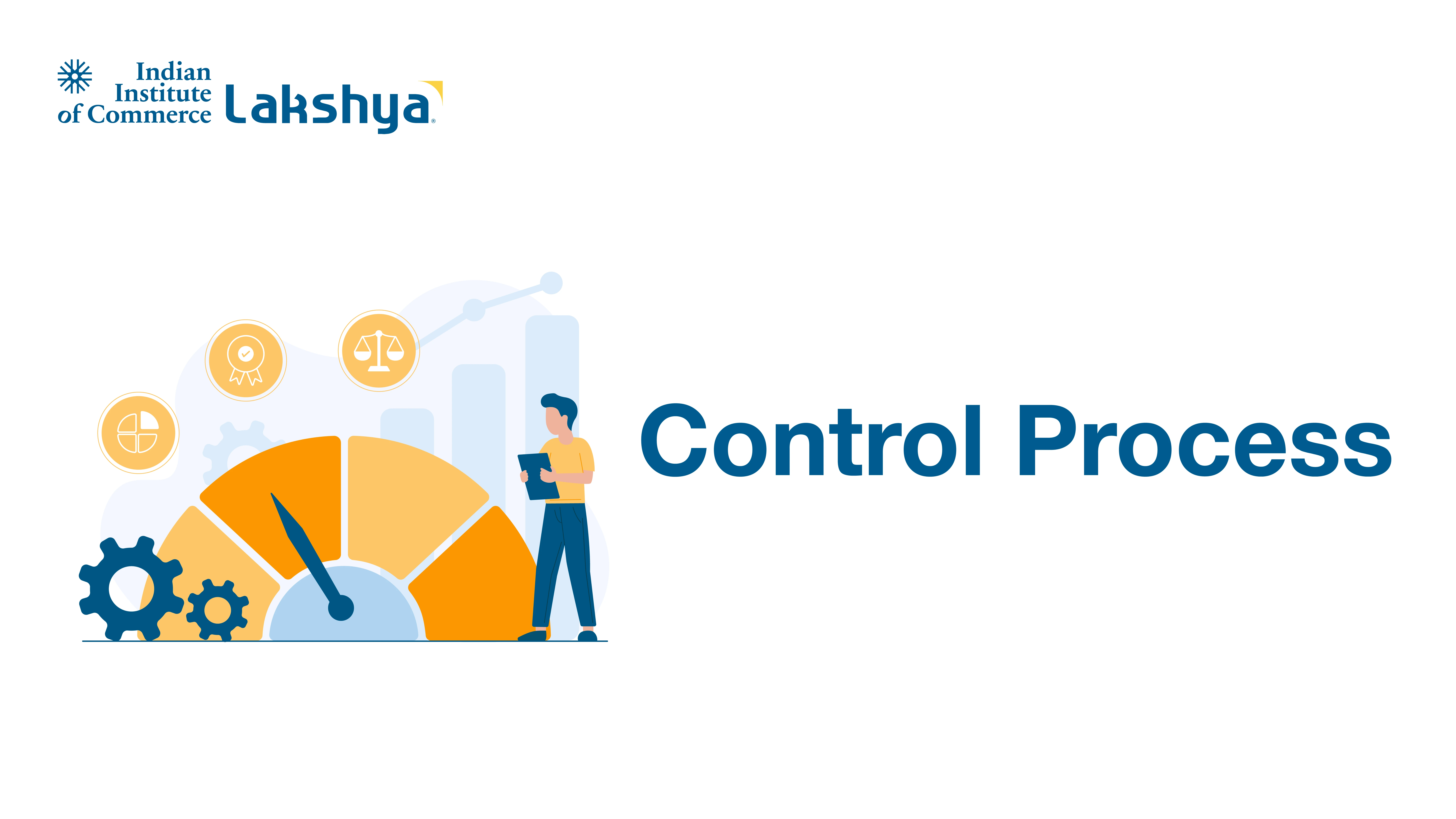
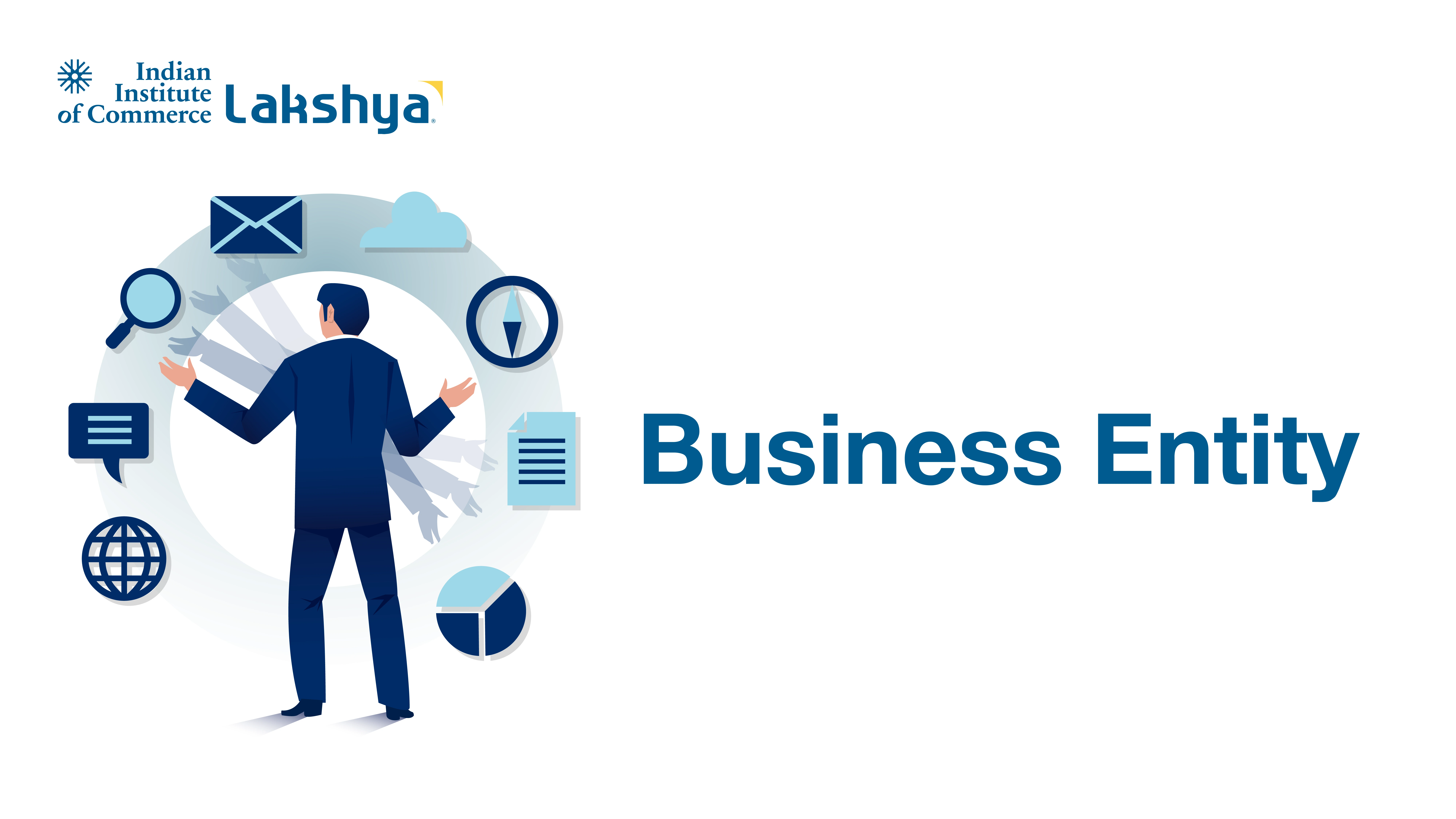
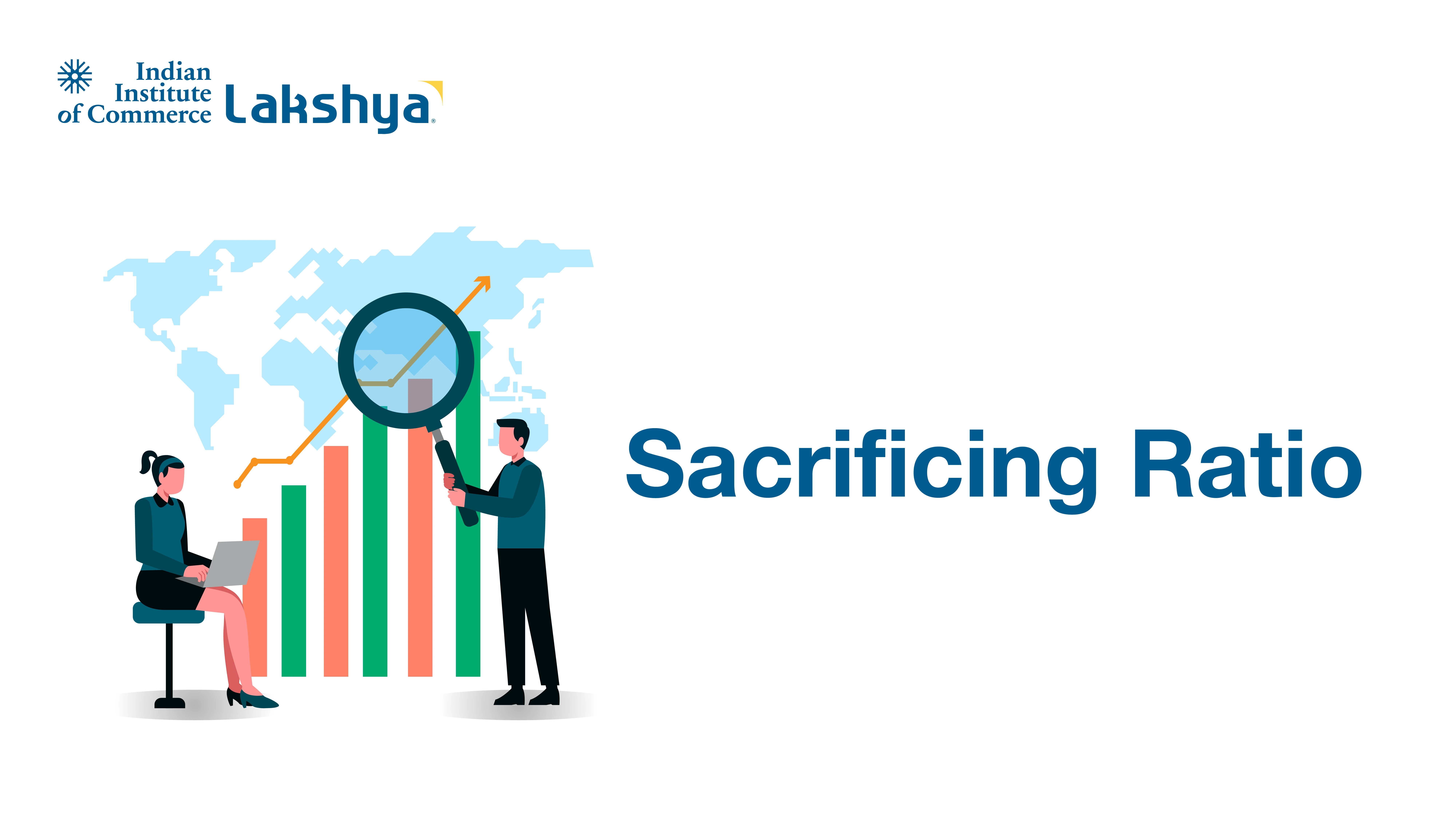
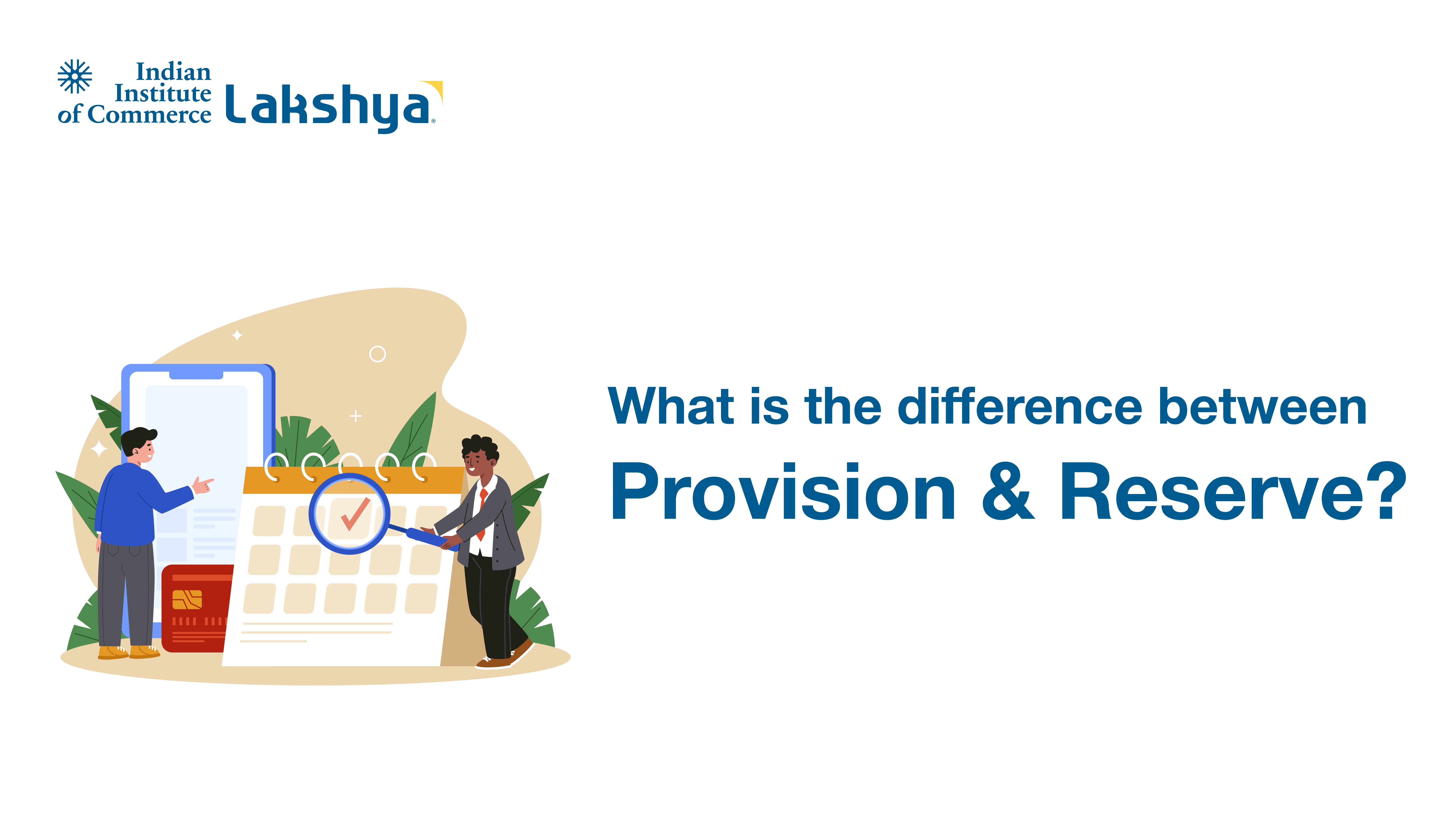



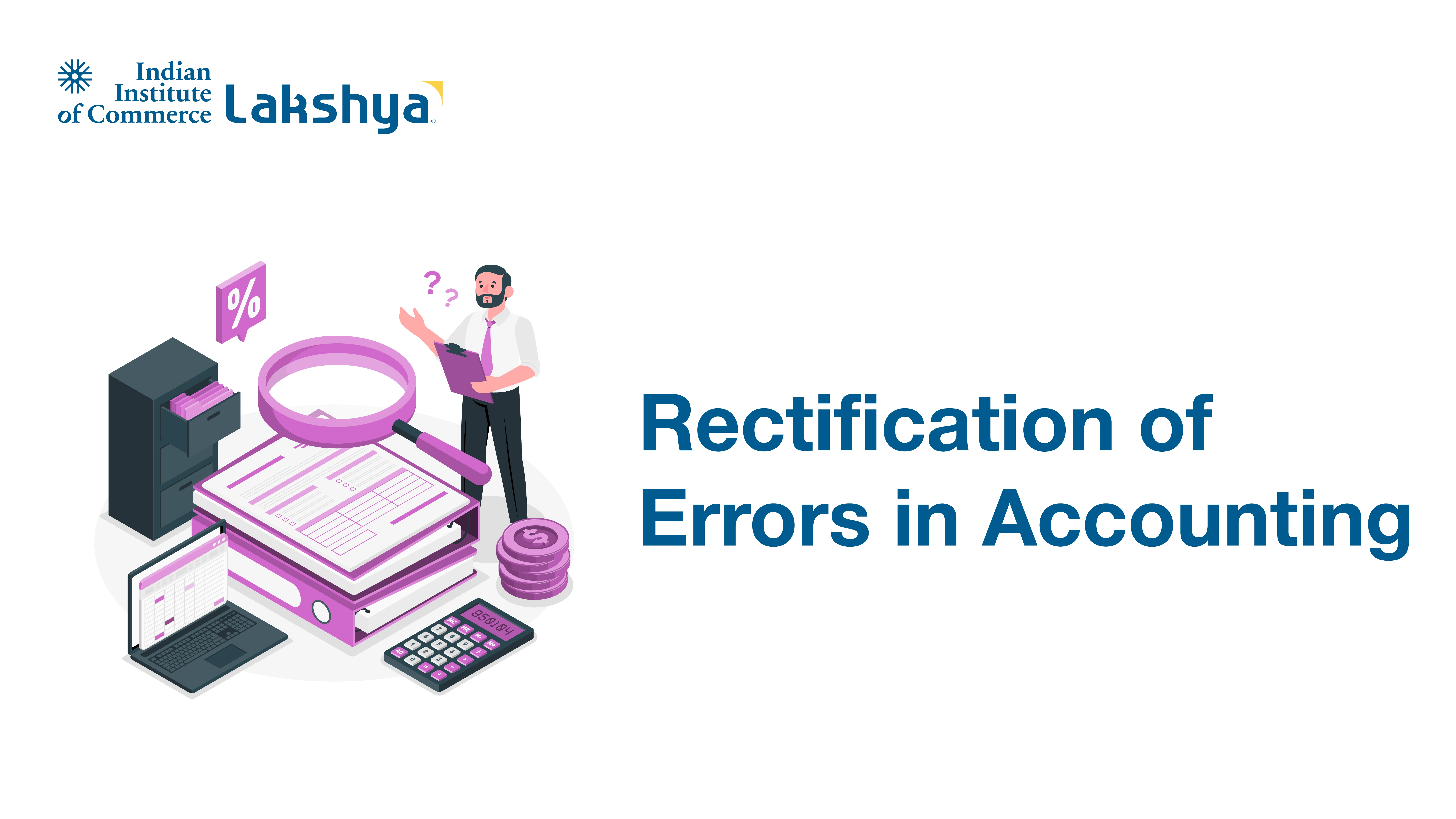
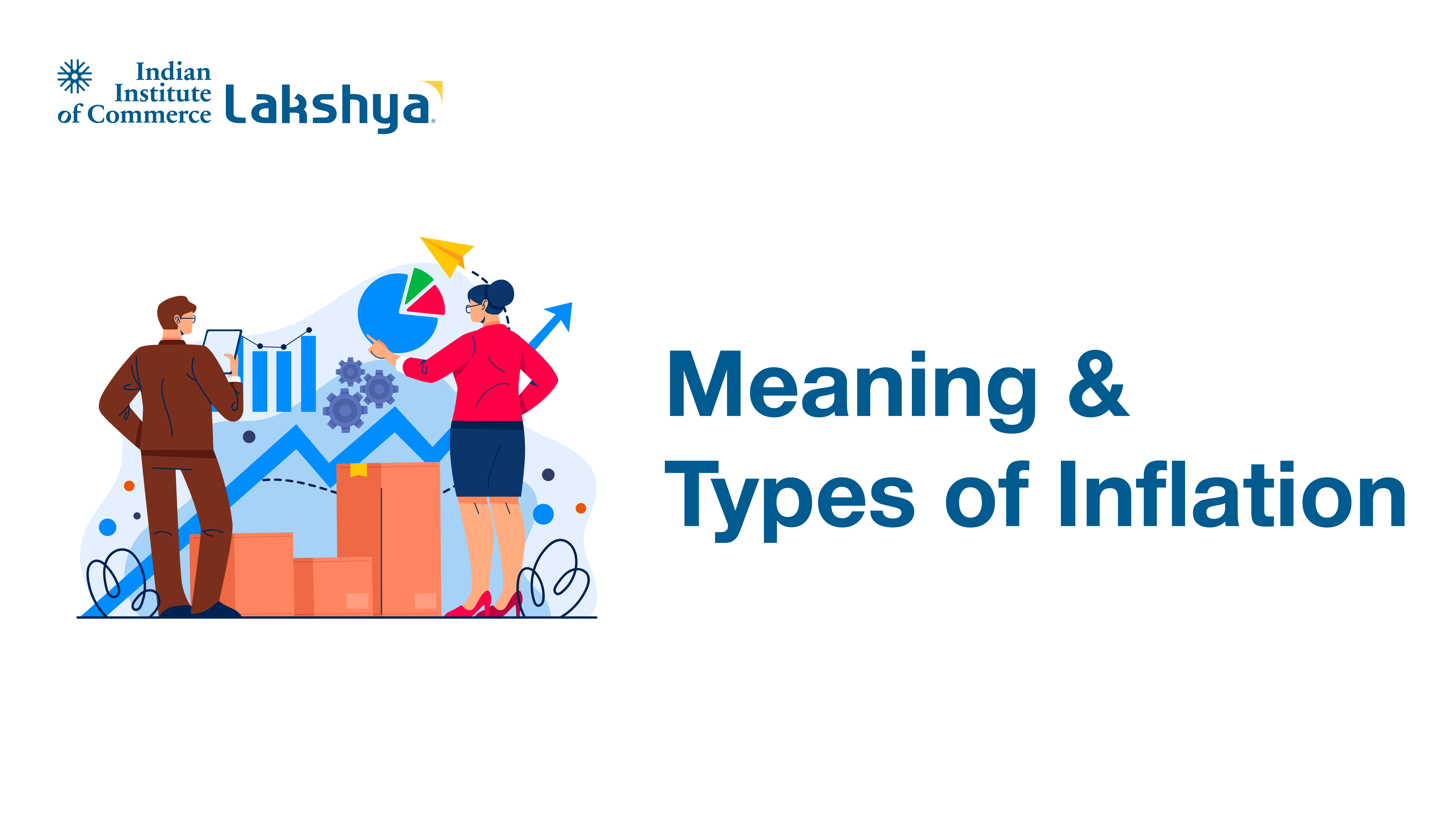

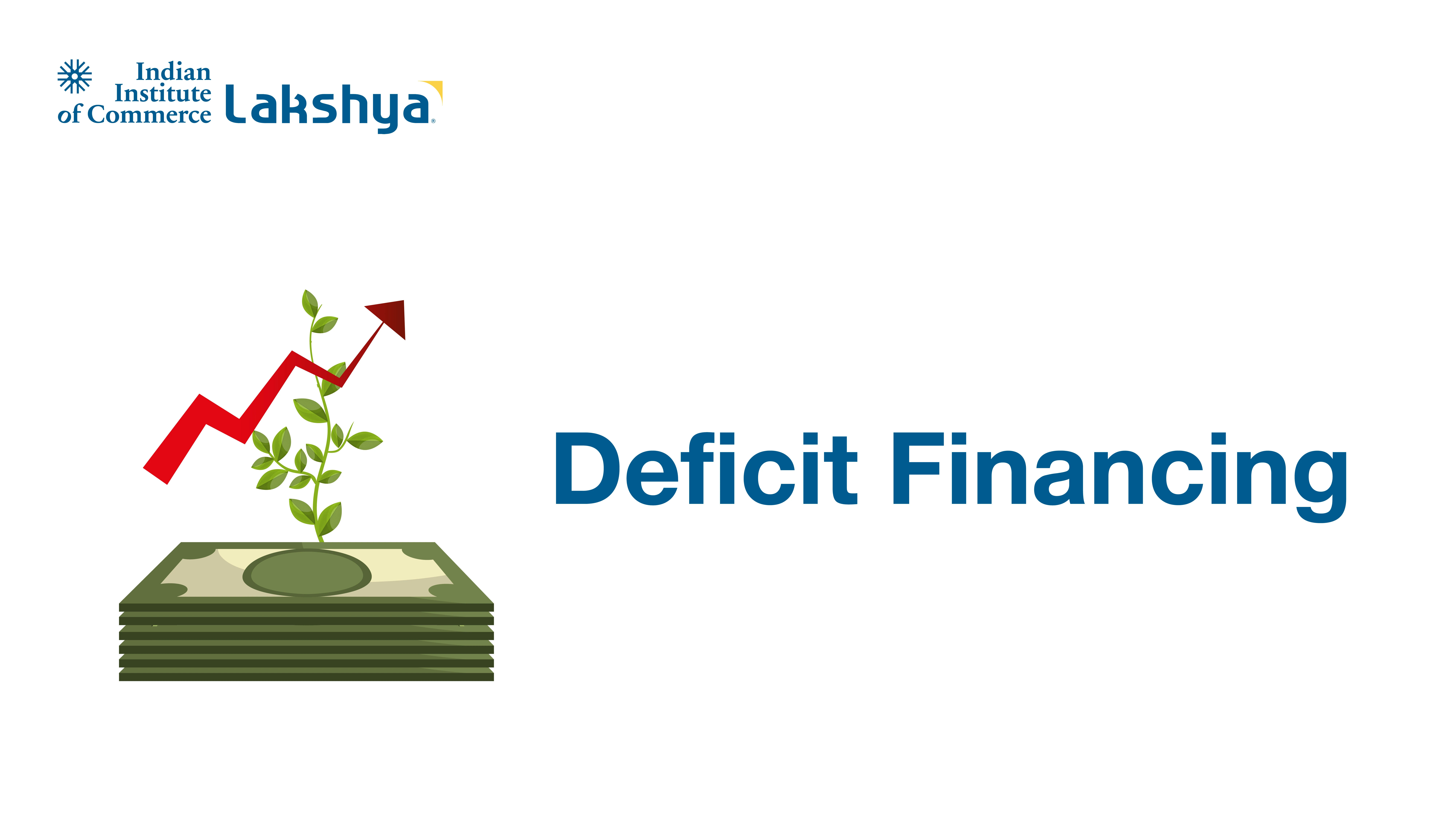

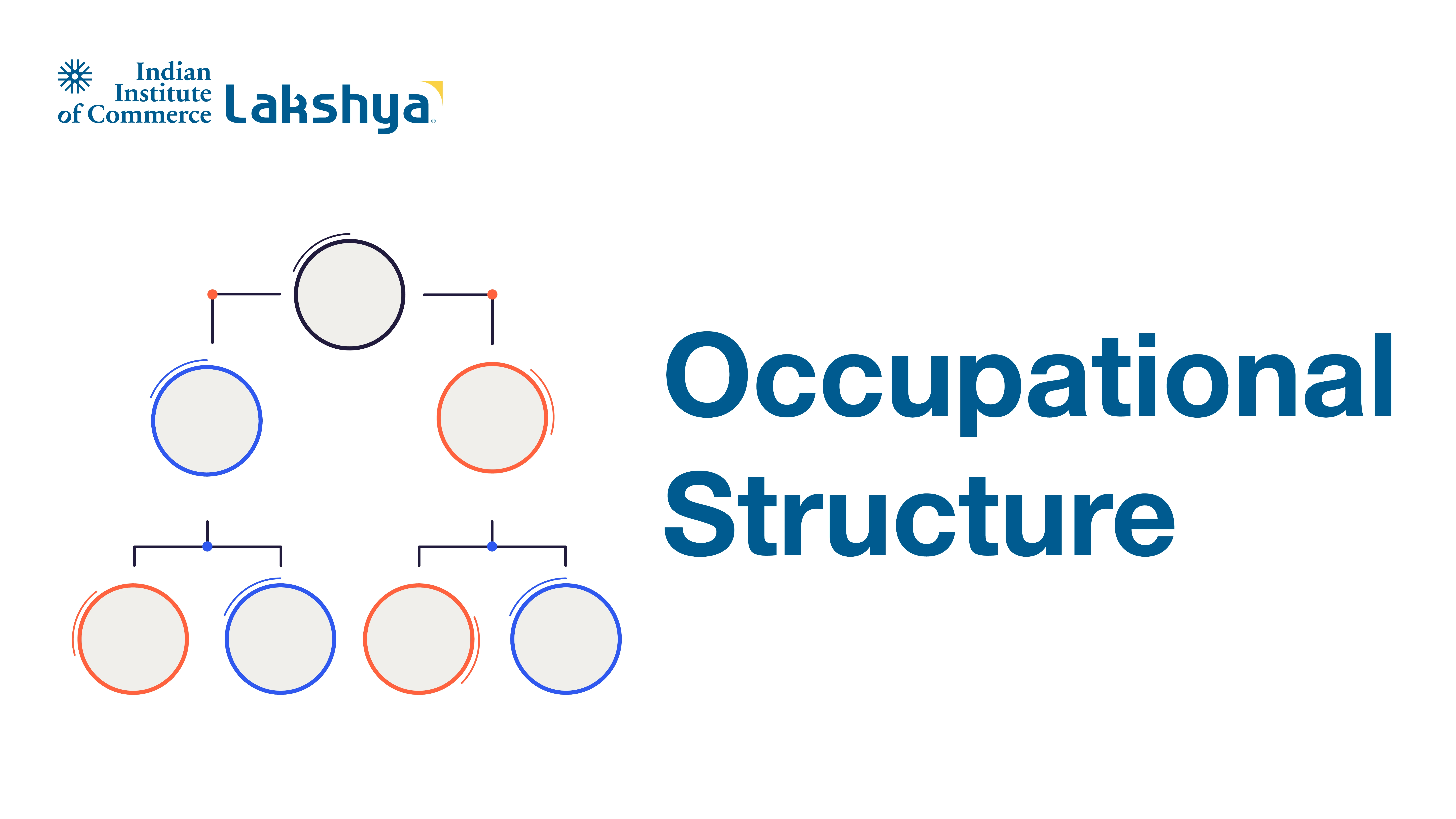
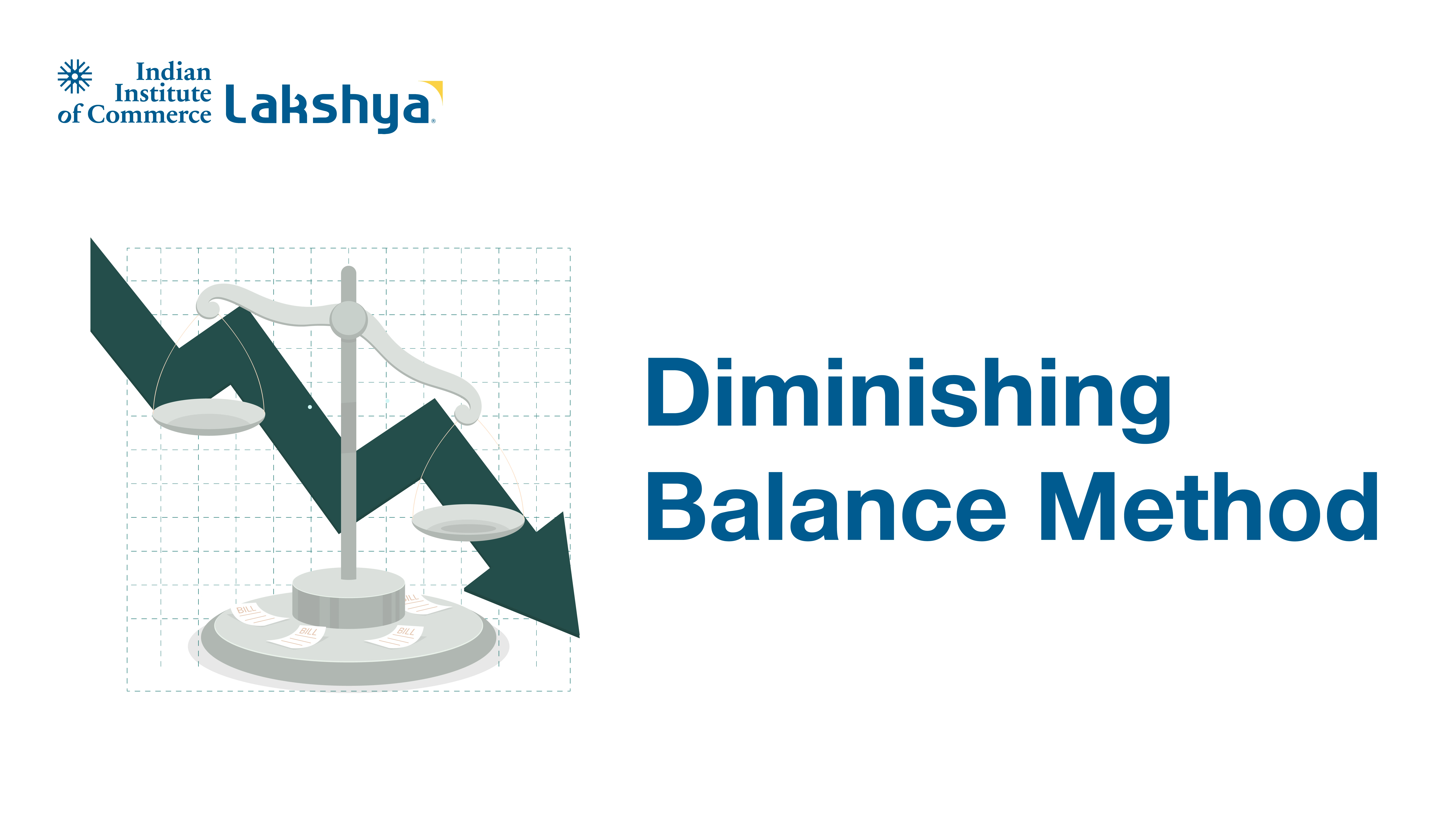


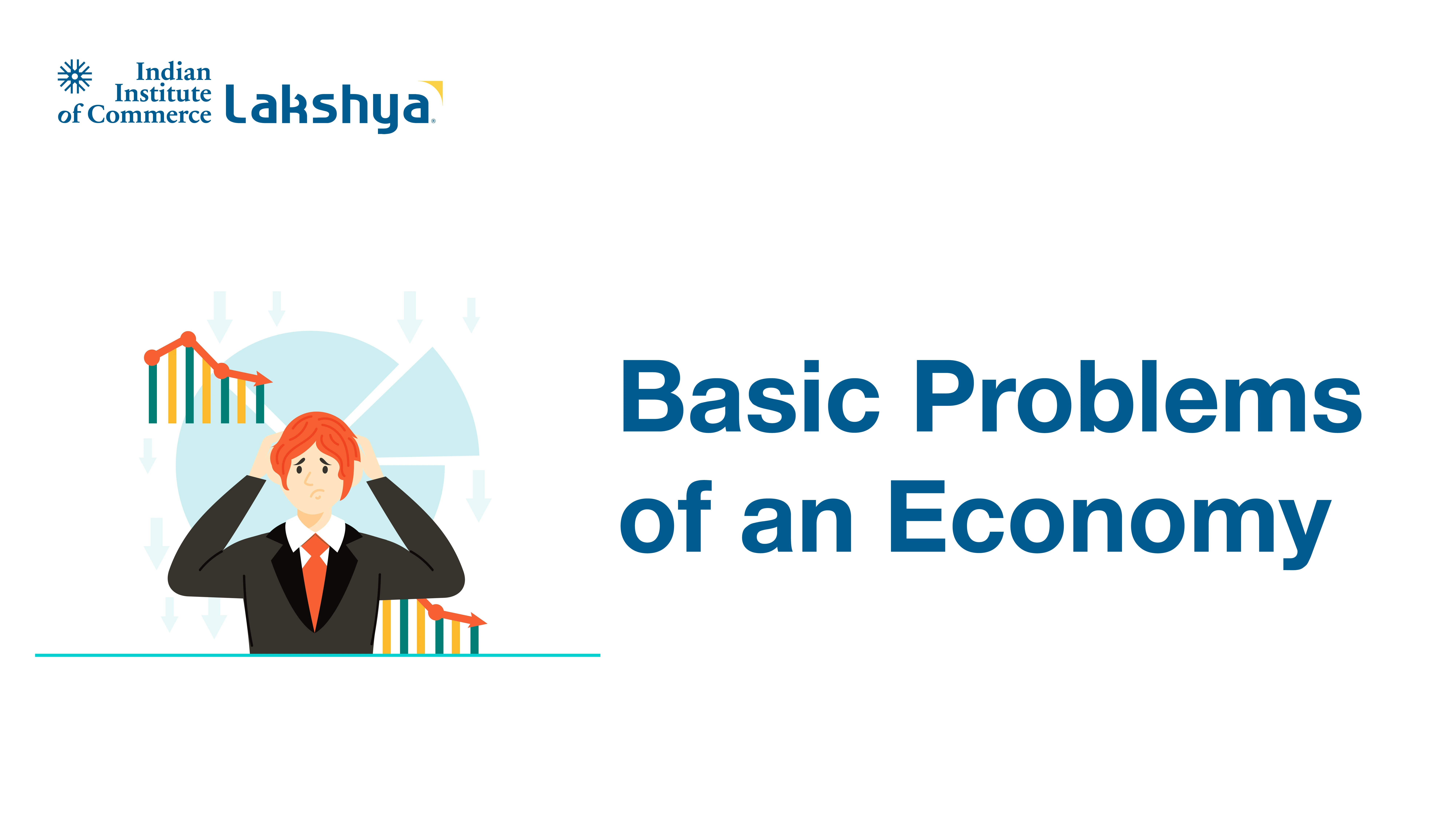
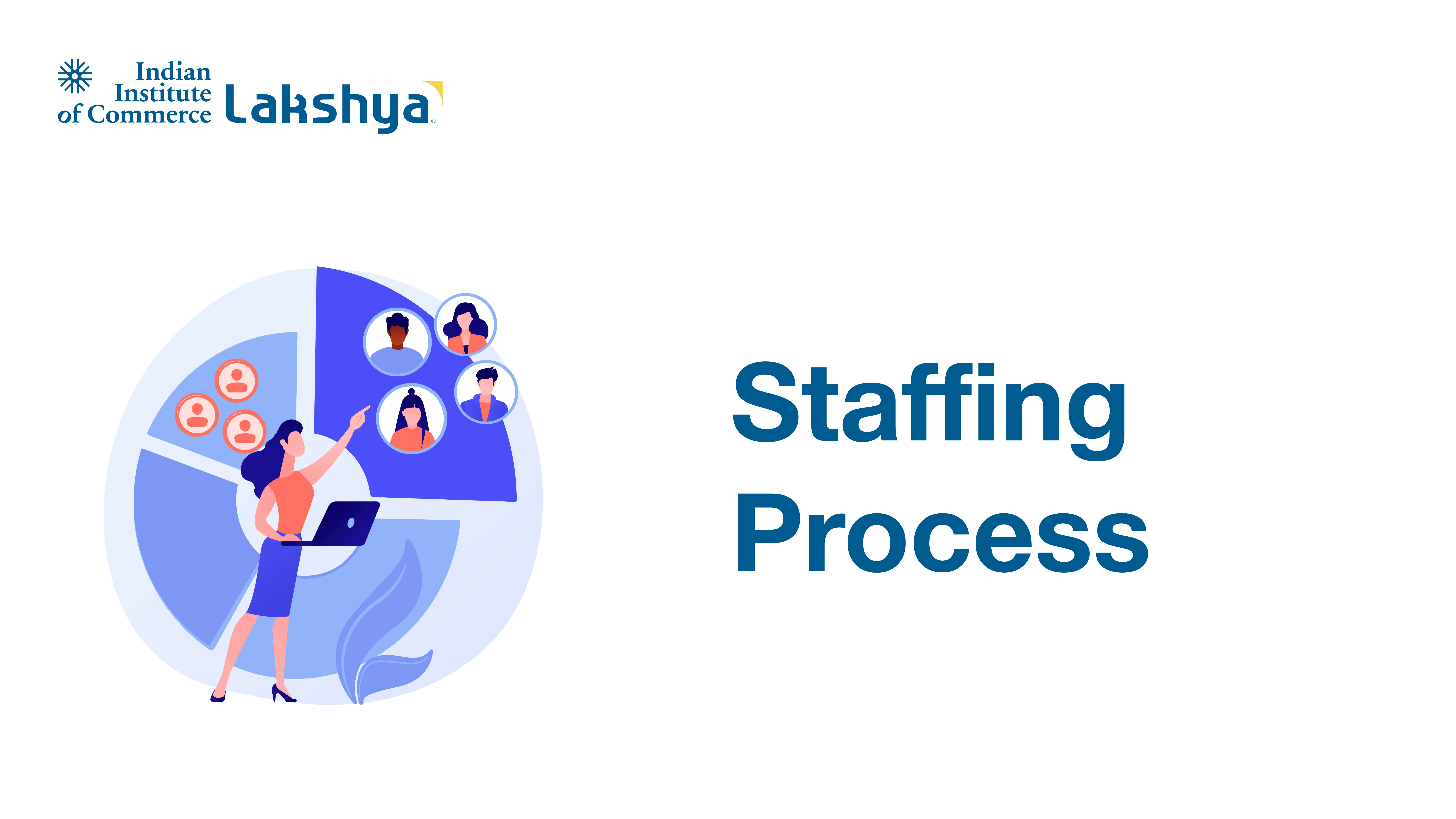


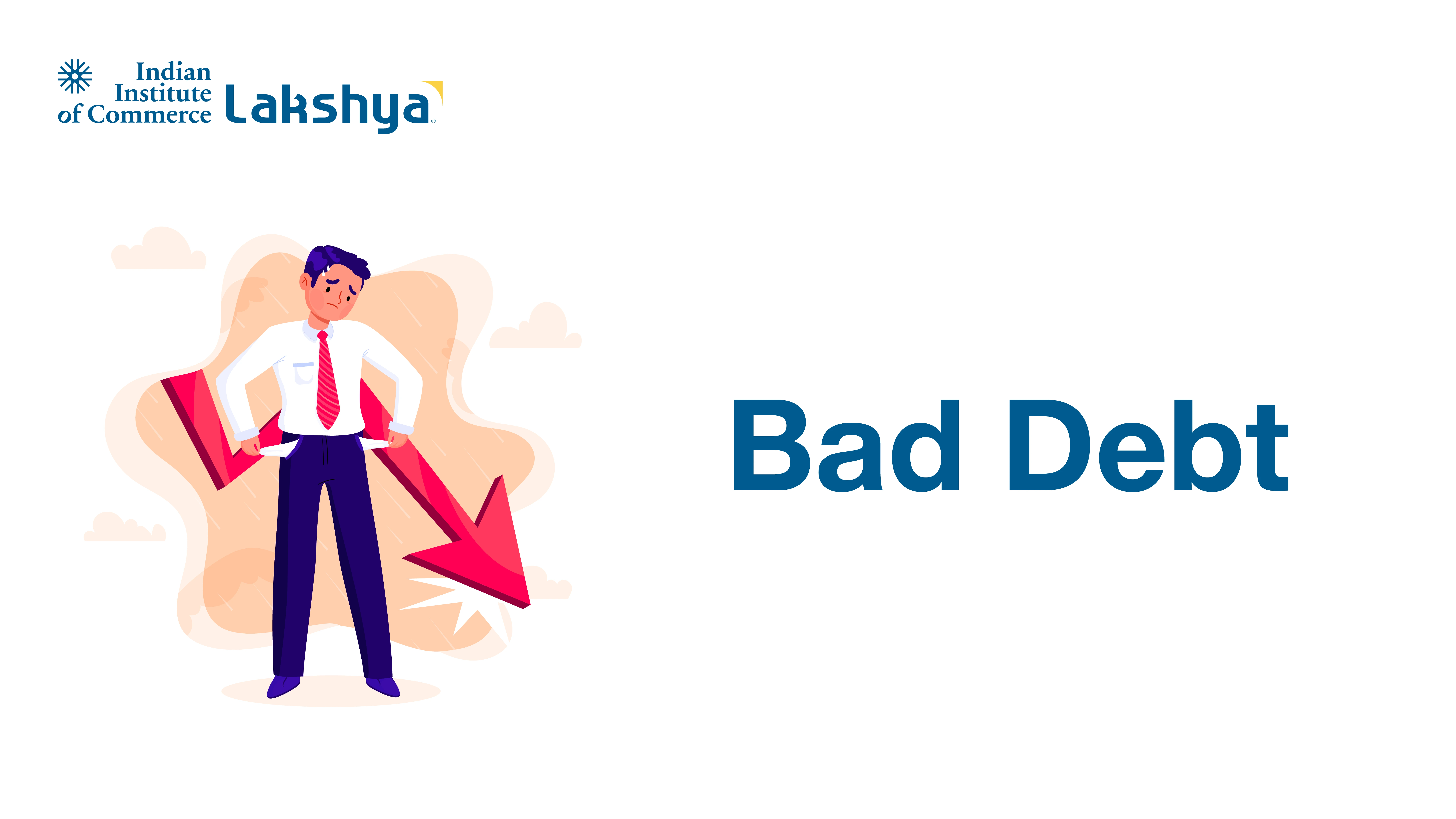

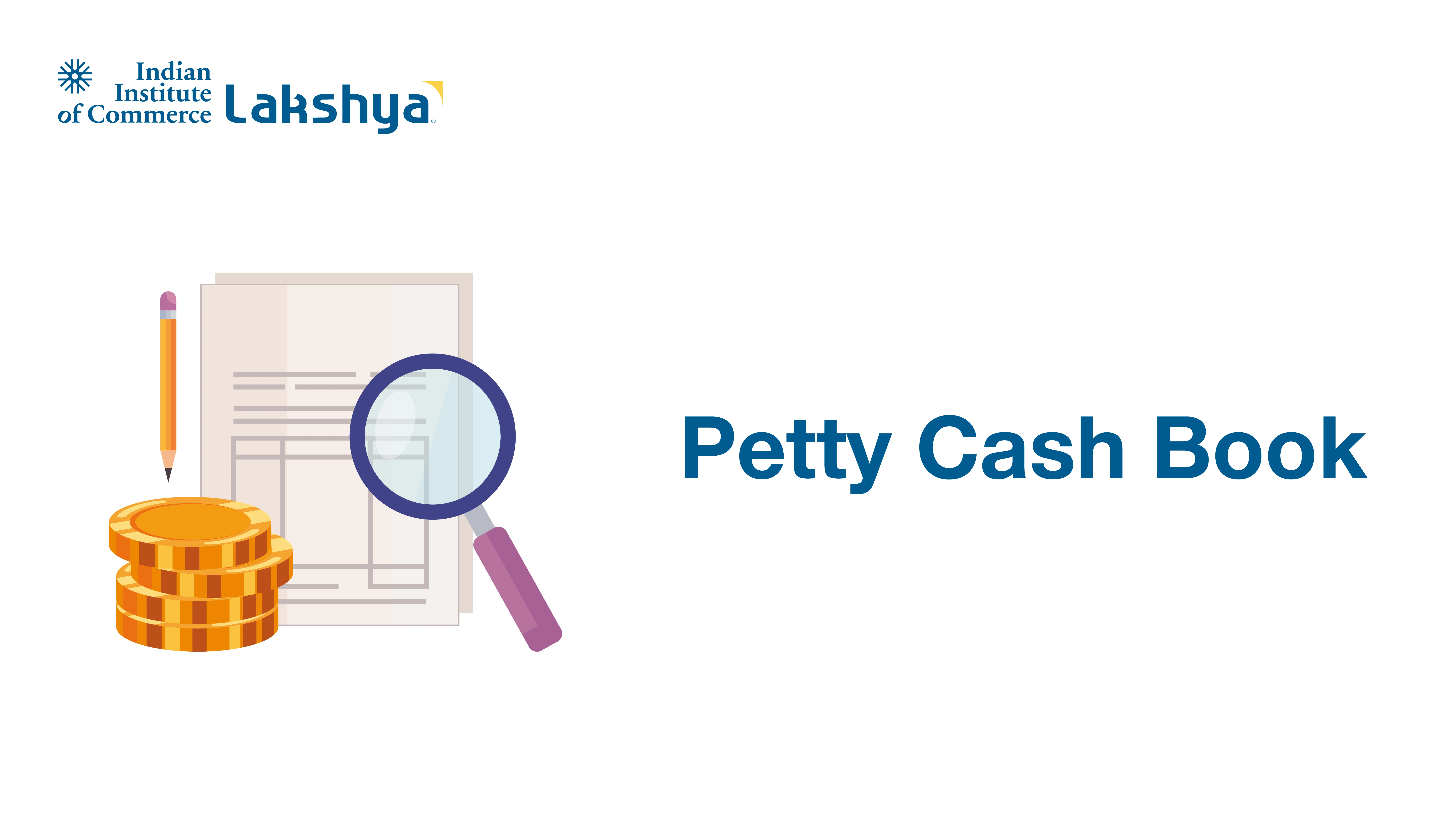
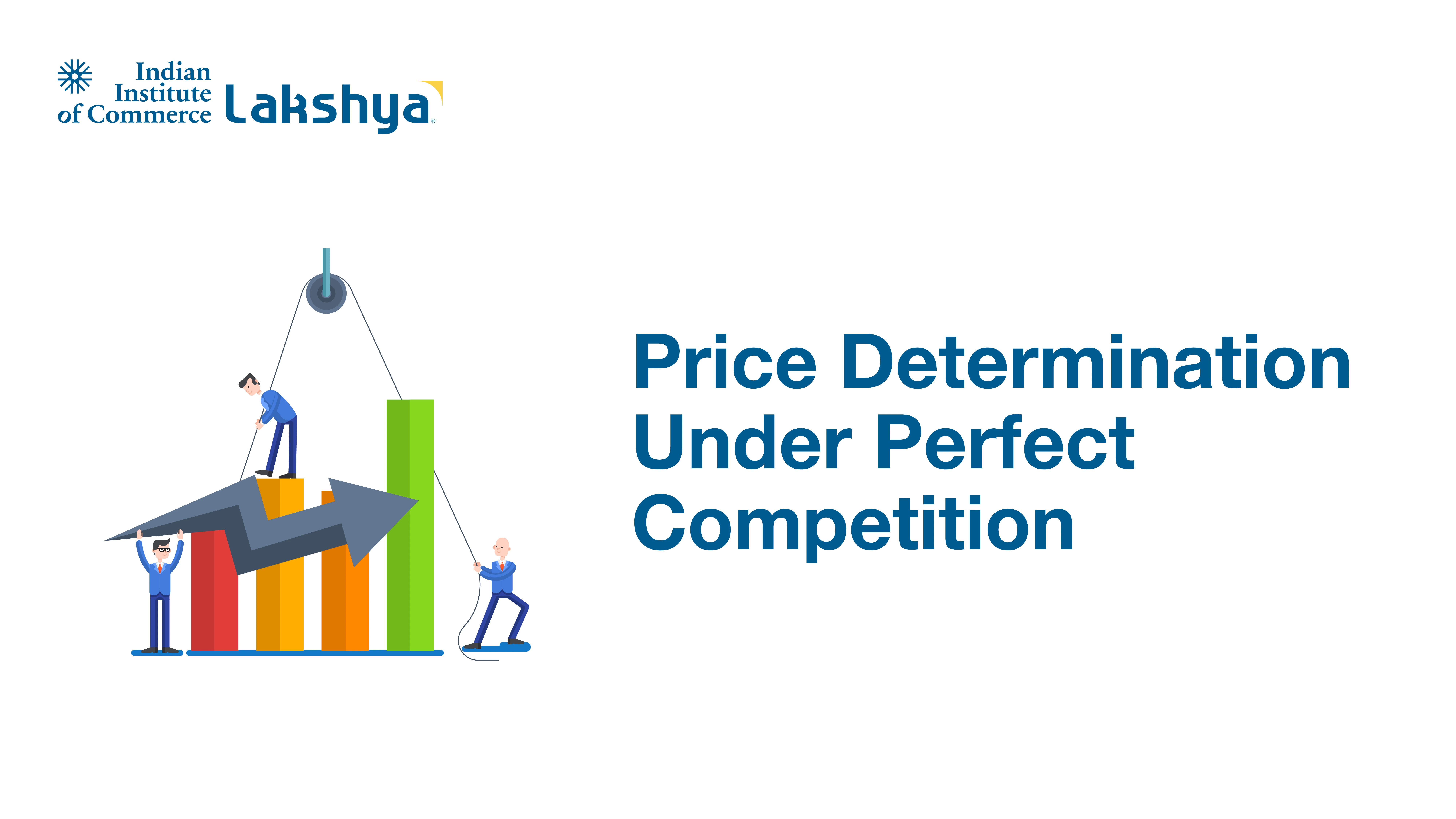

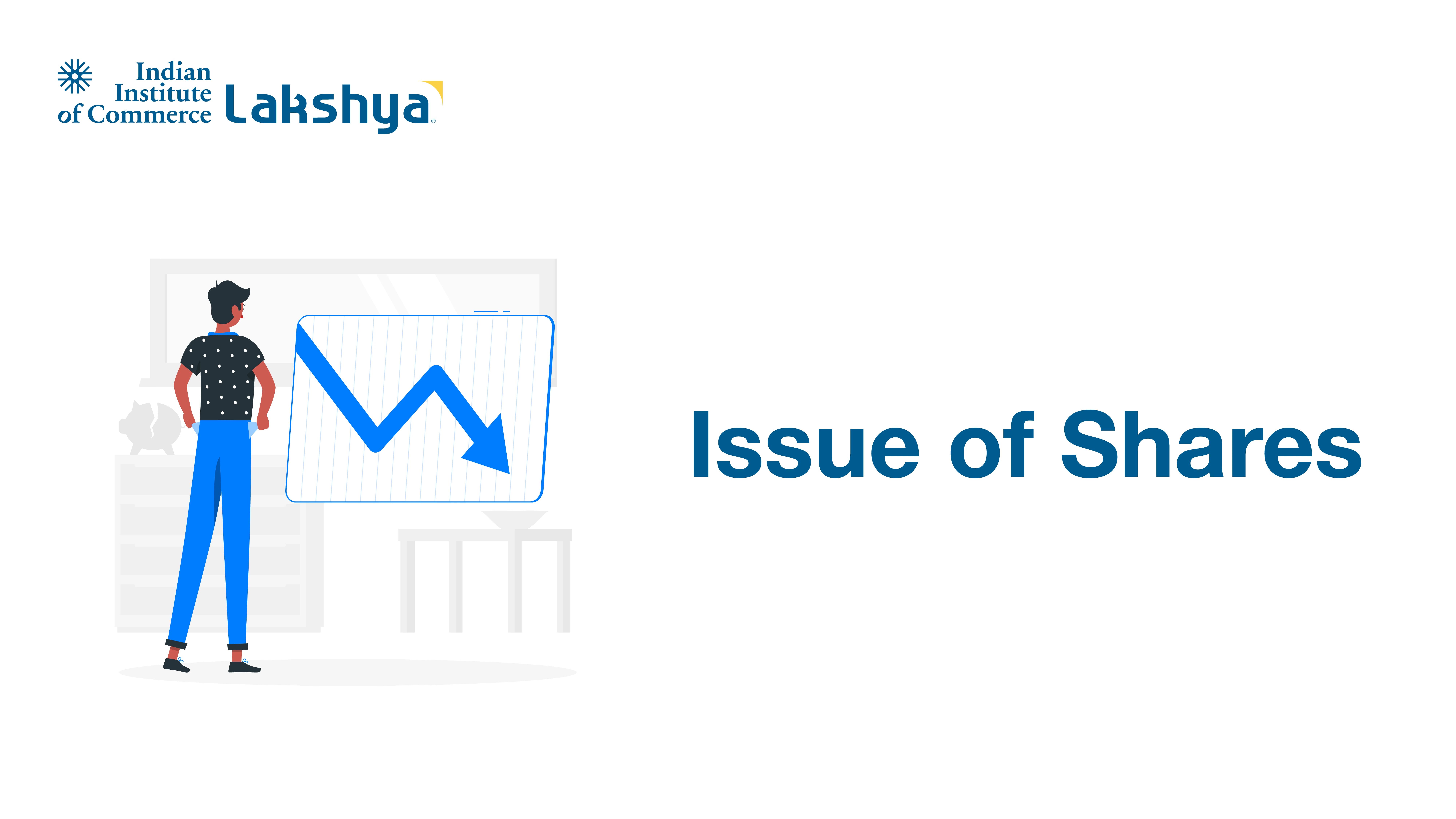

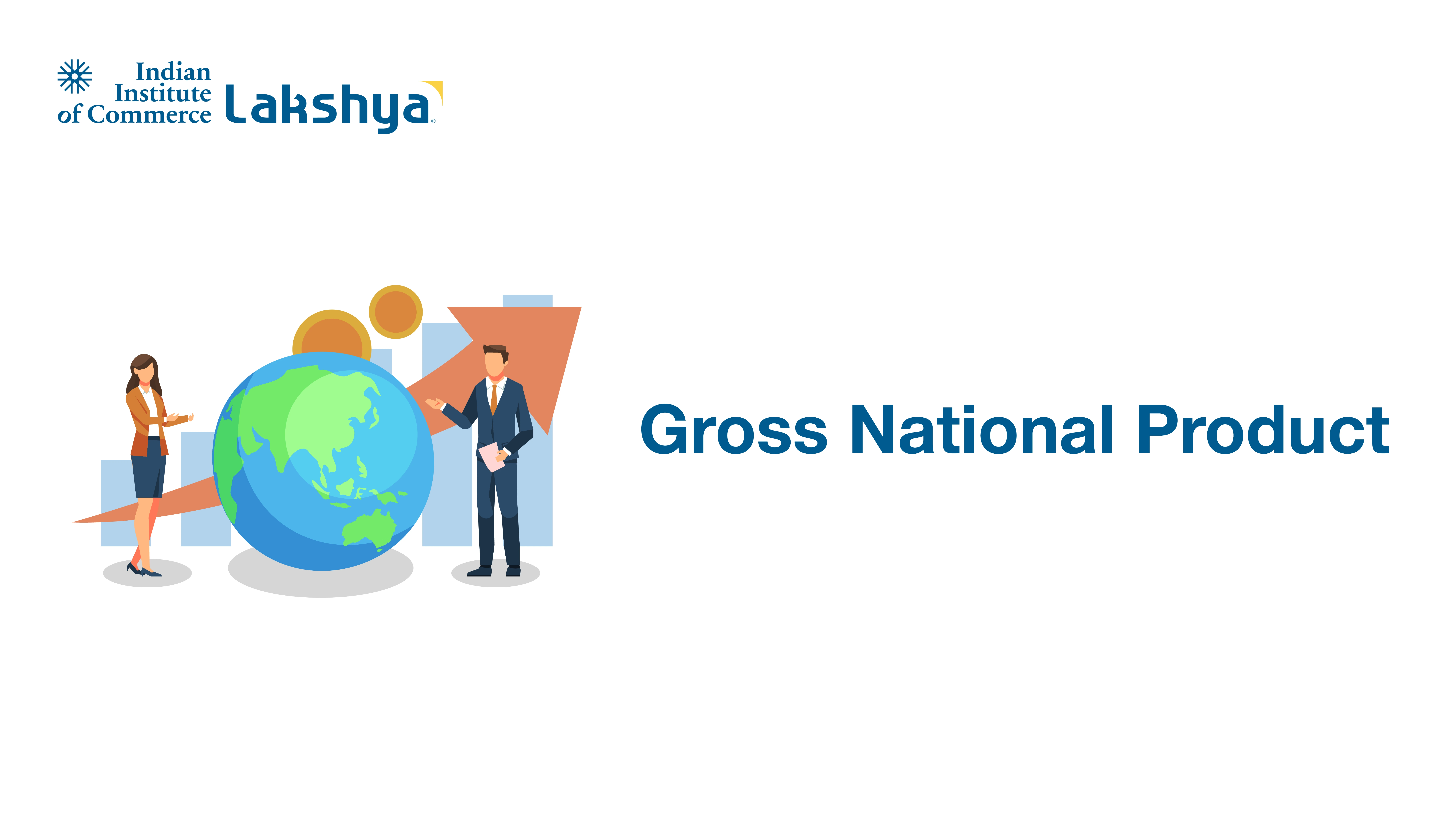

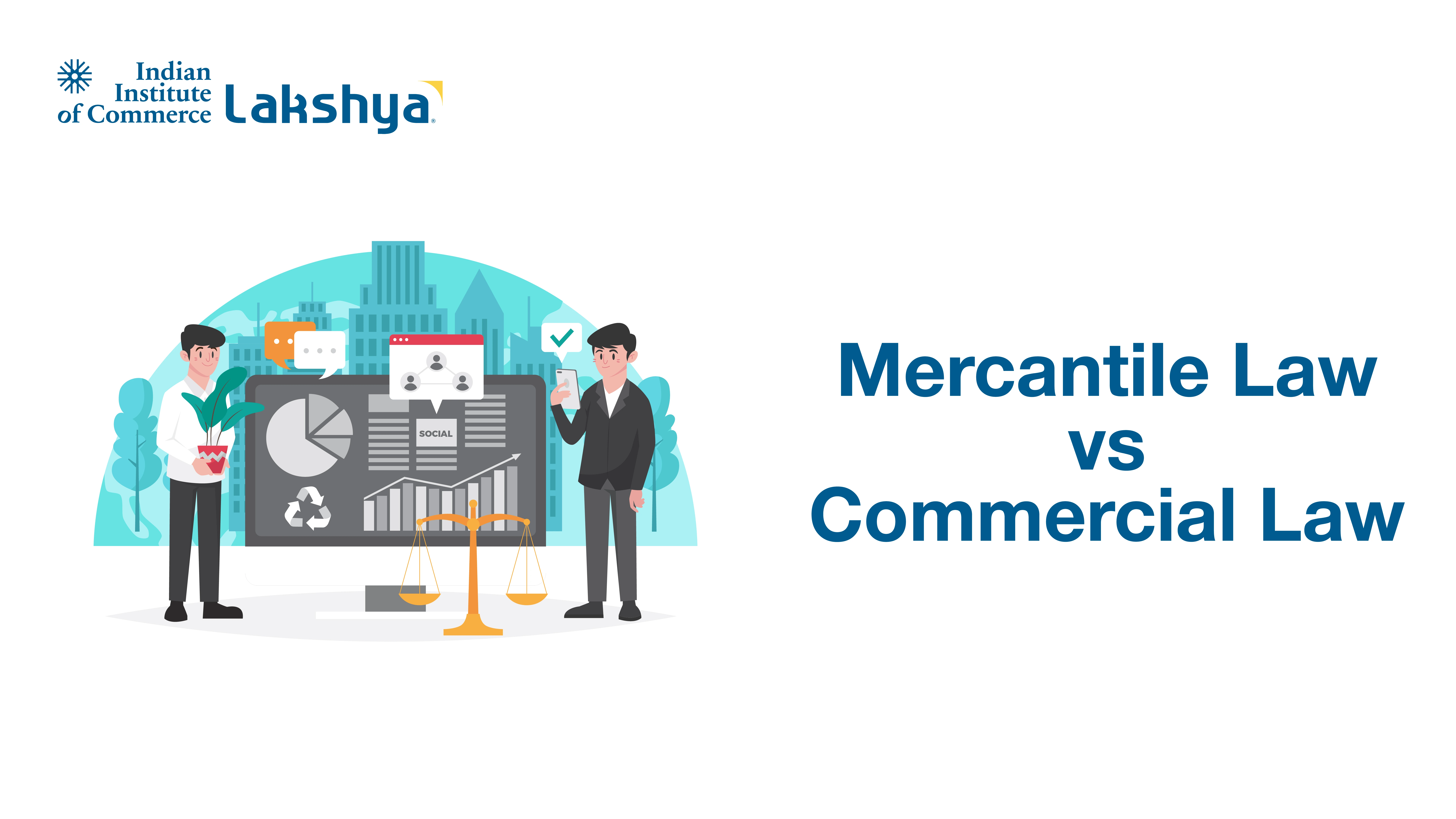
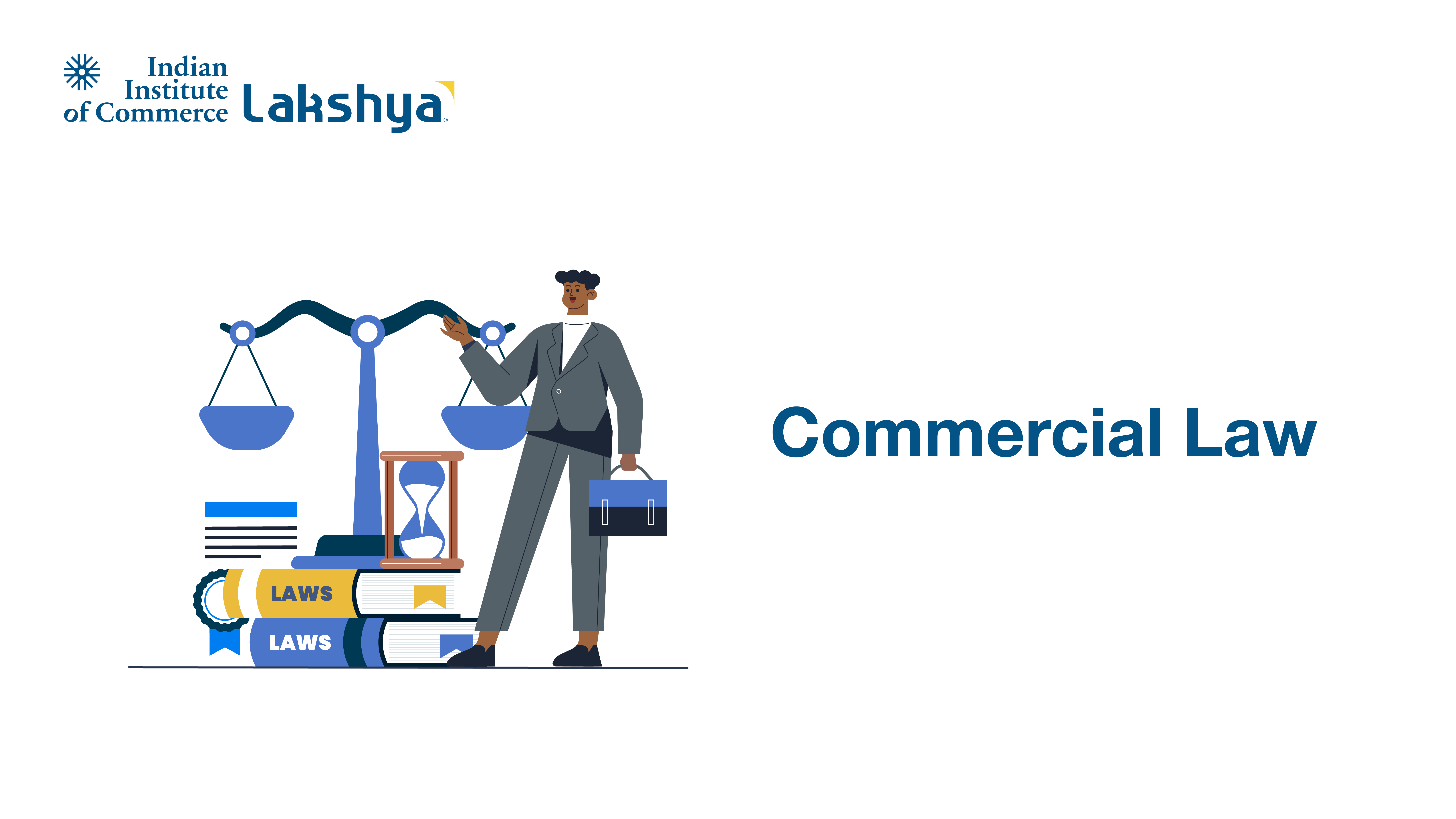
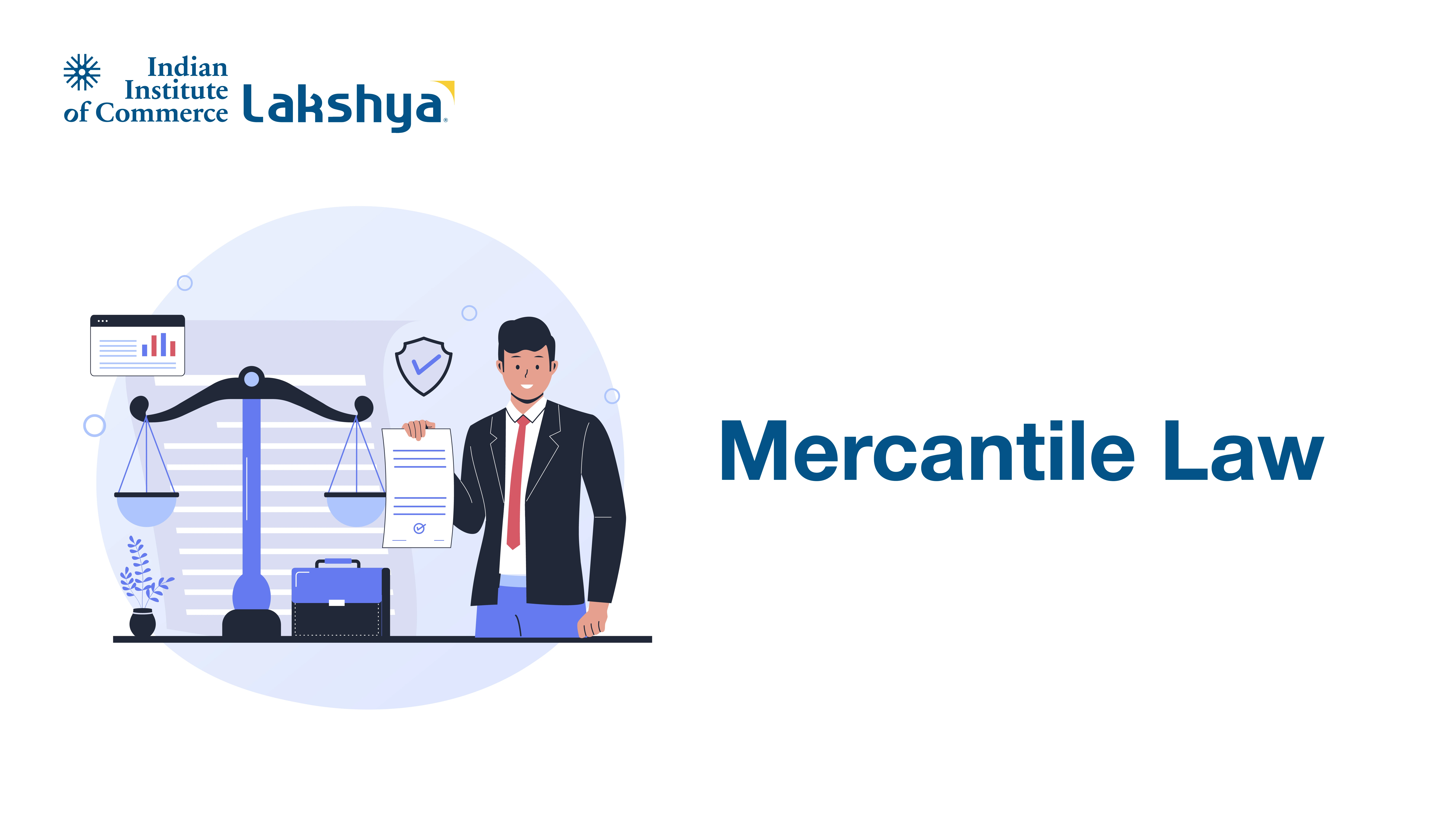

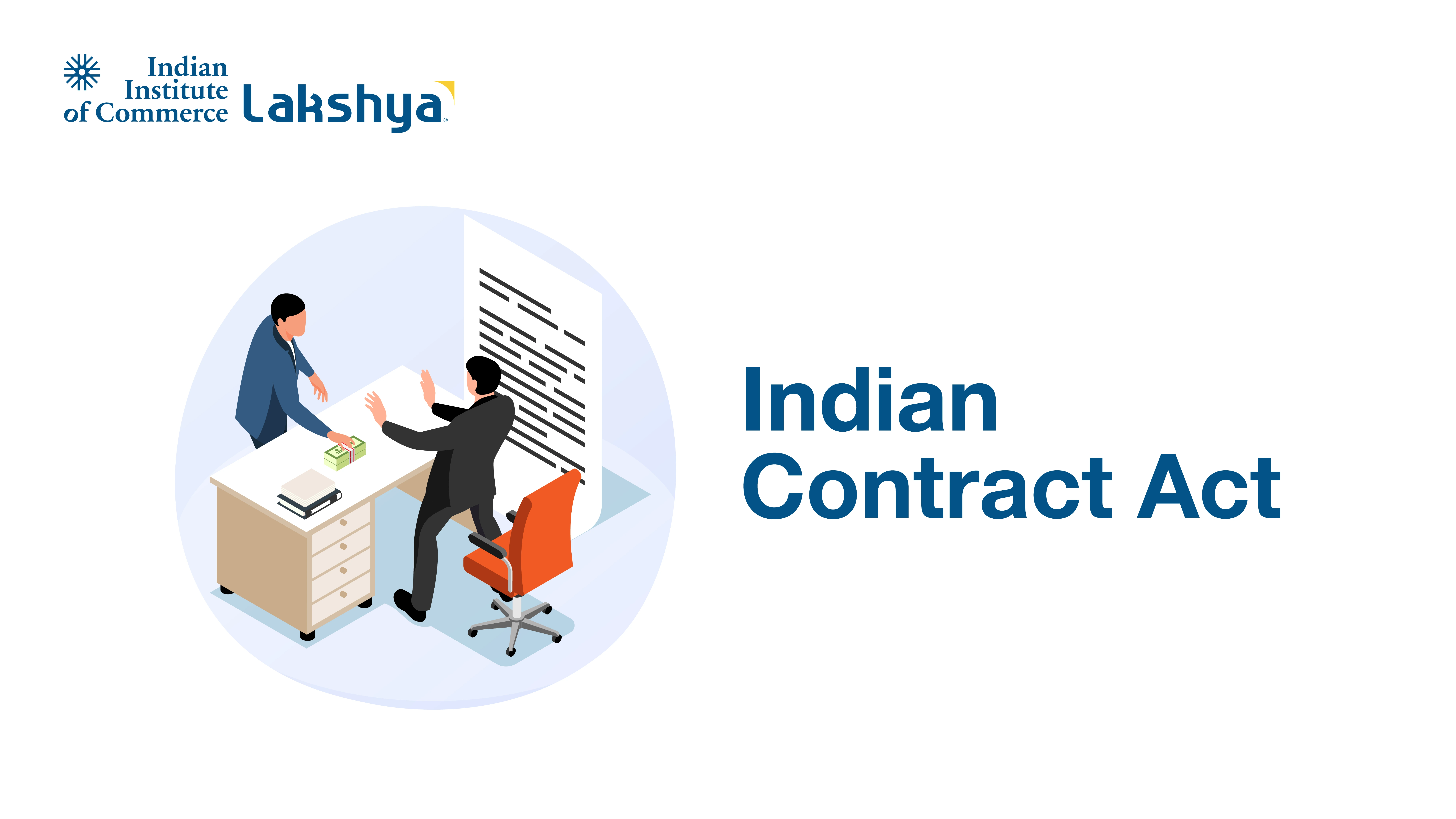


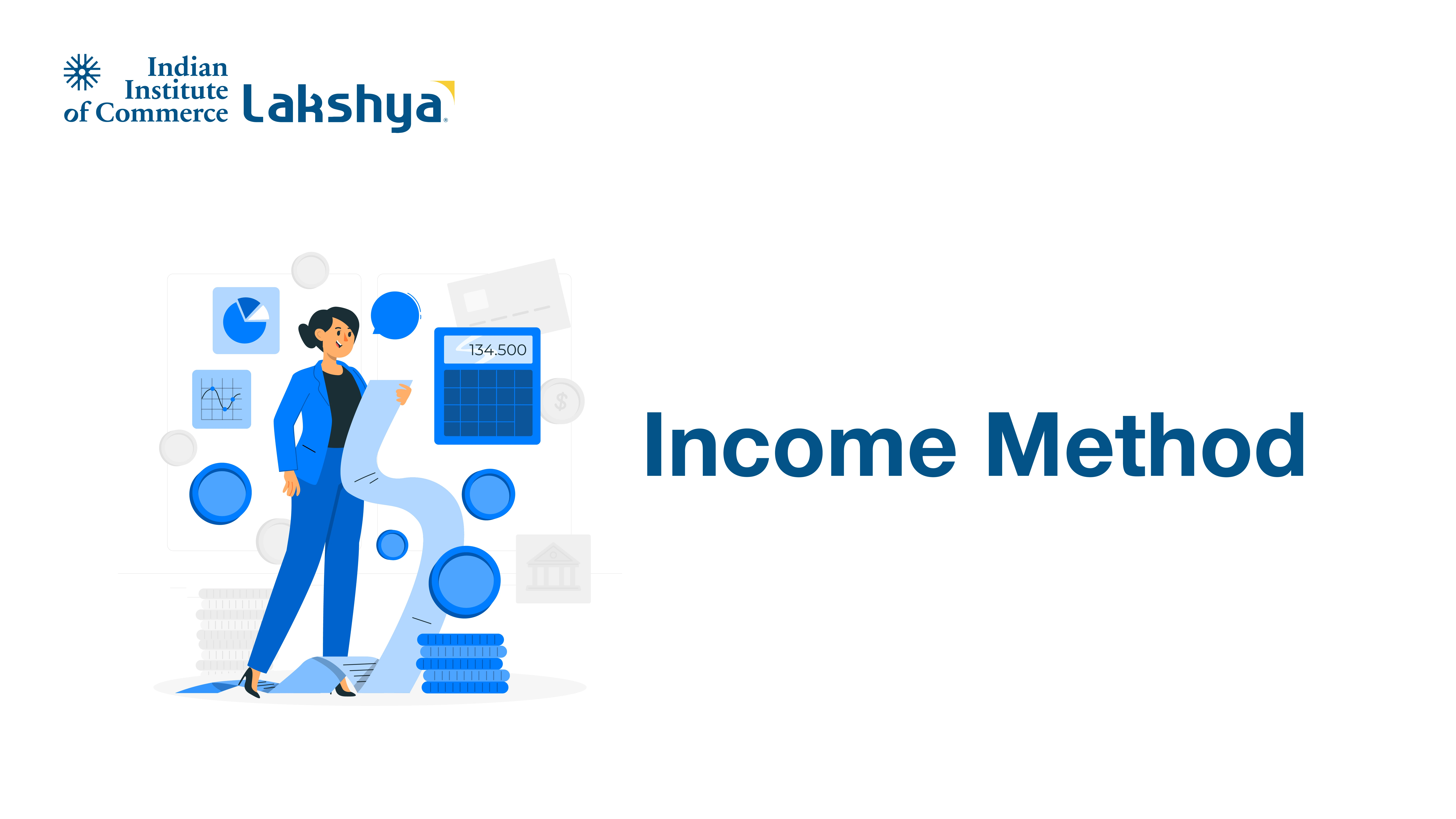





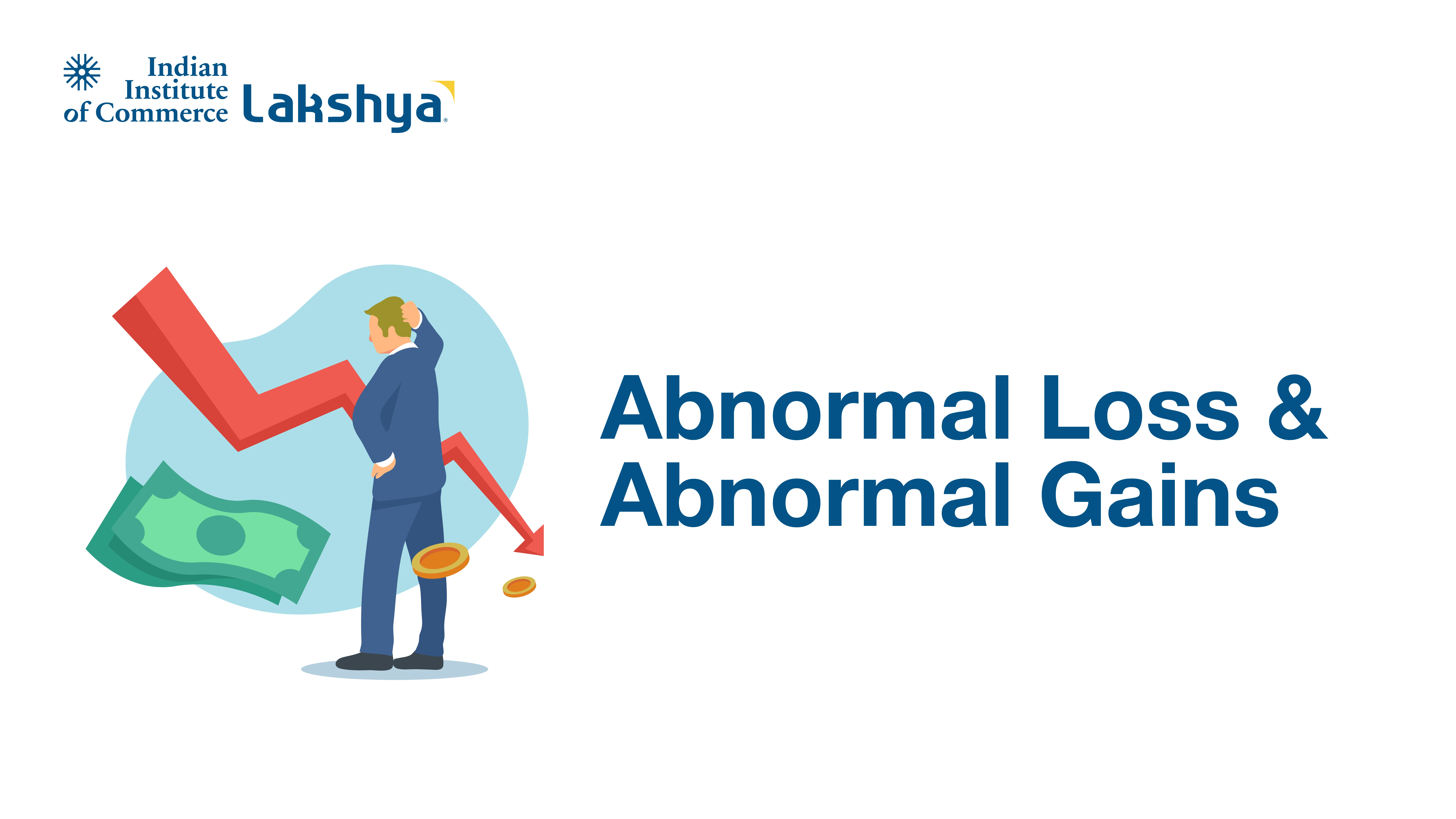
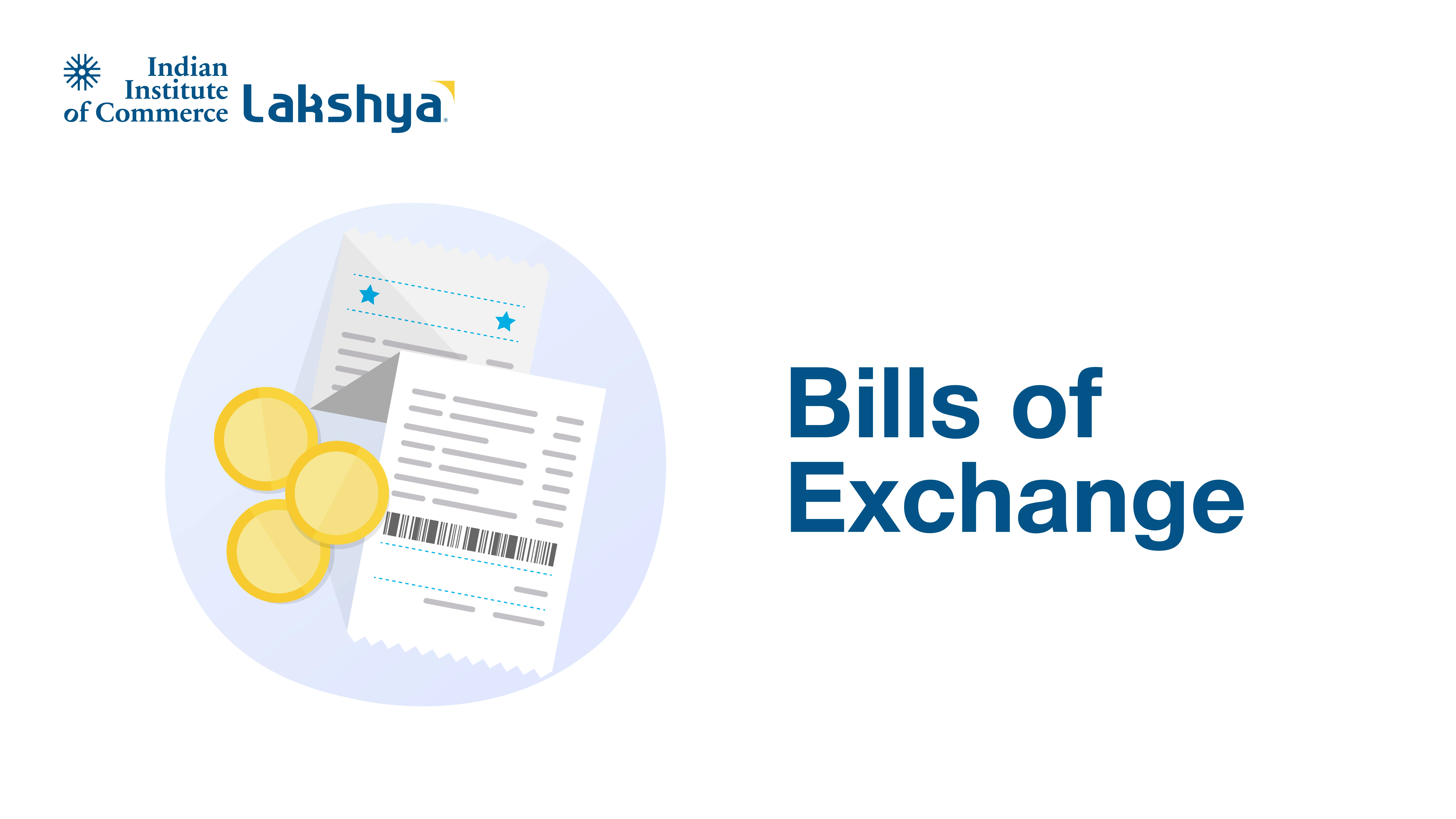

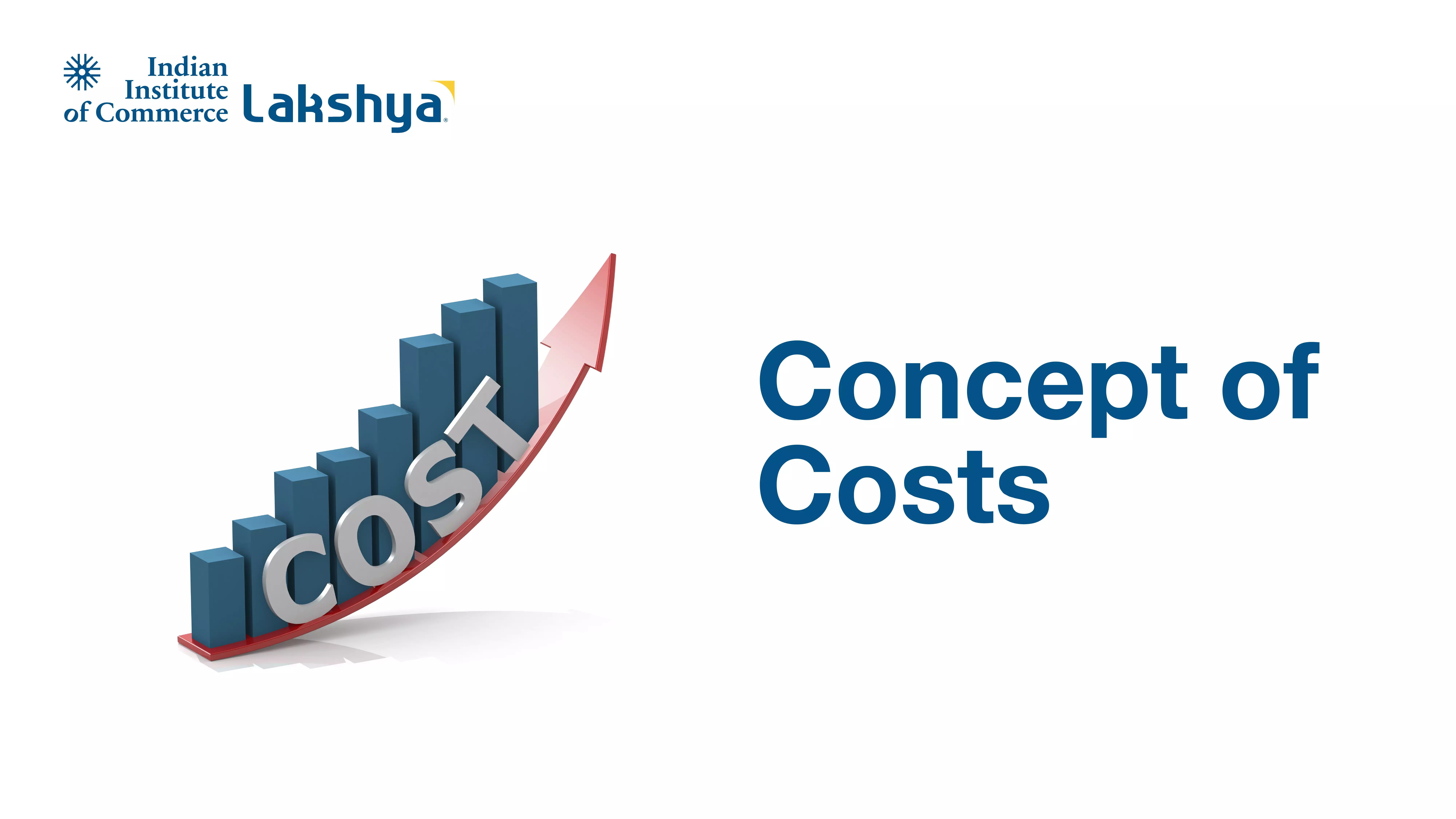


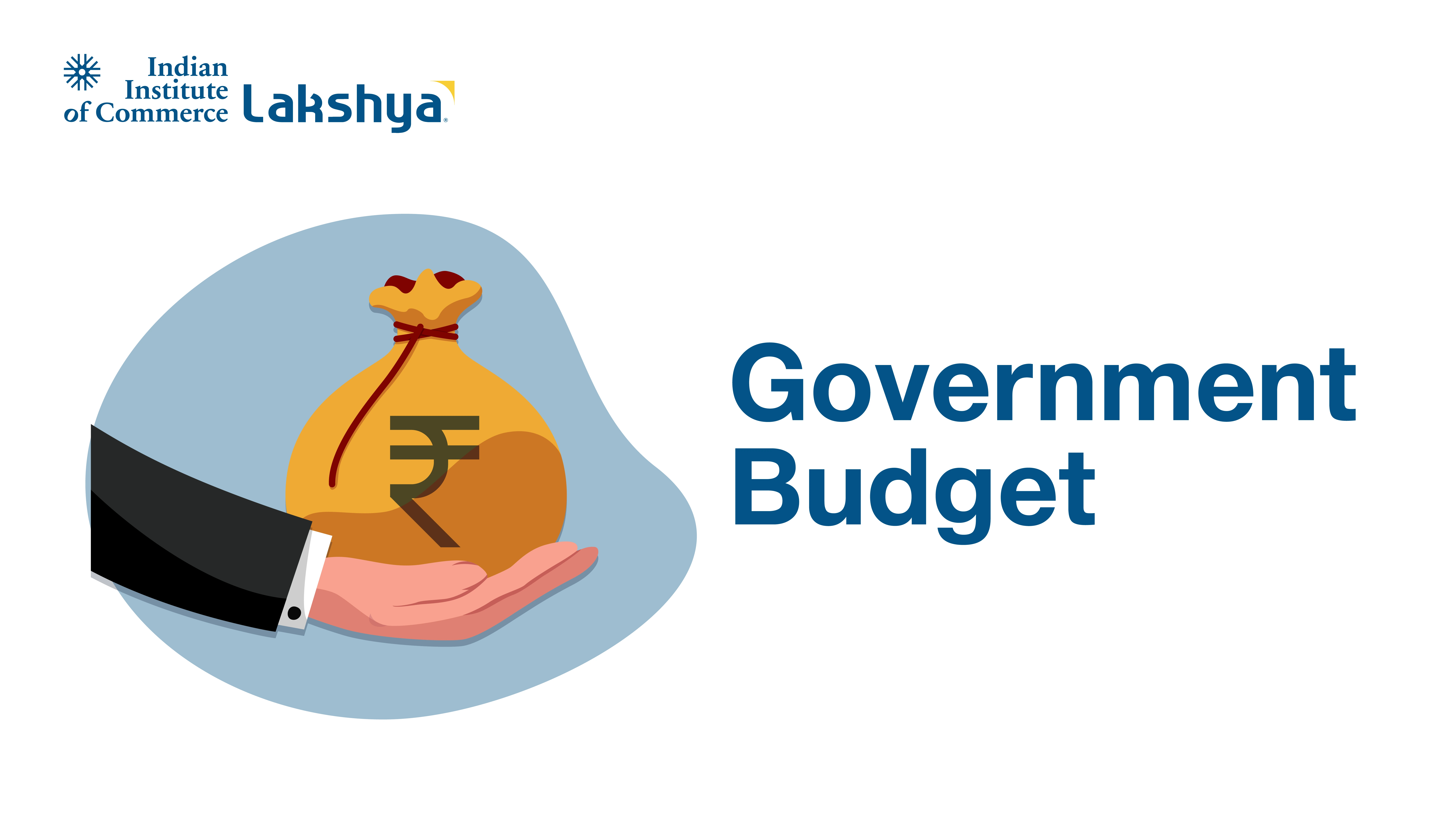
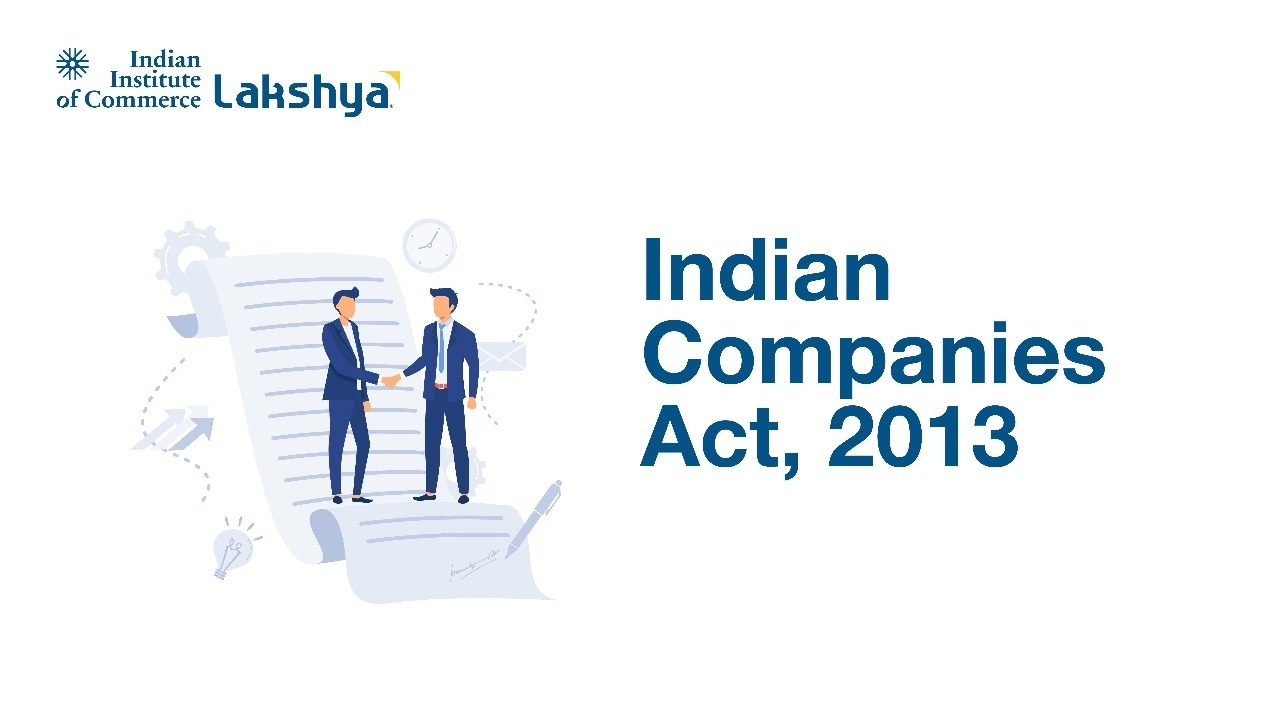

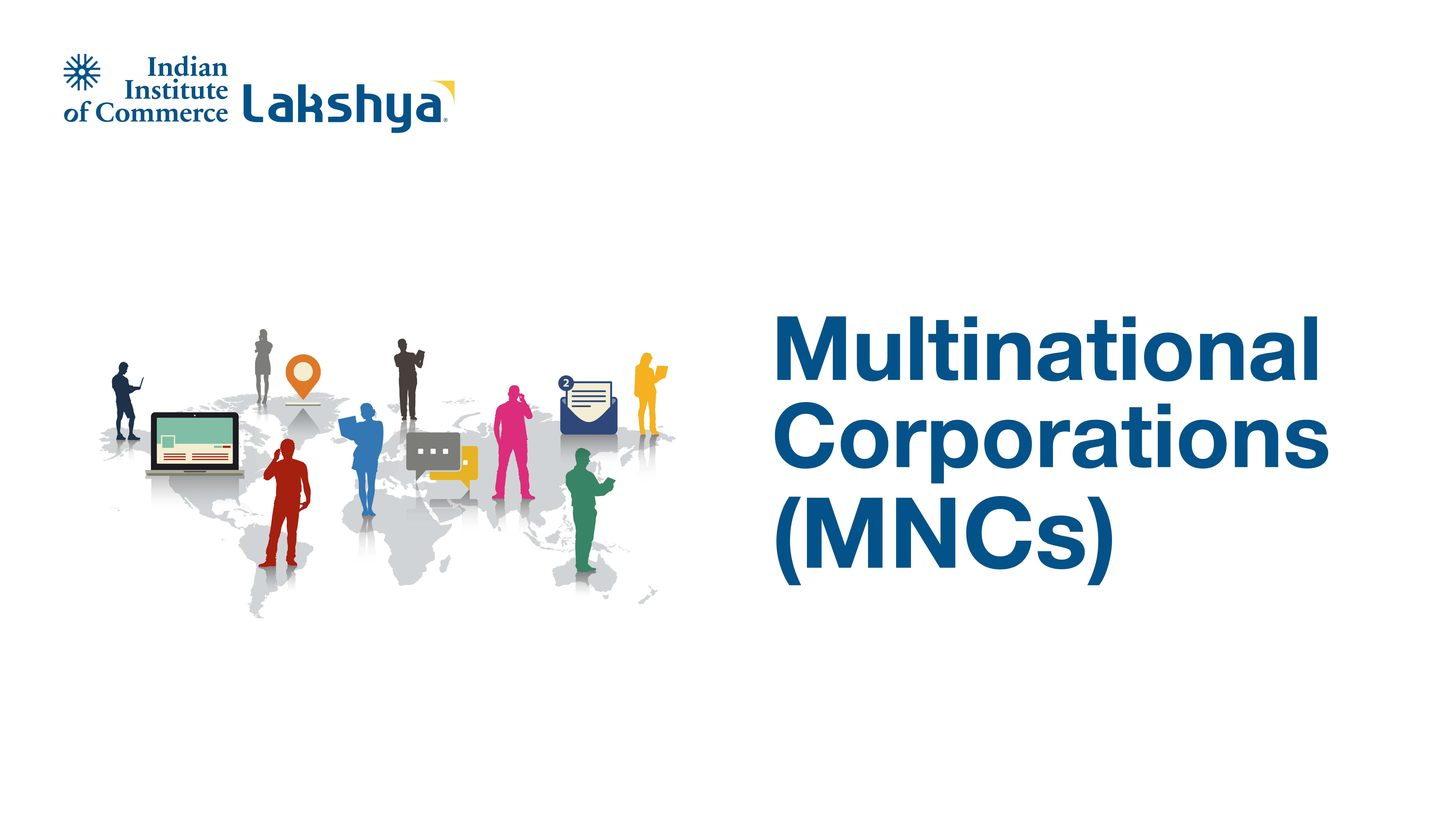

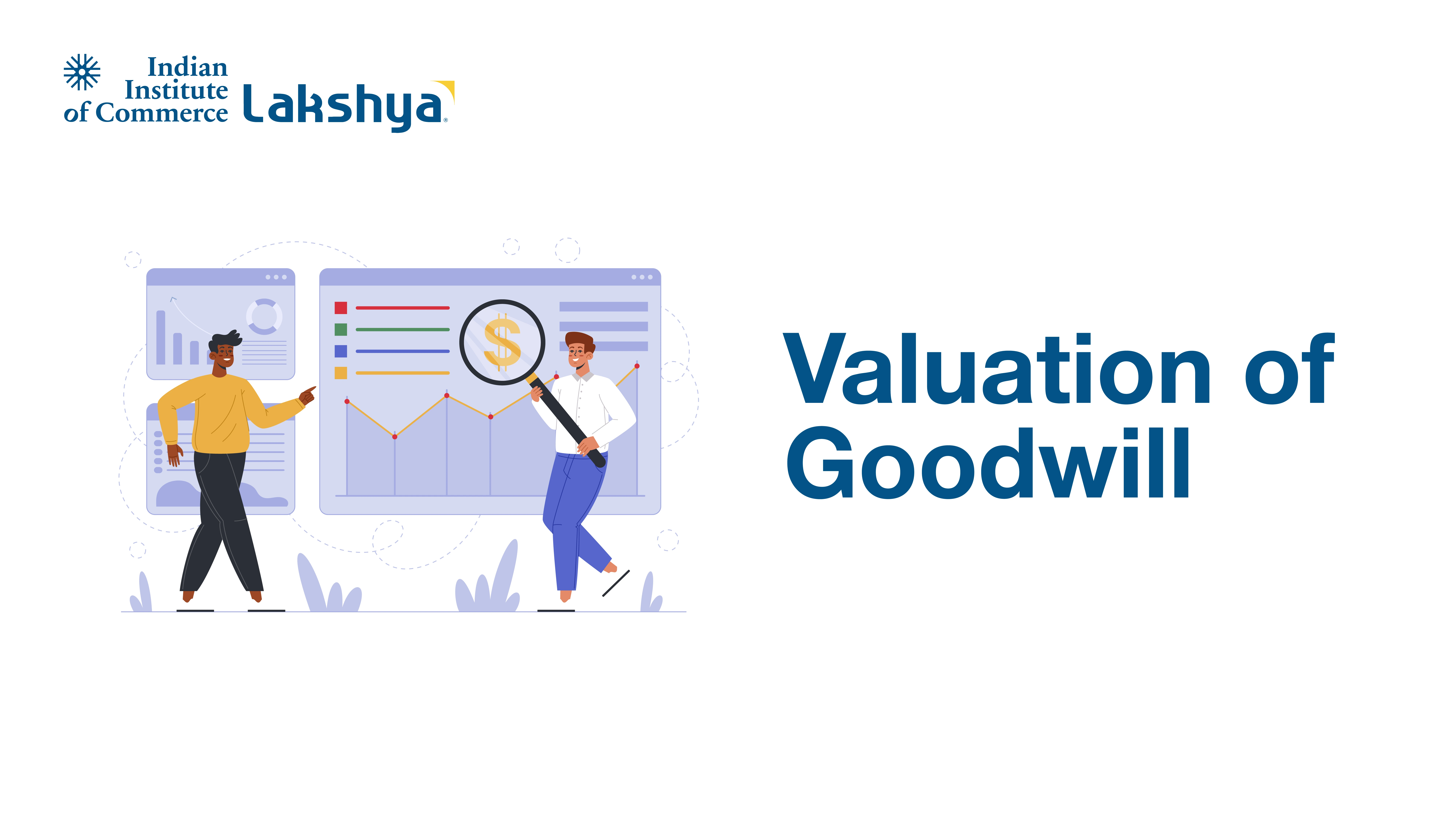
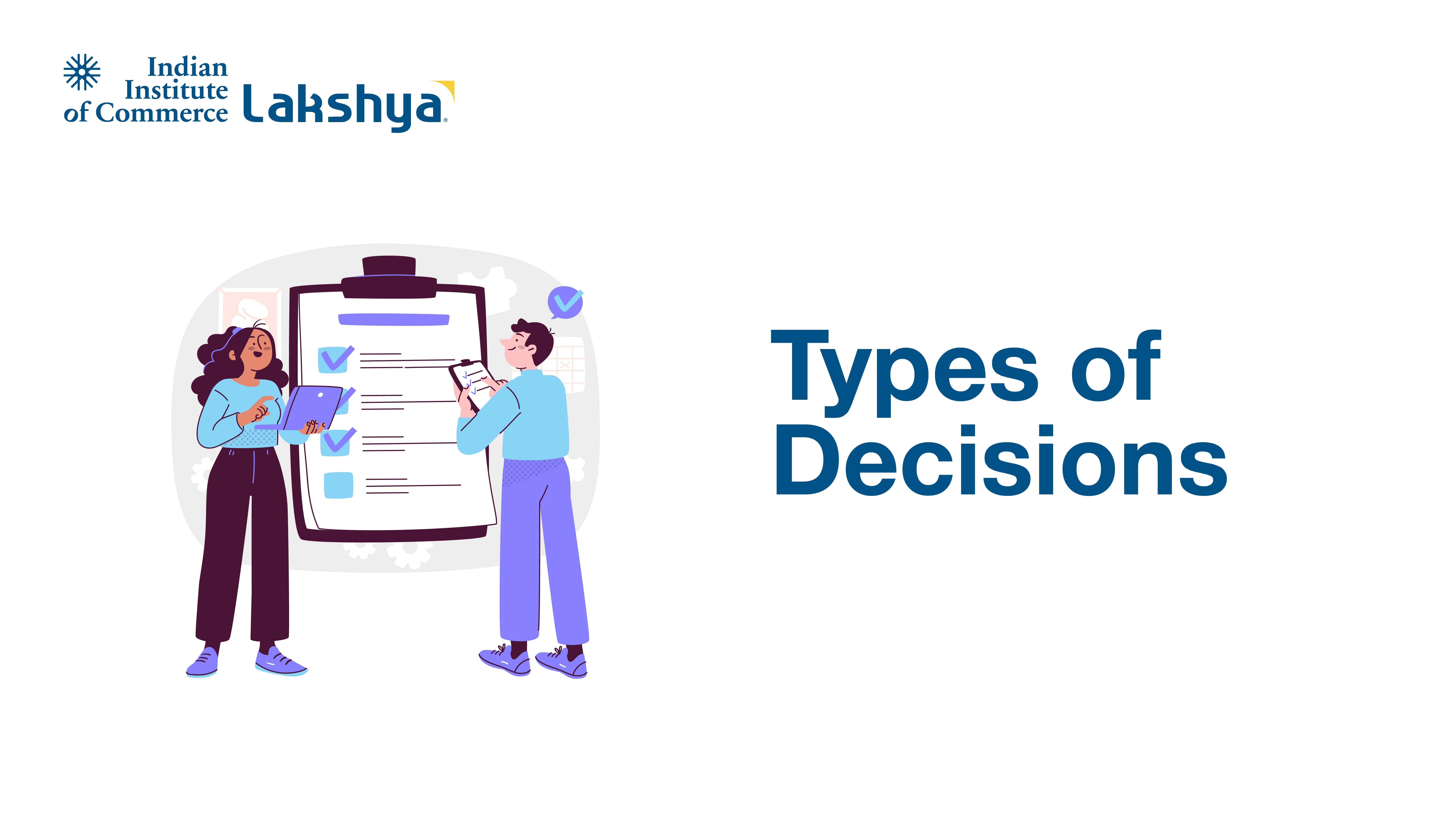



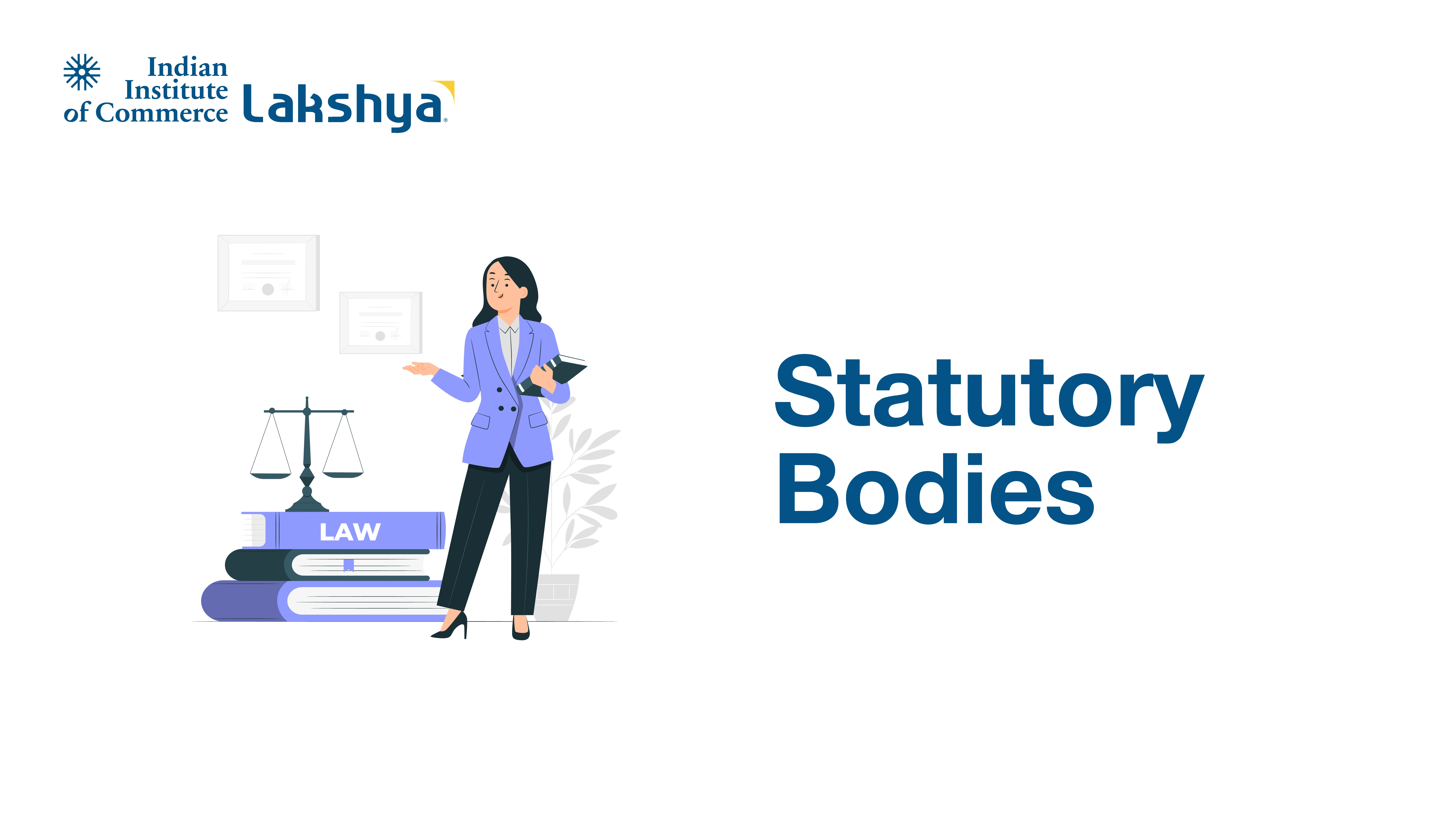
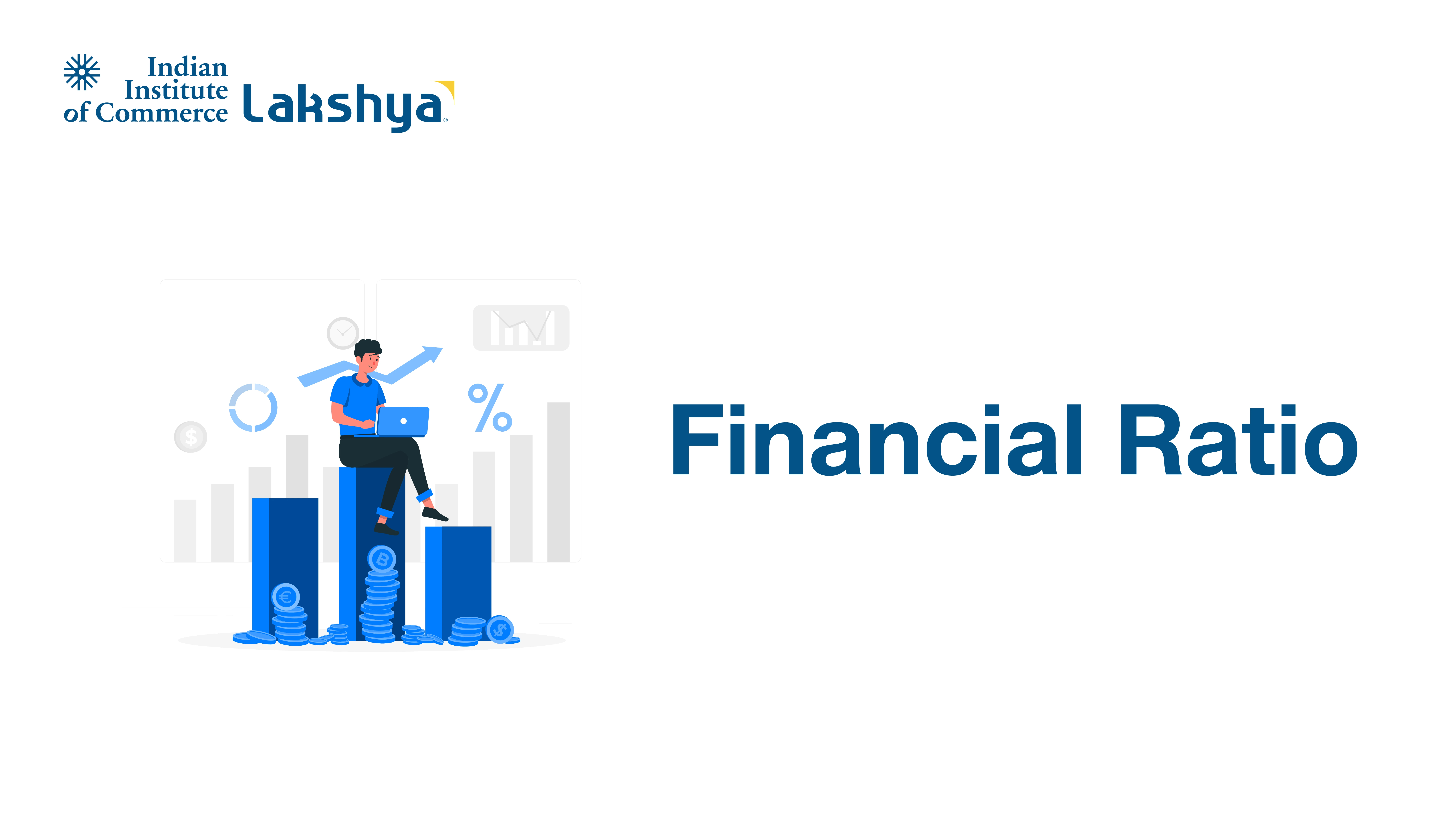

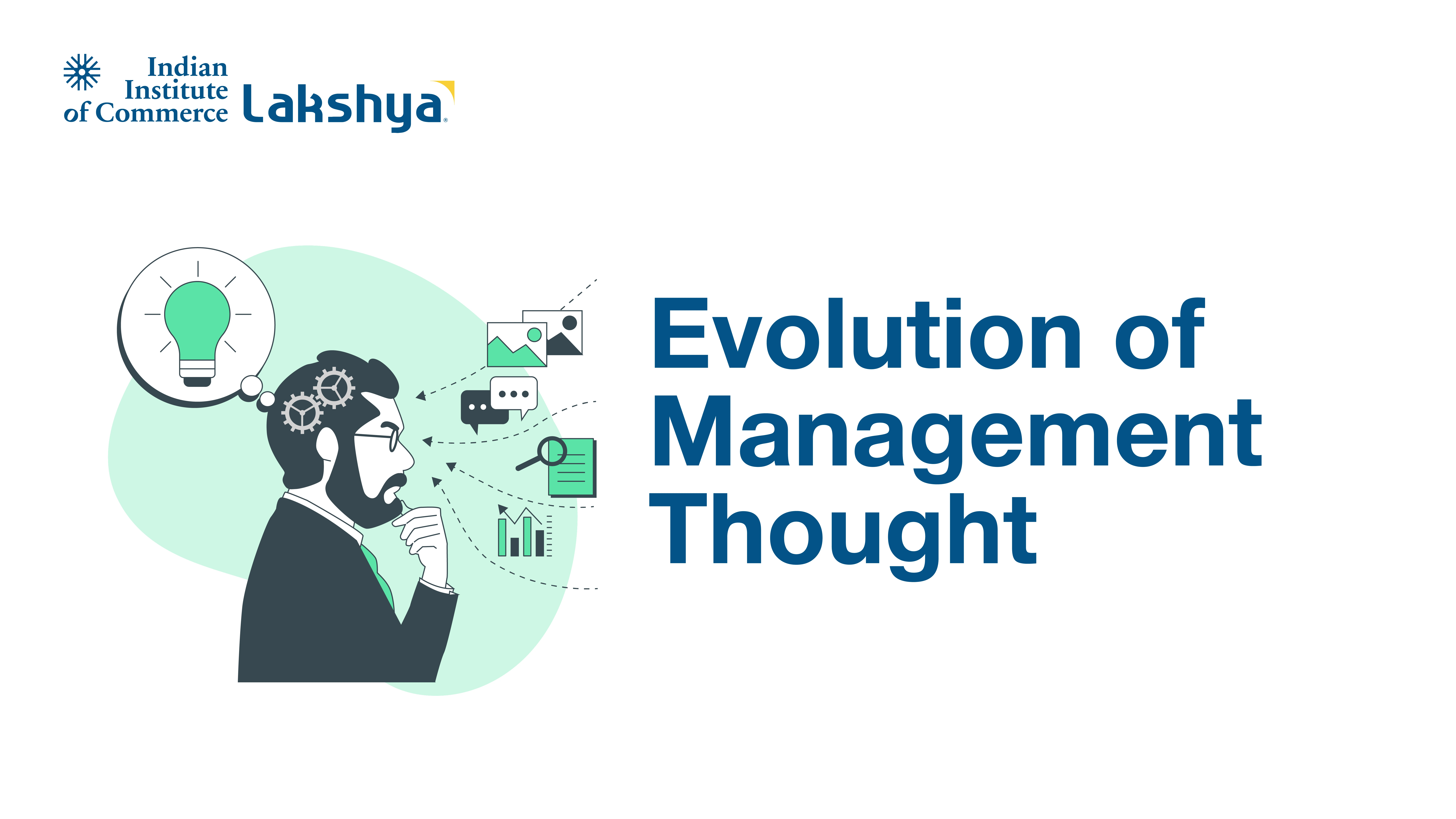

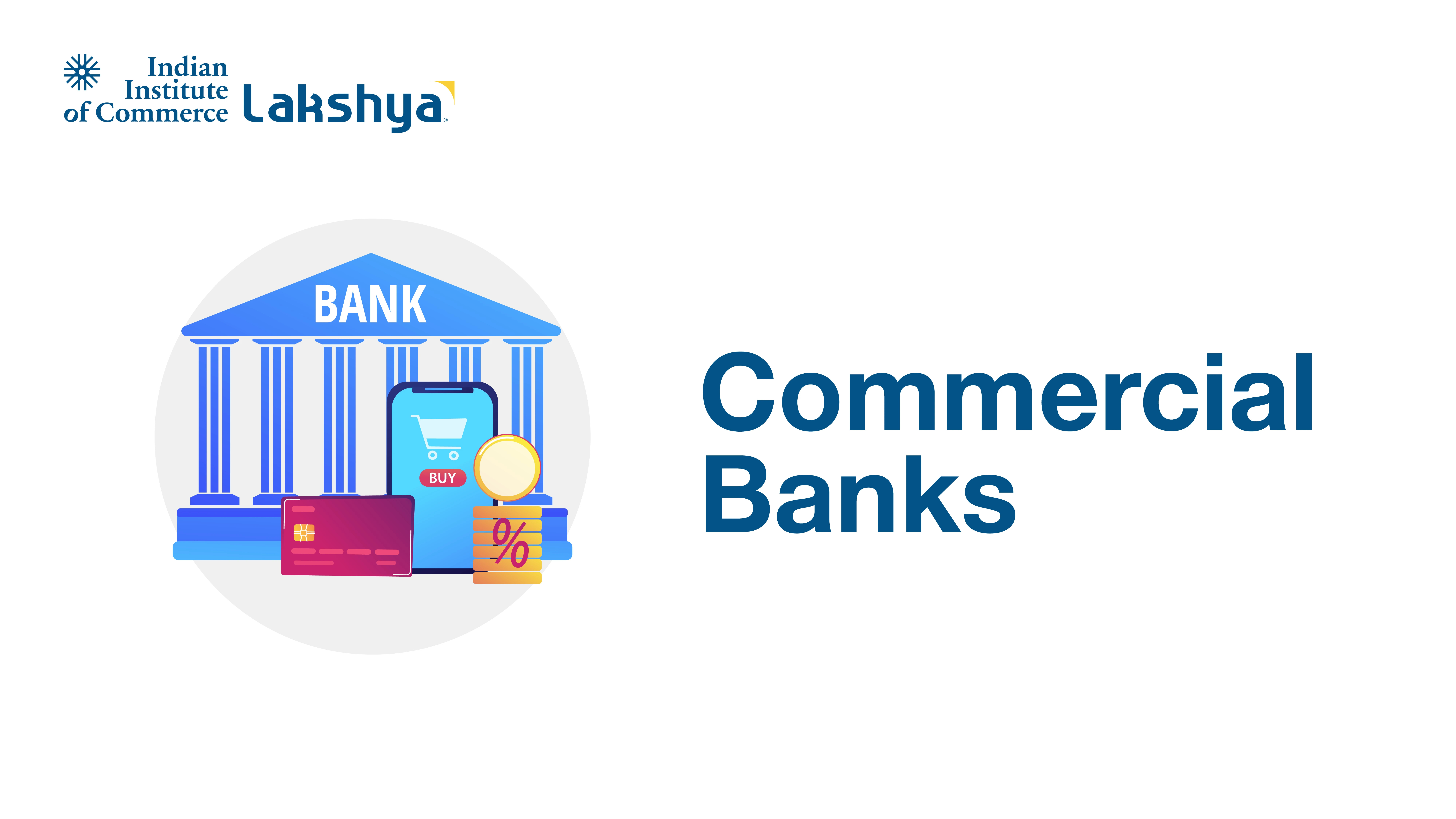
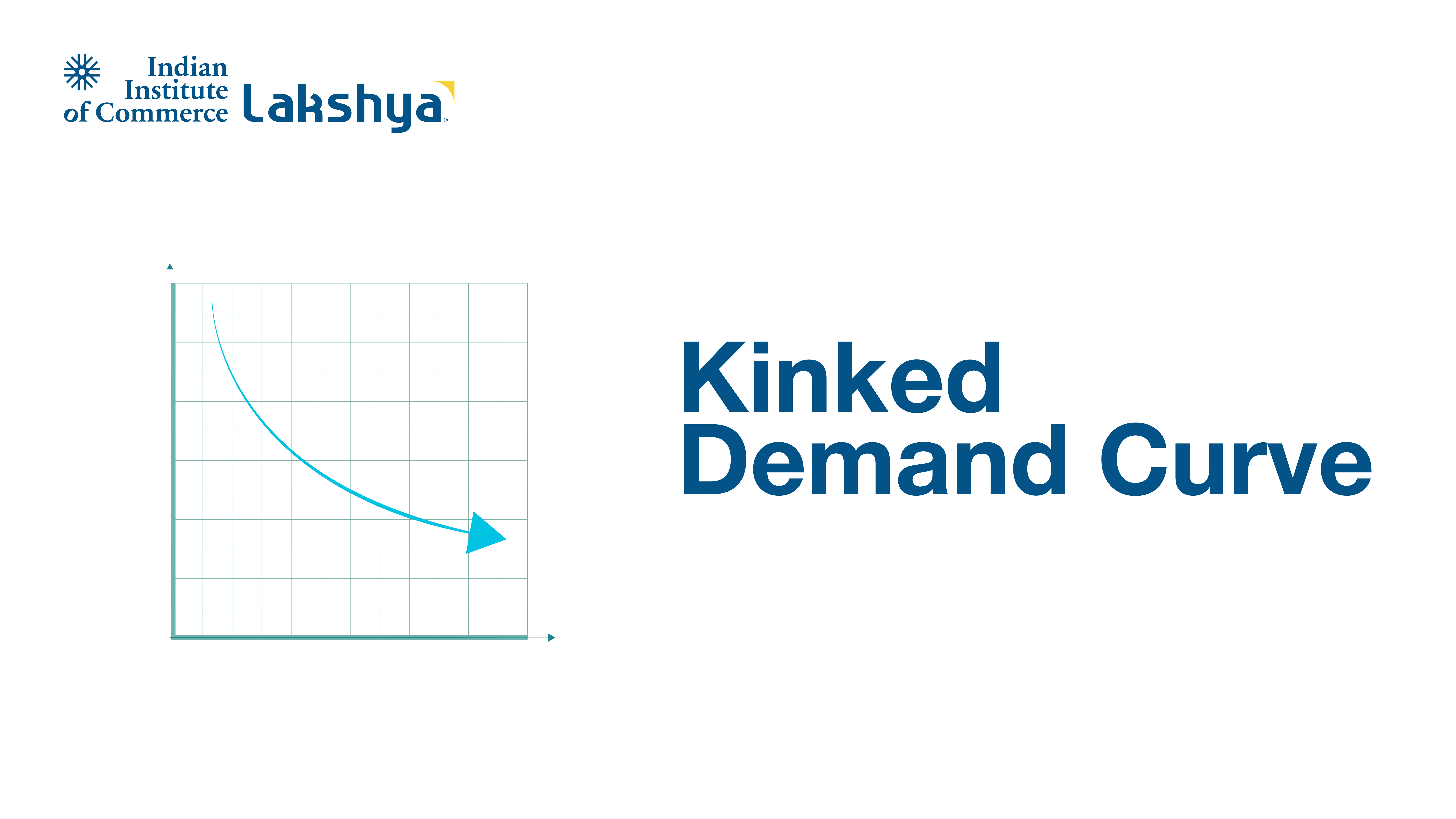
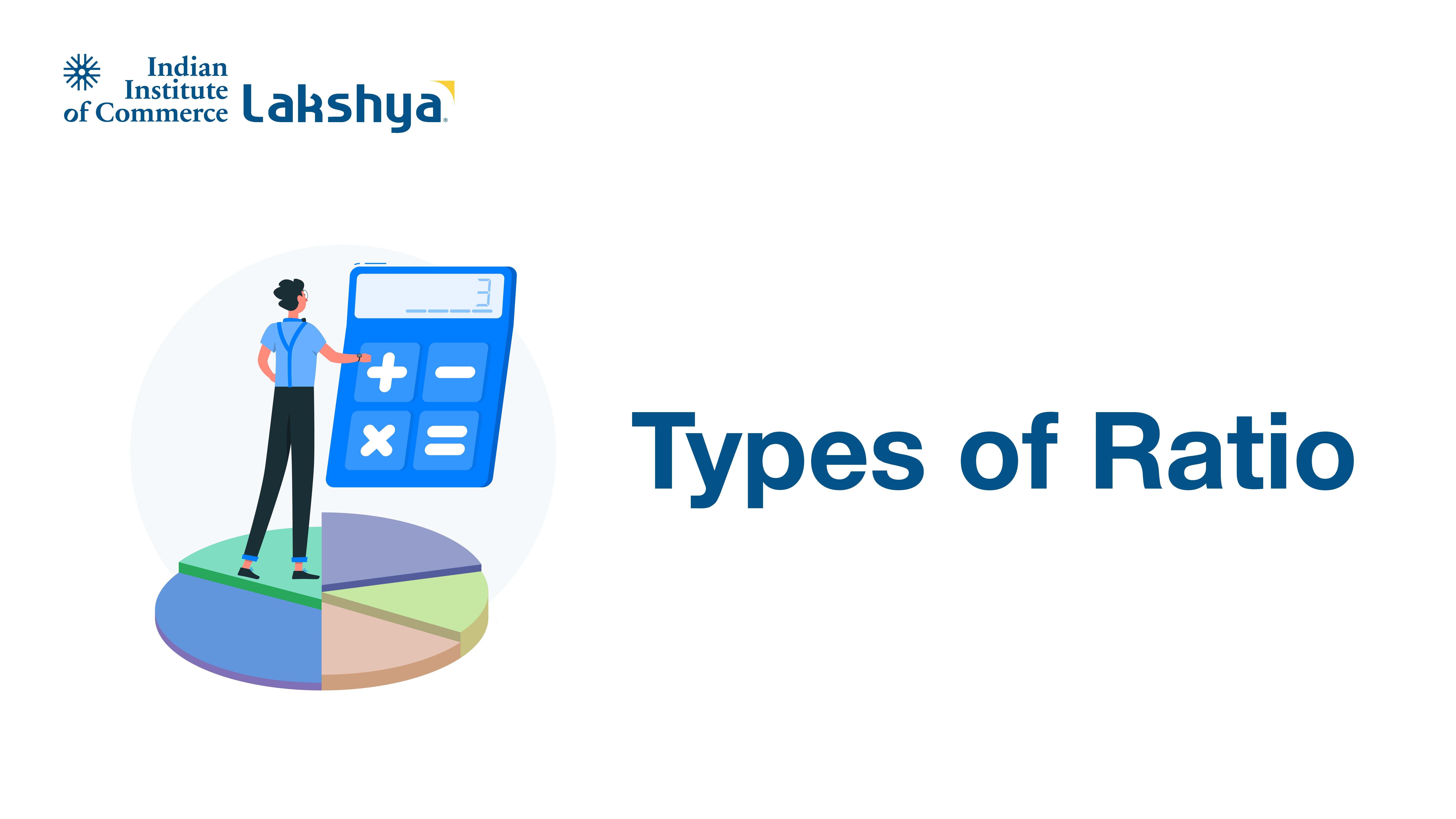
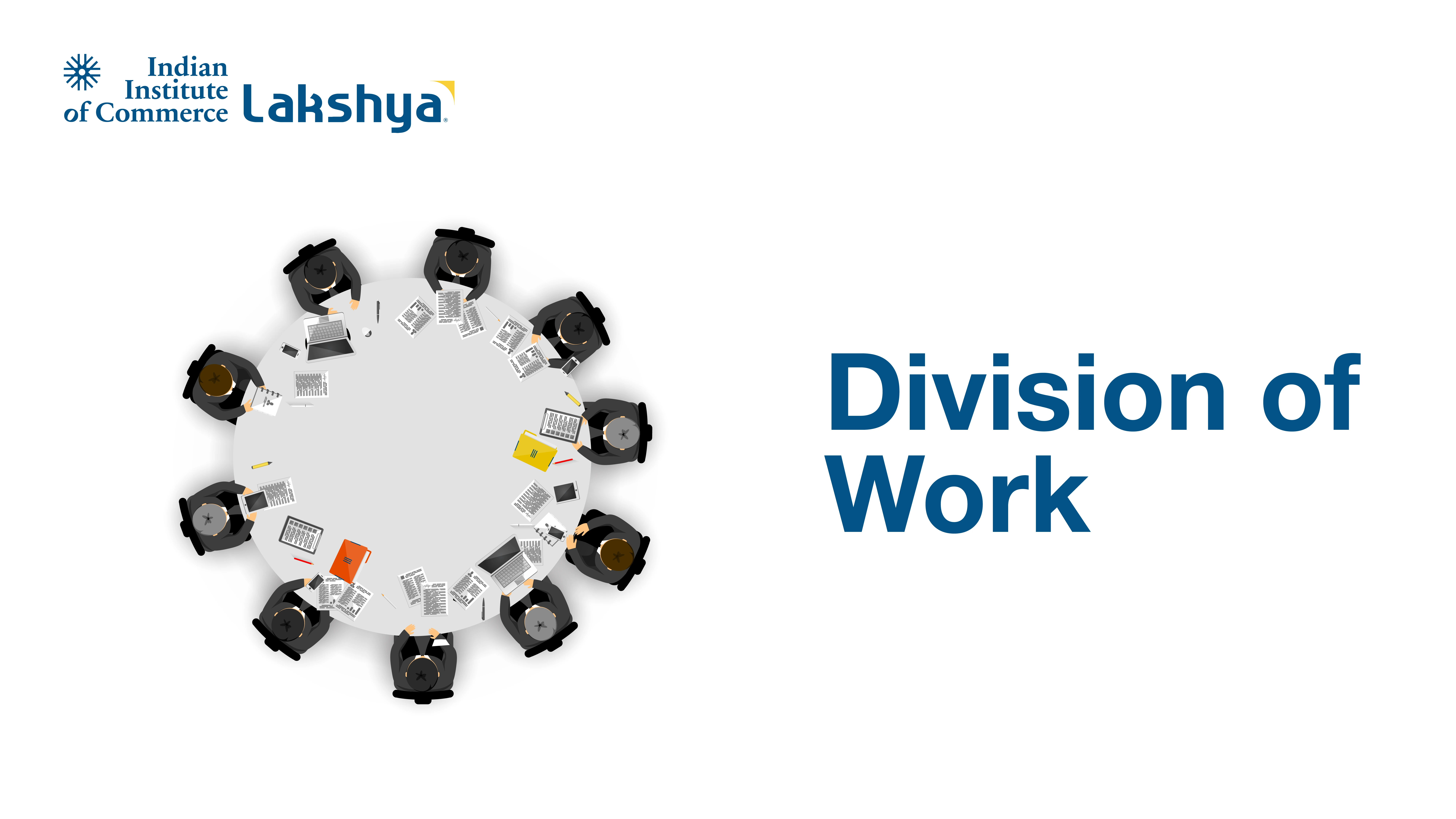




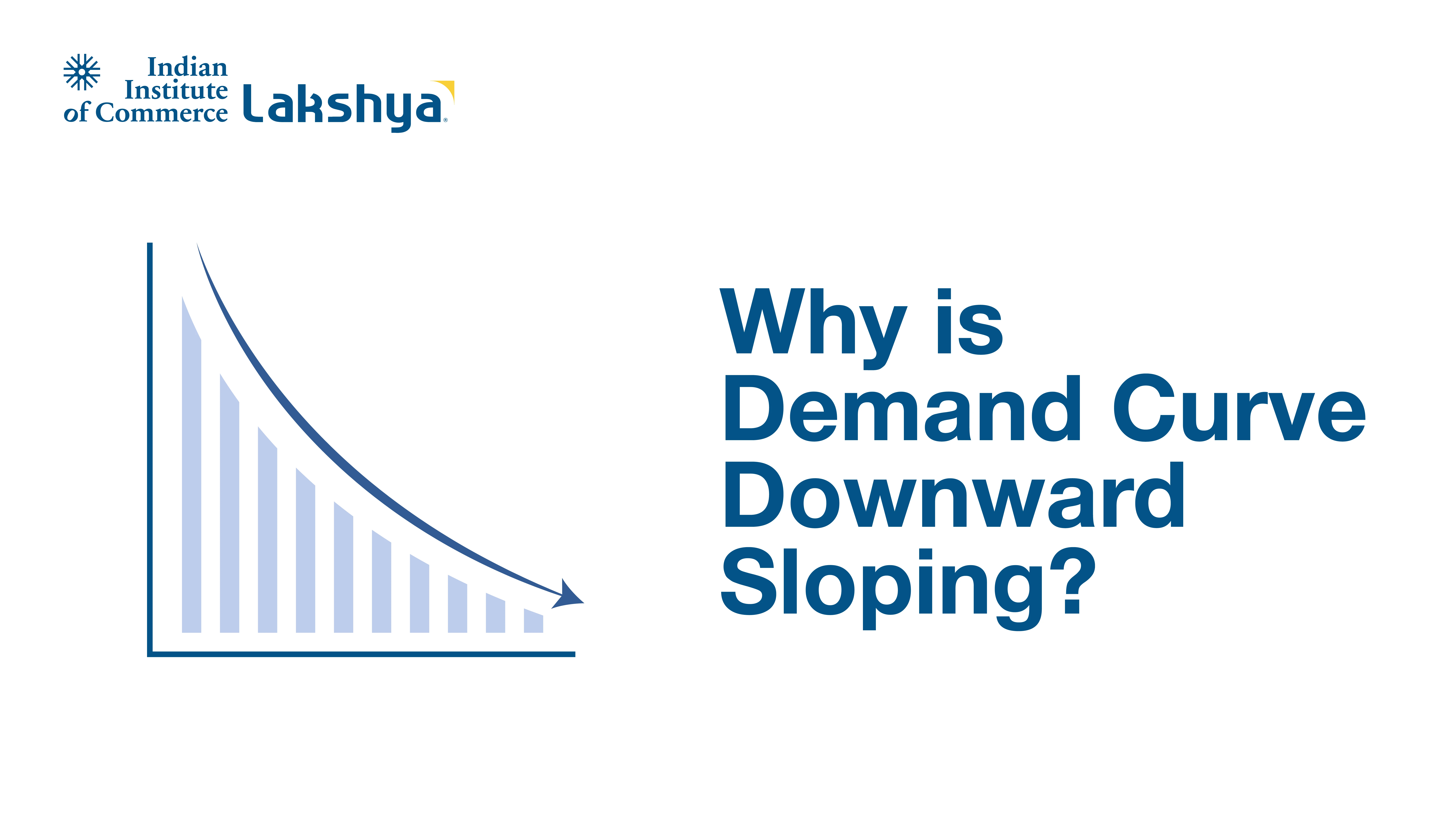
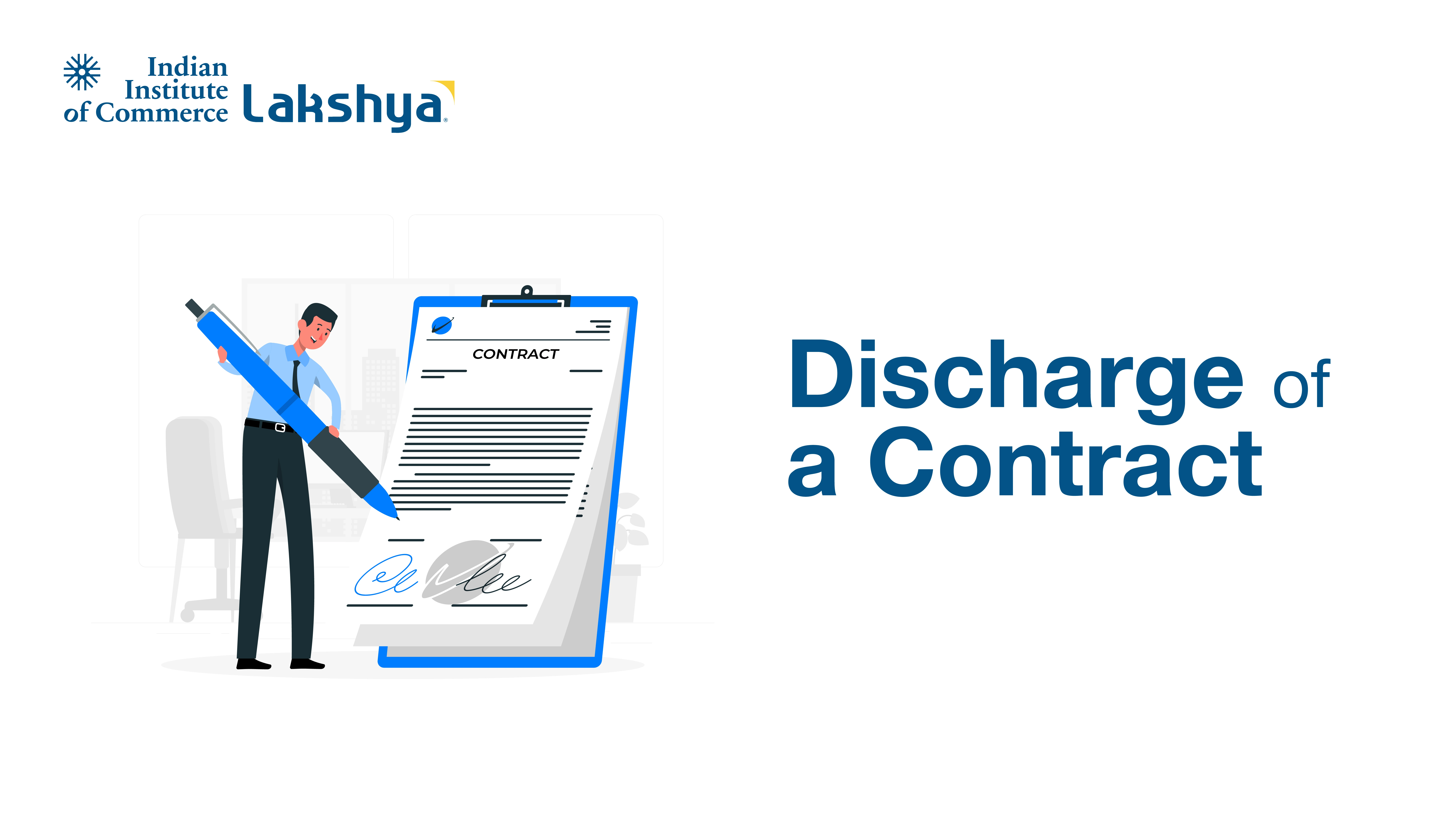
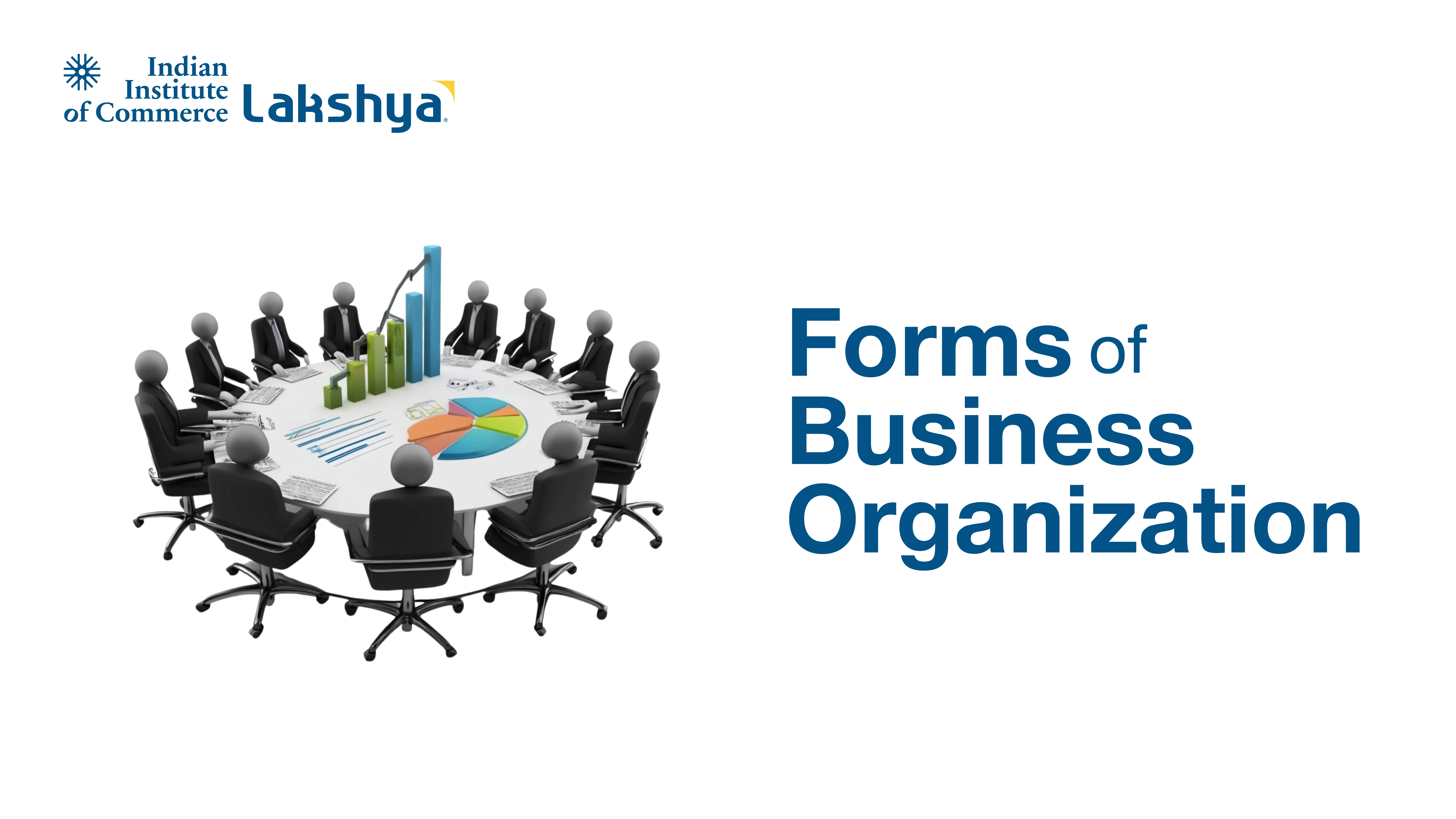
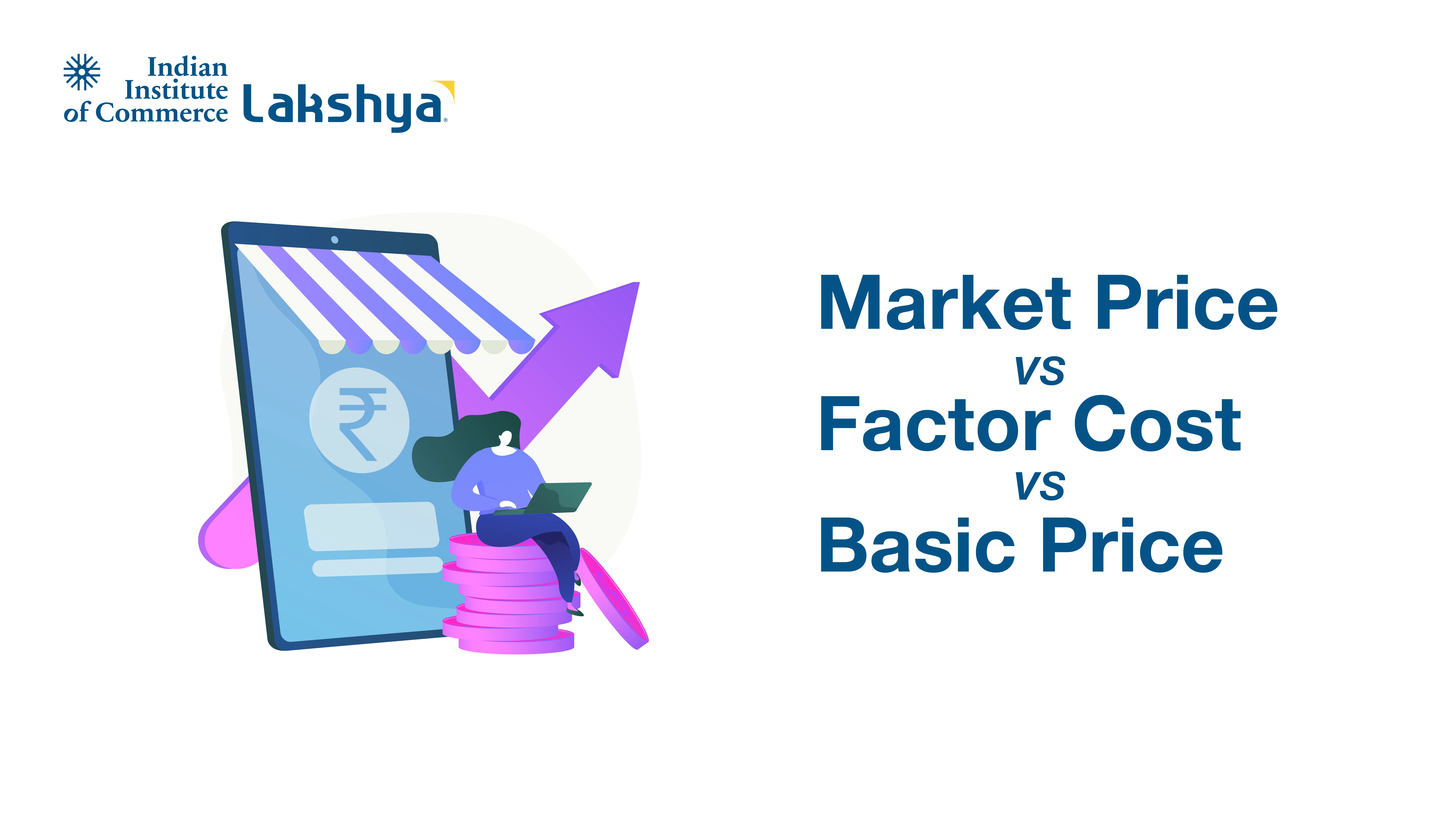


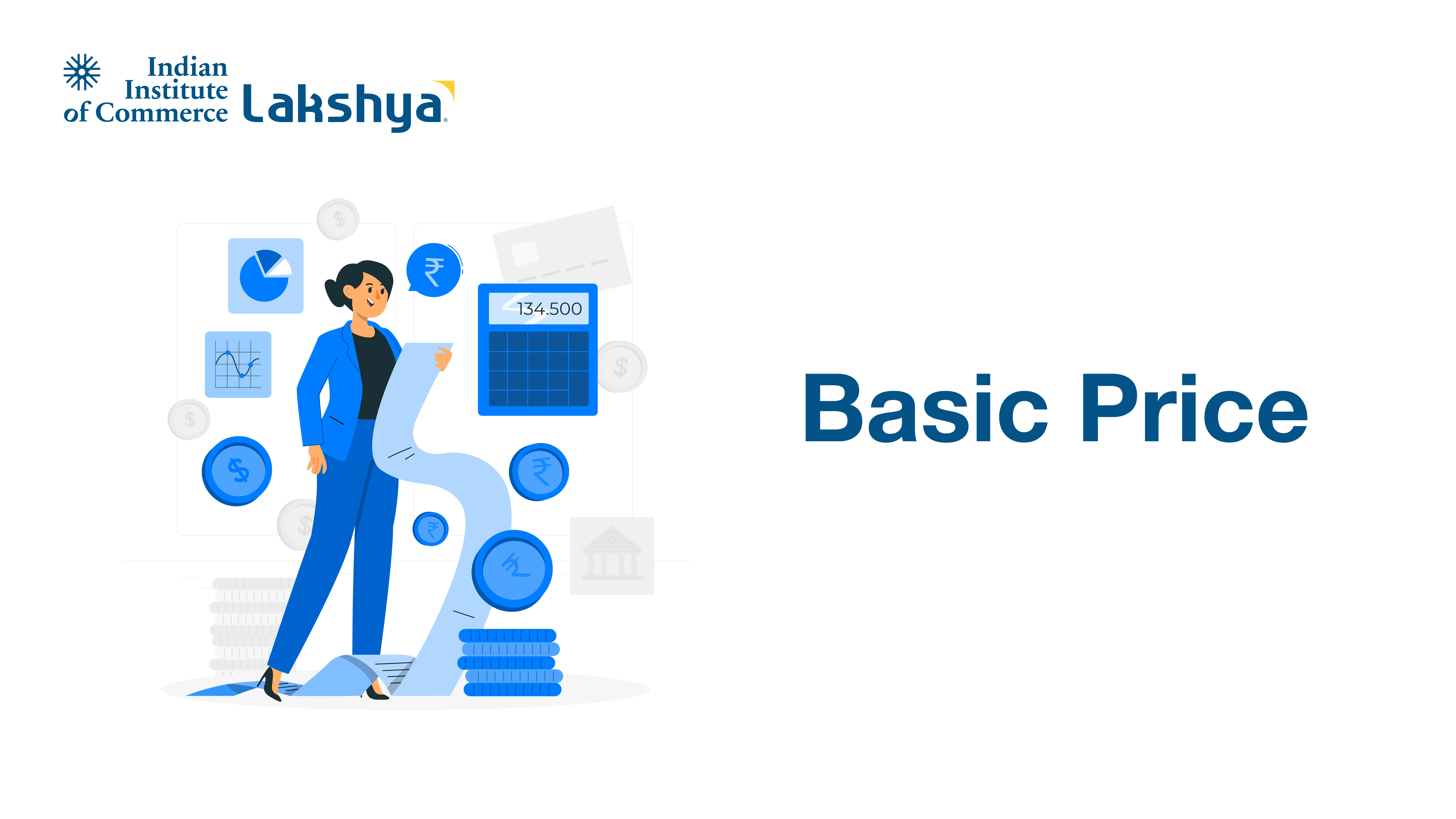

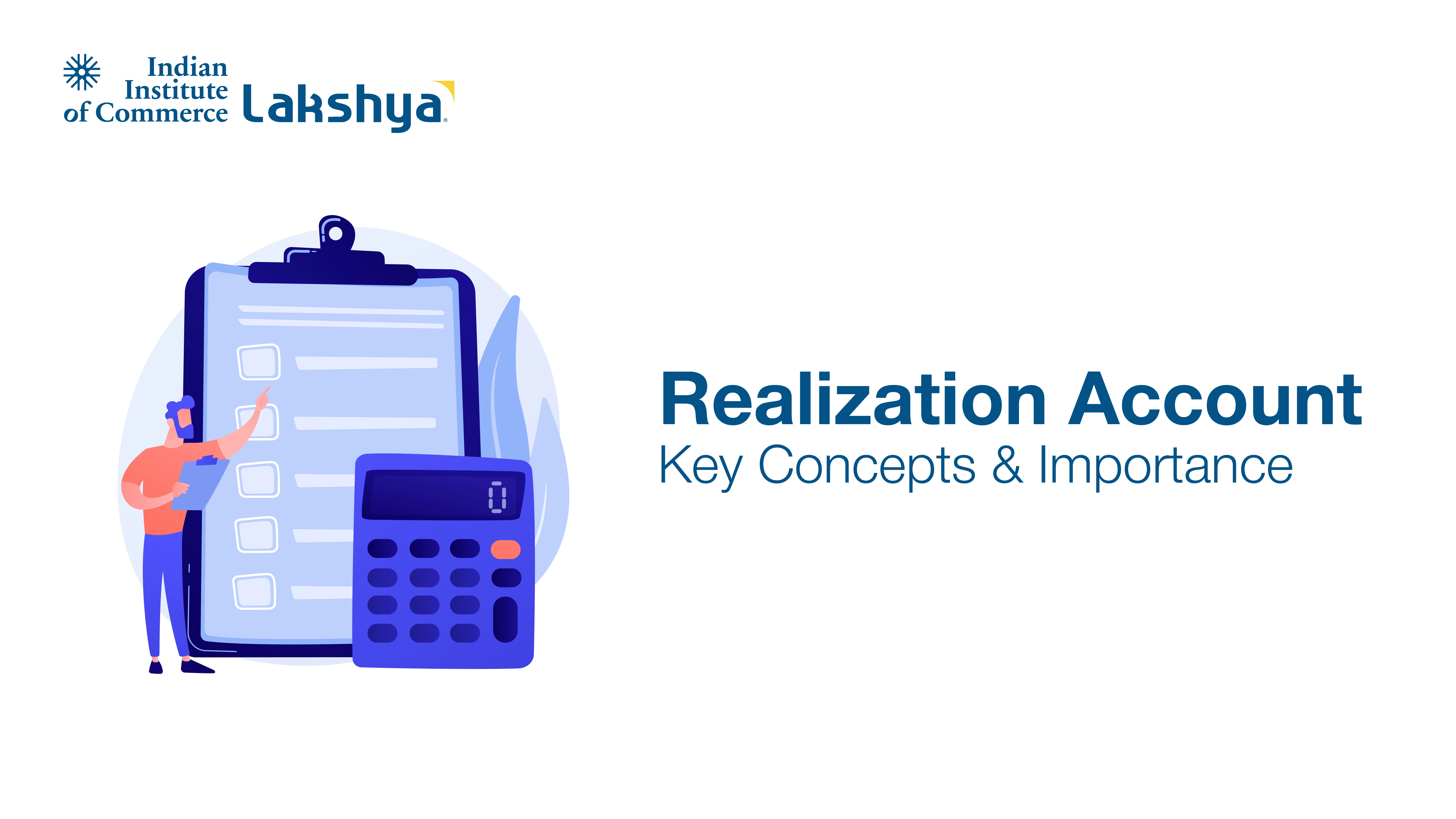
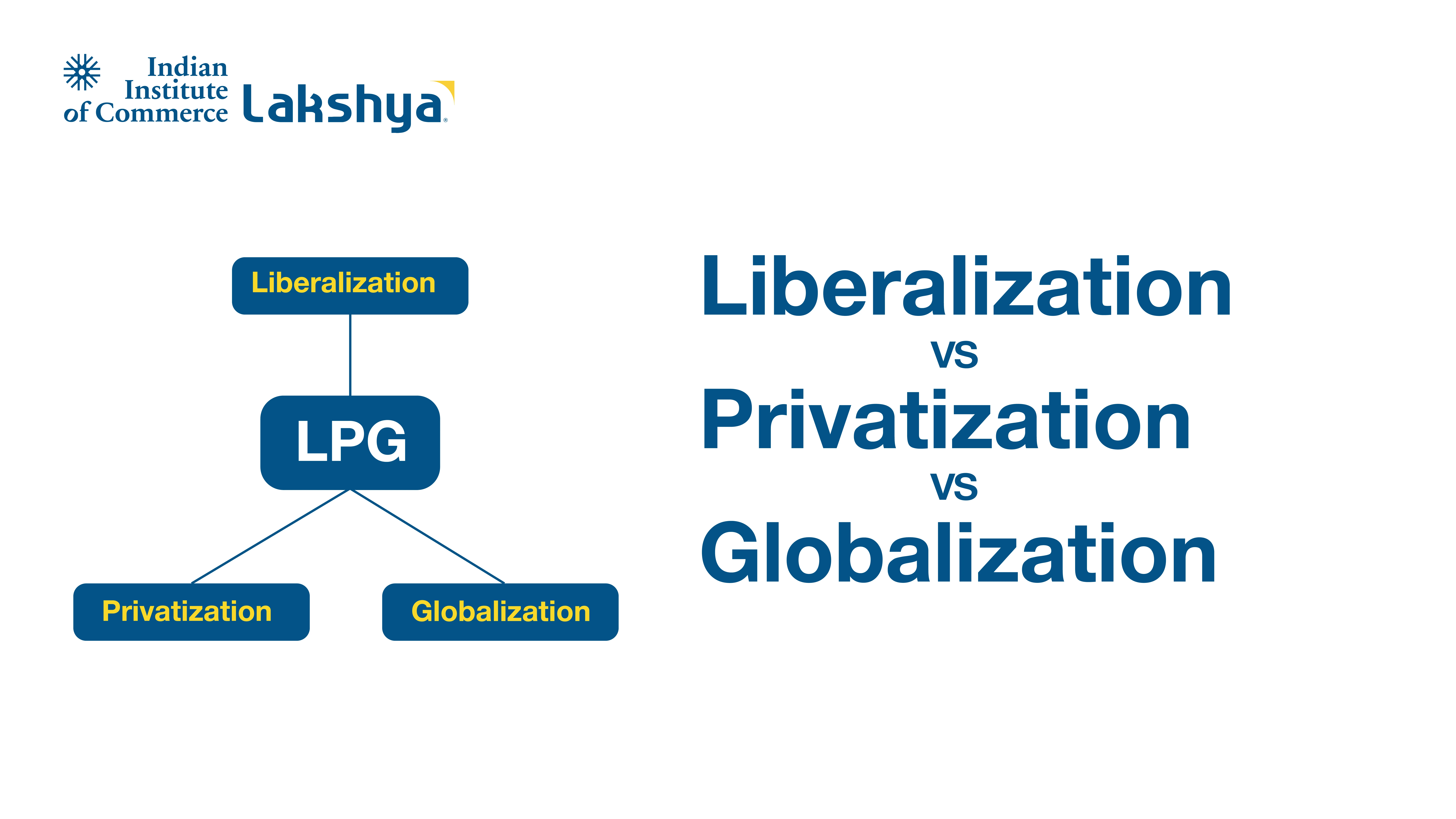
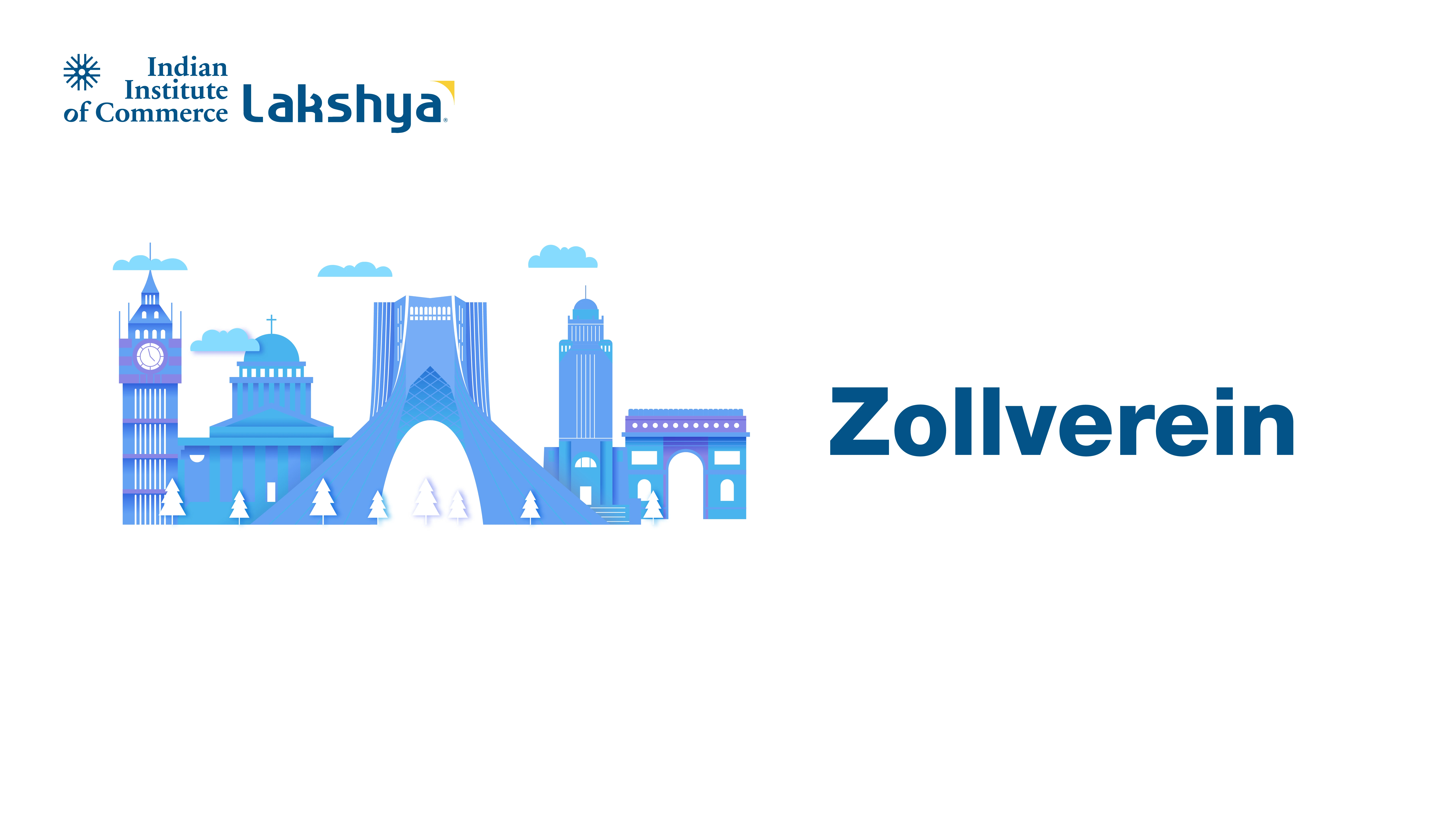
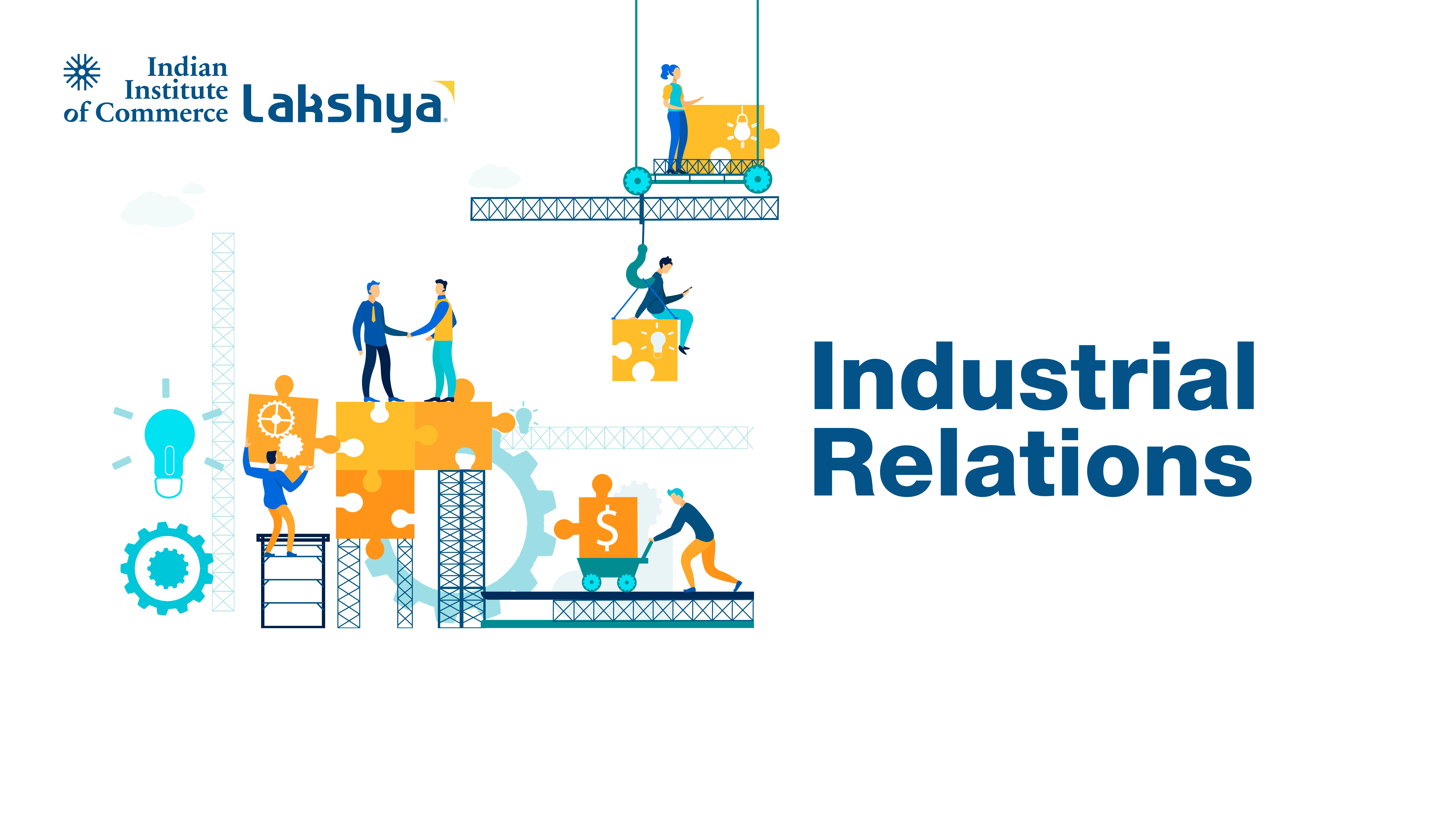
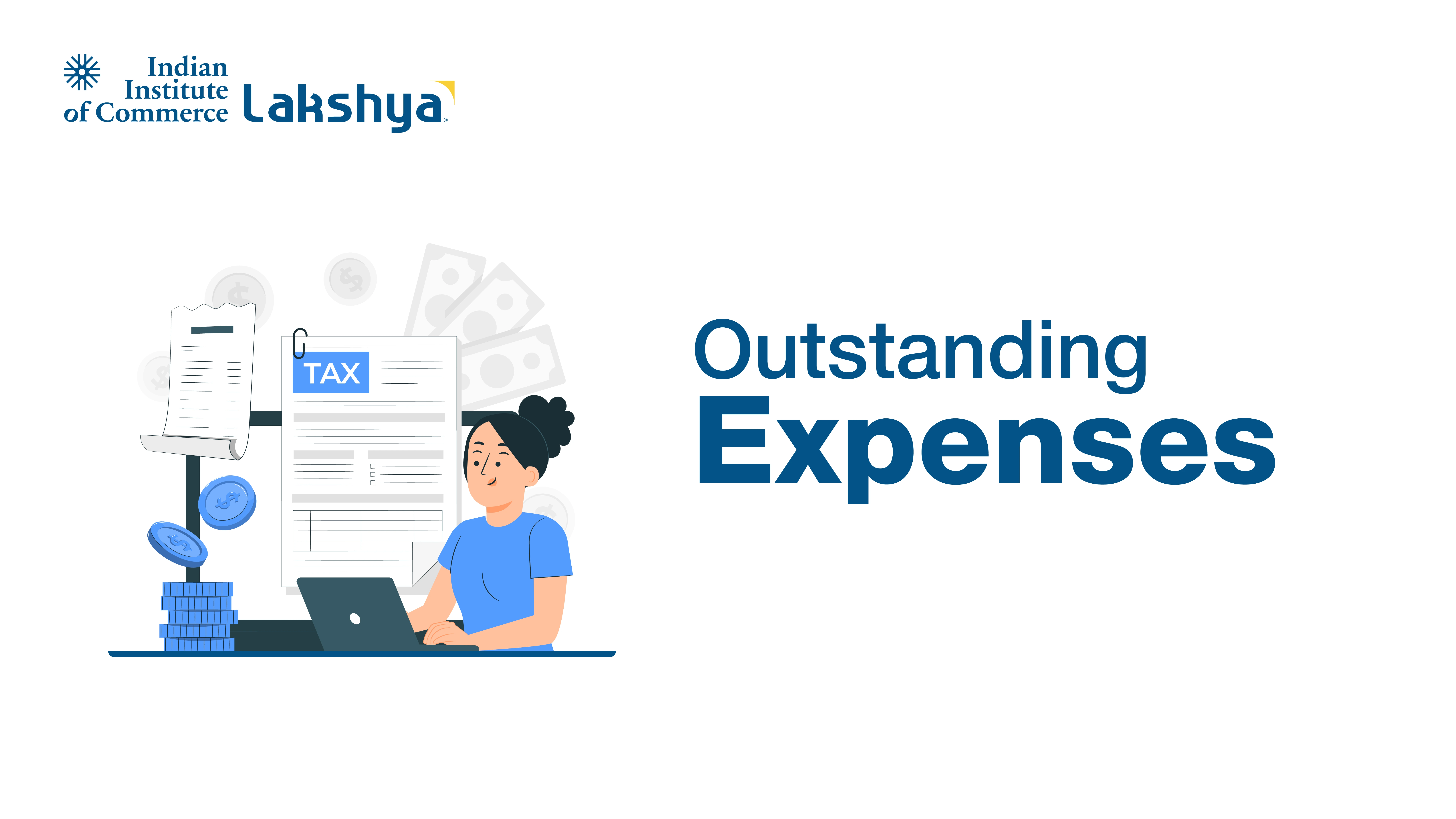





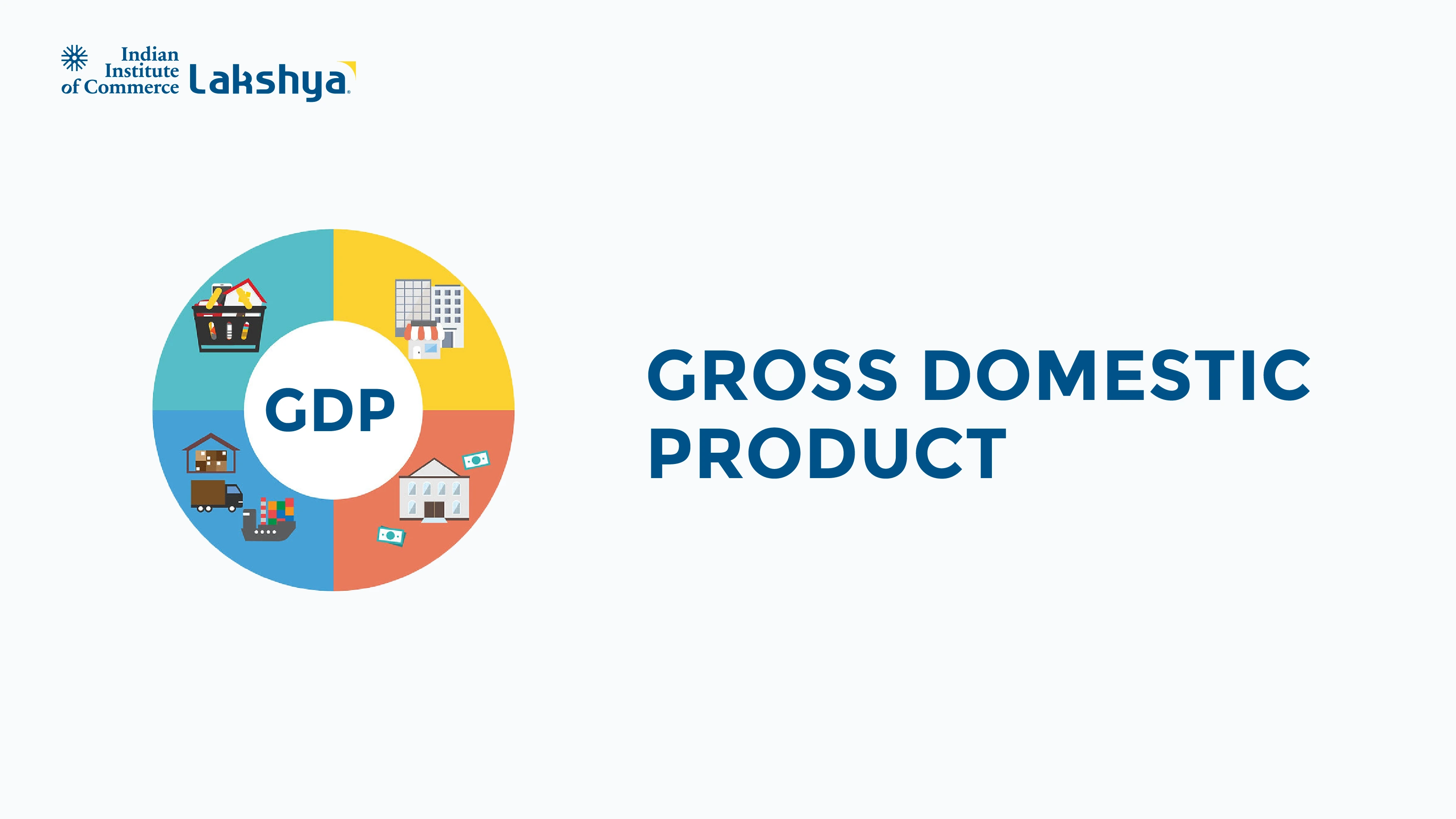
.webp)
